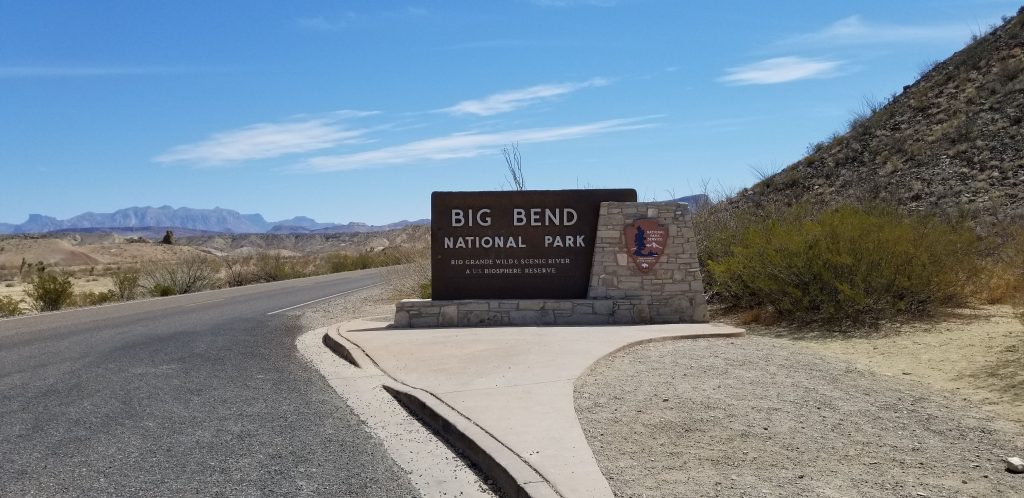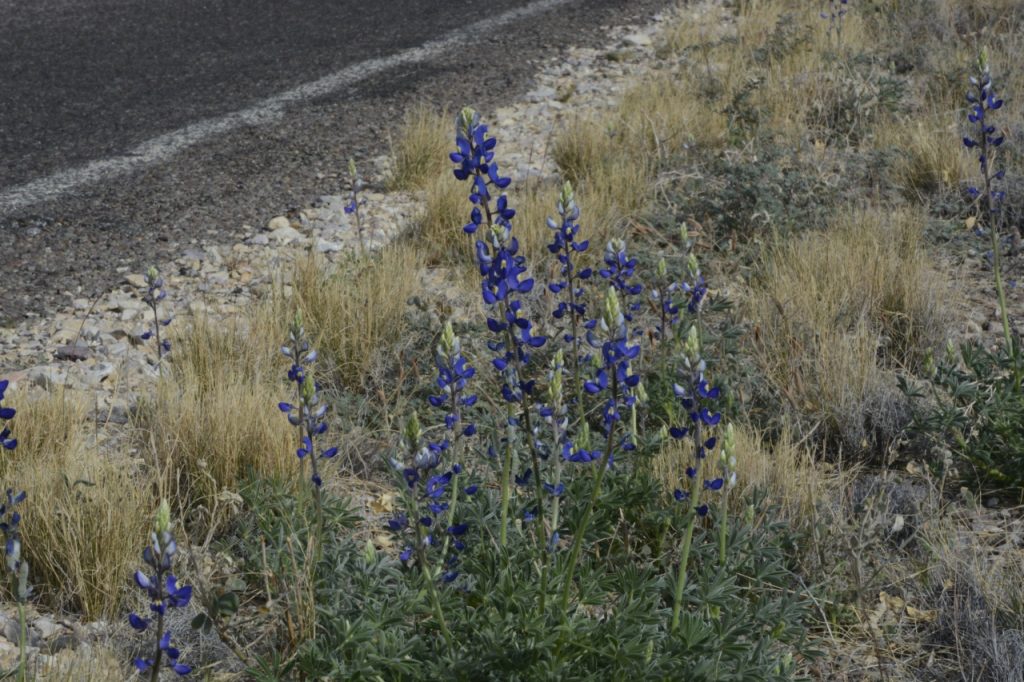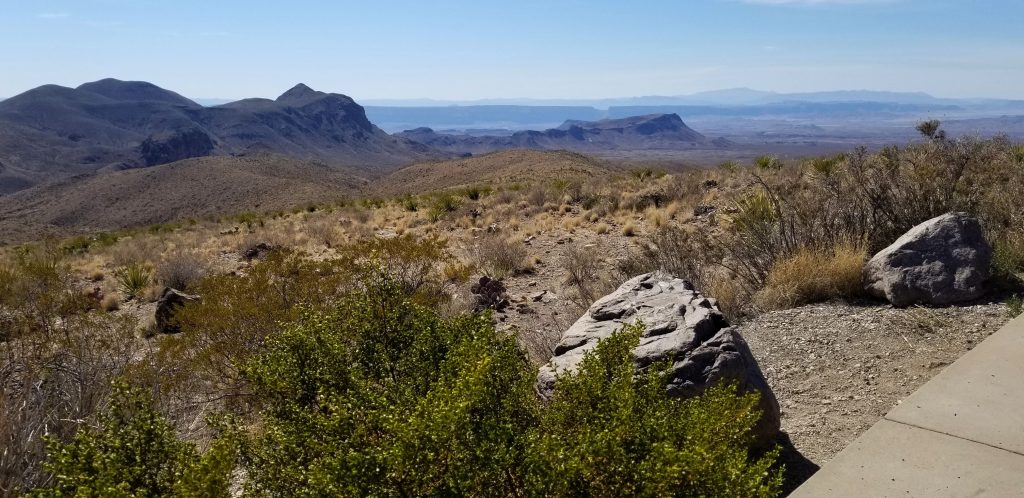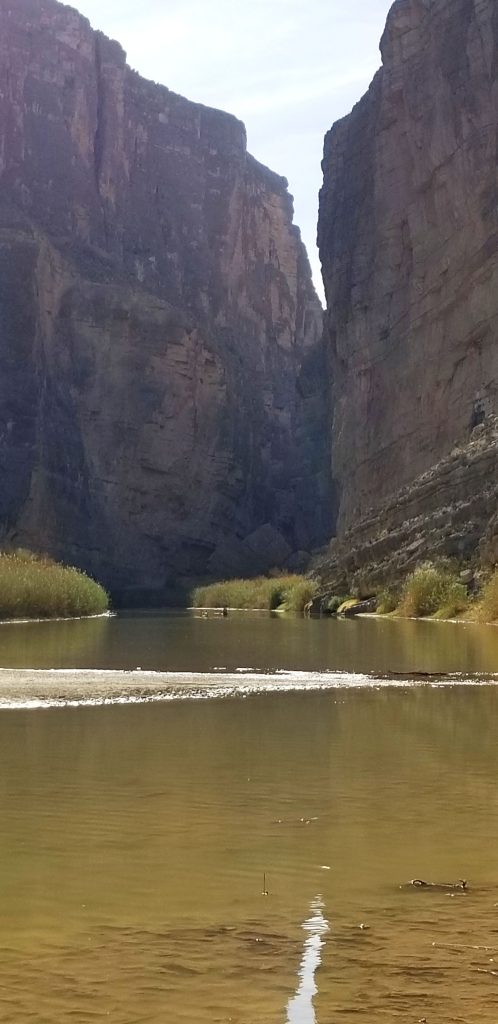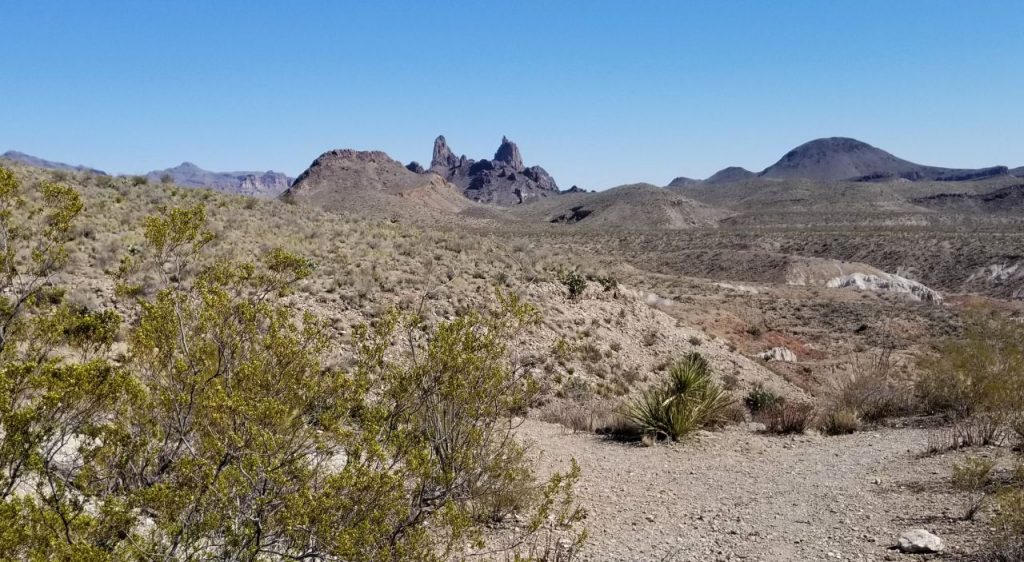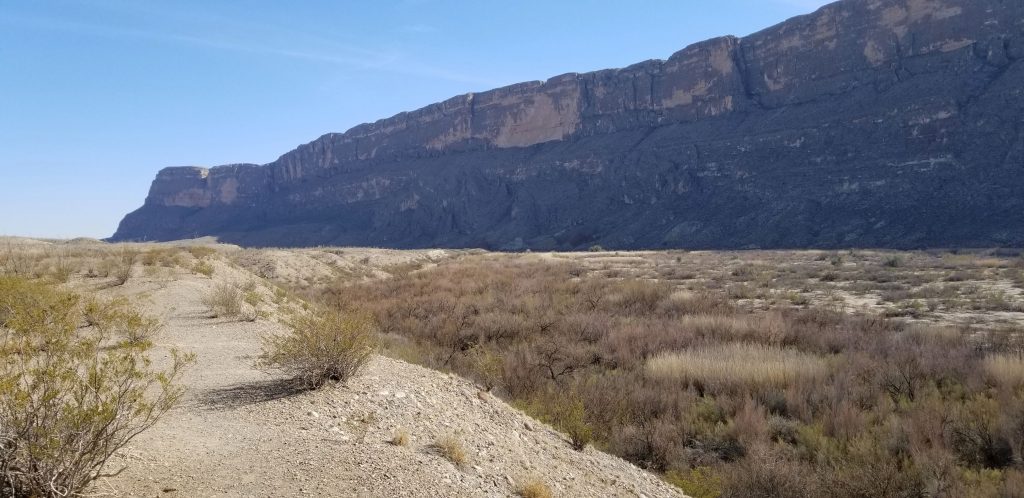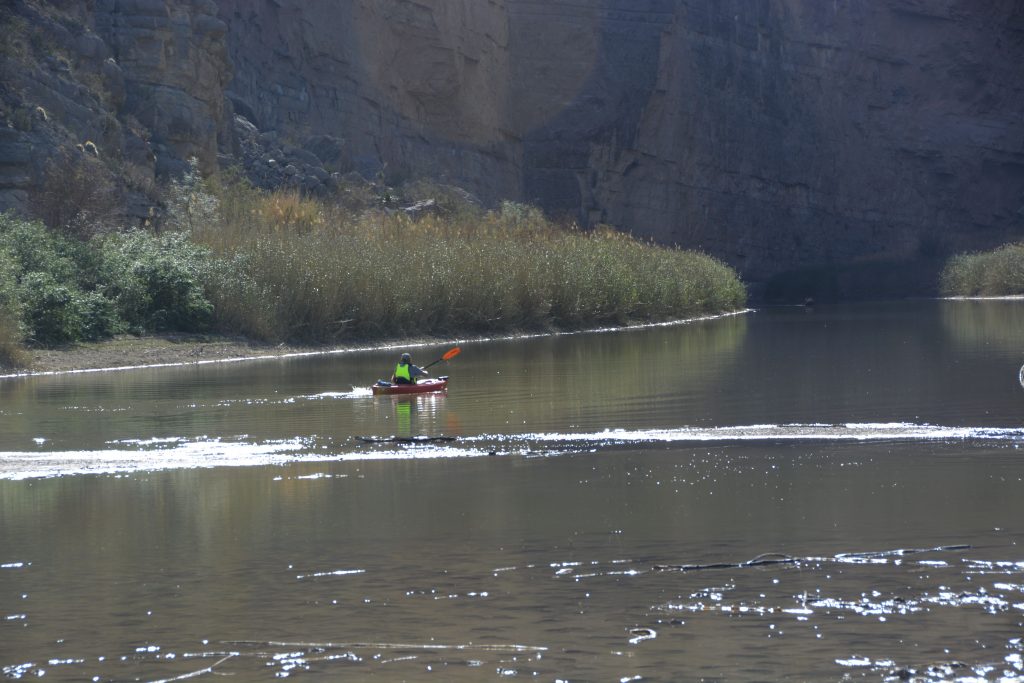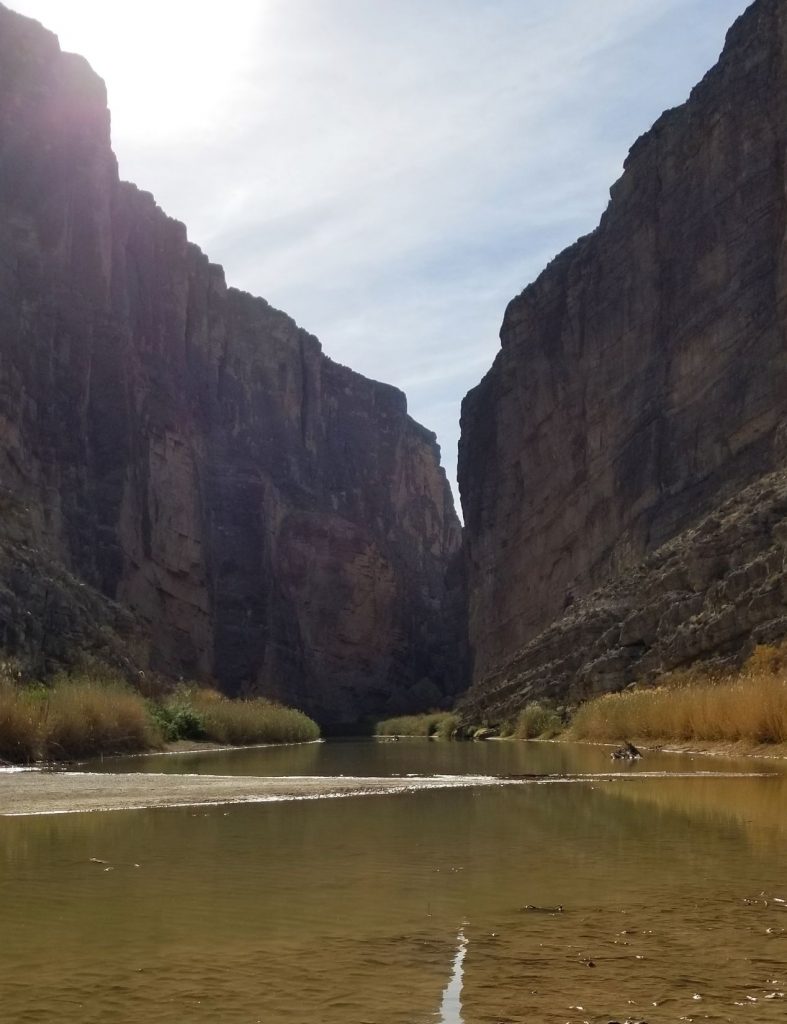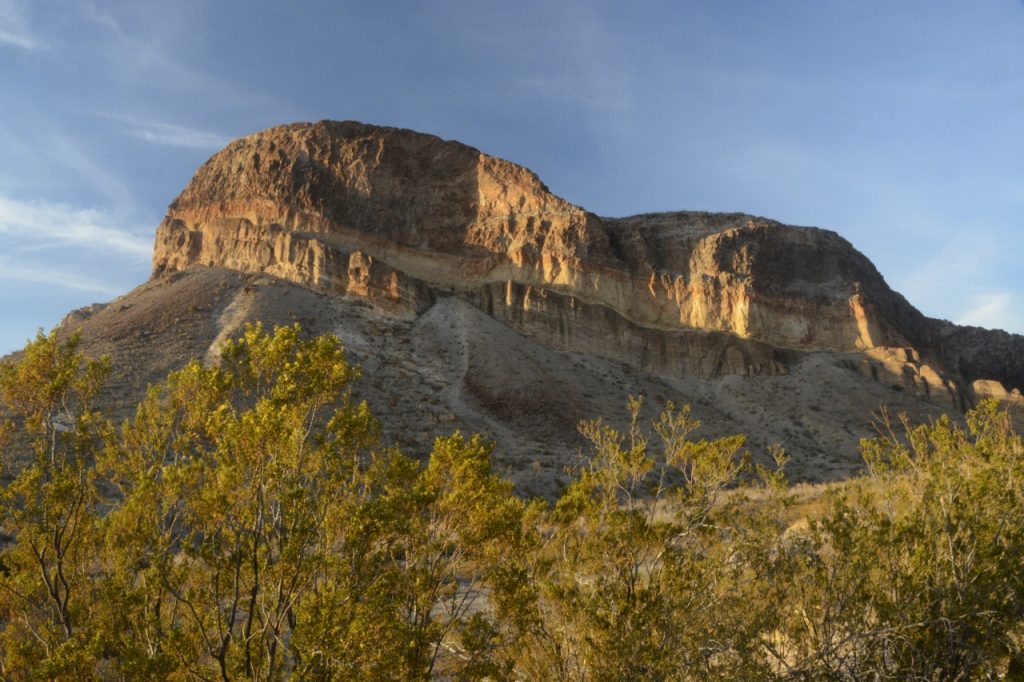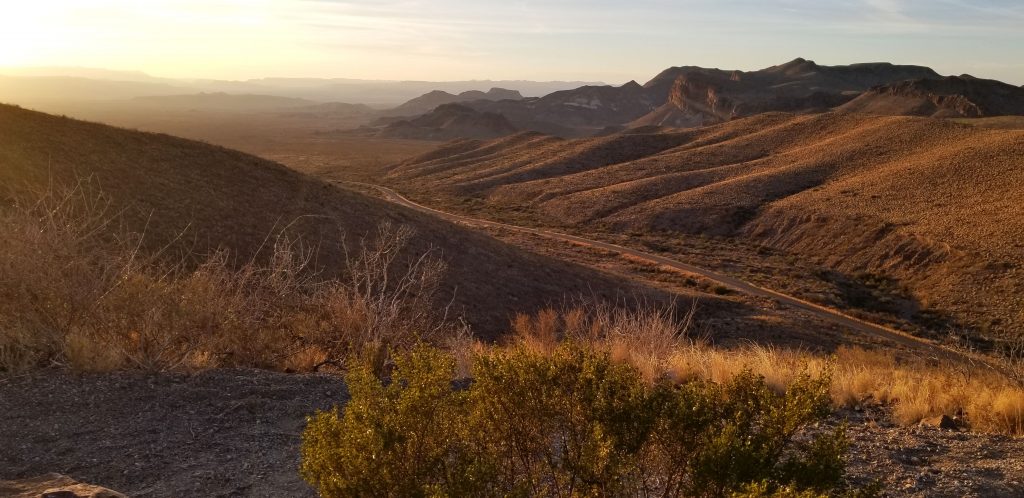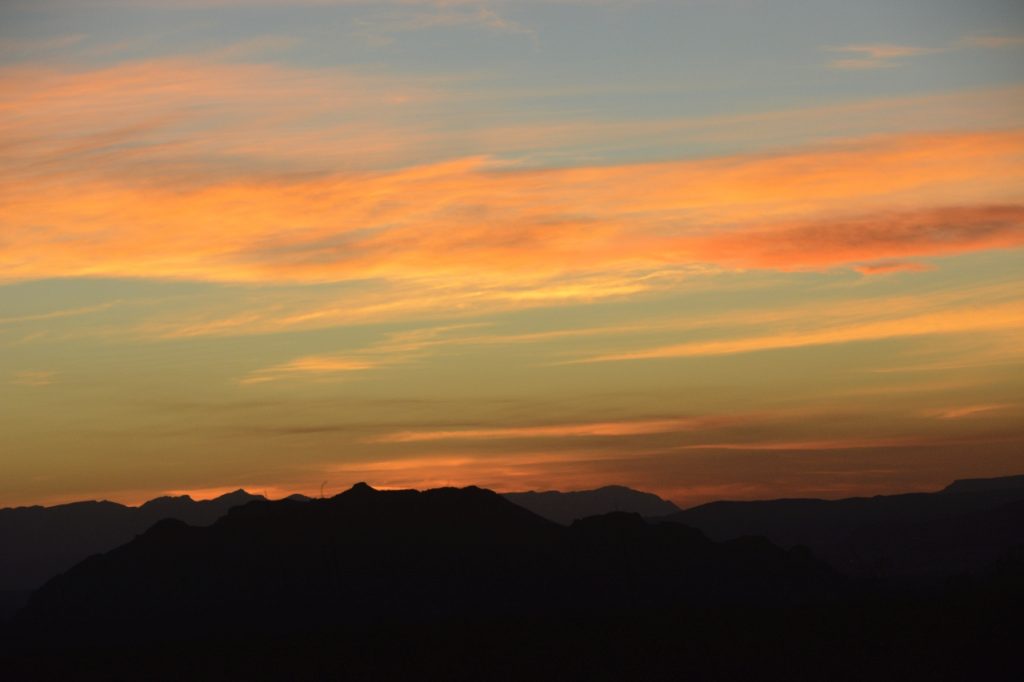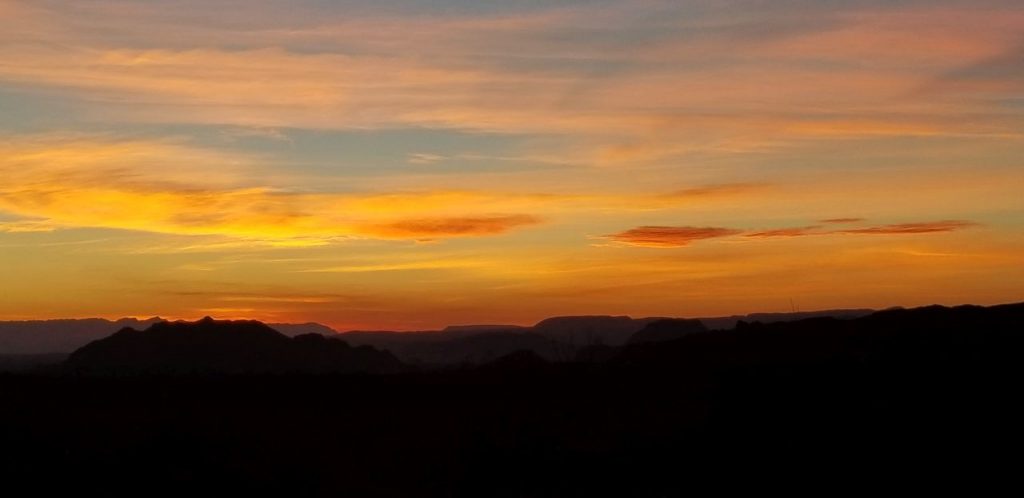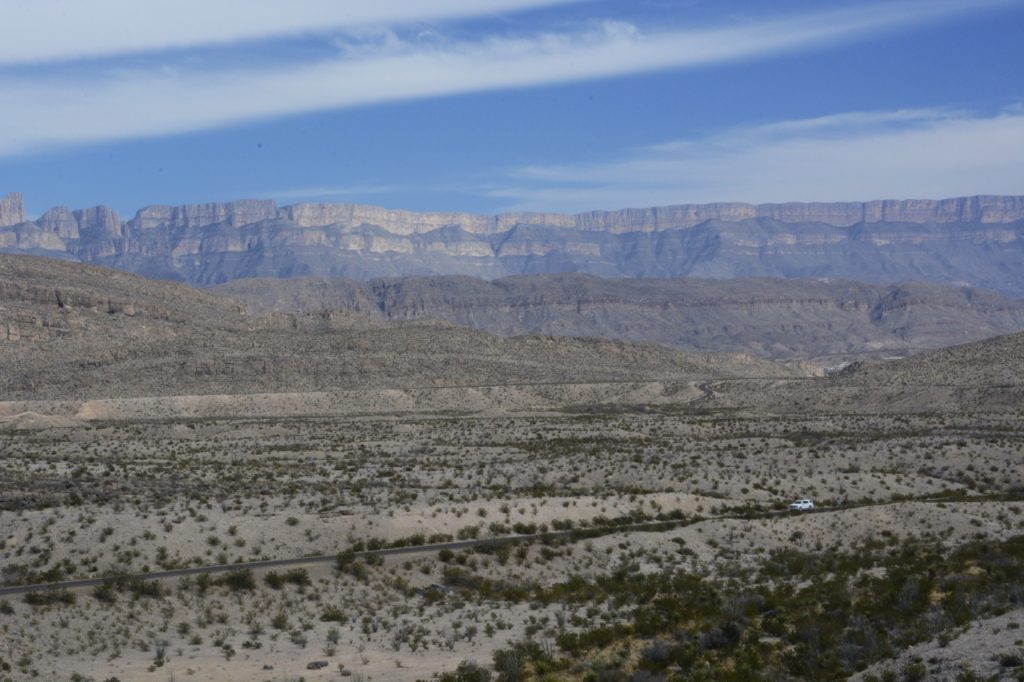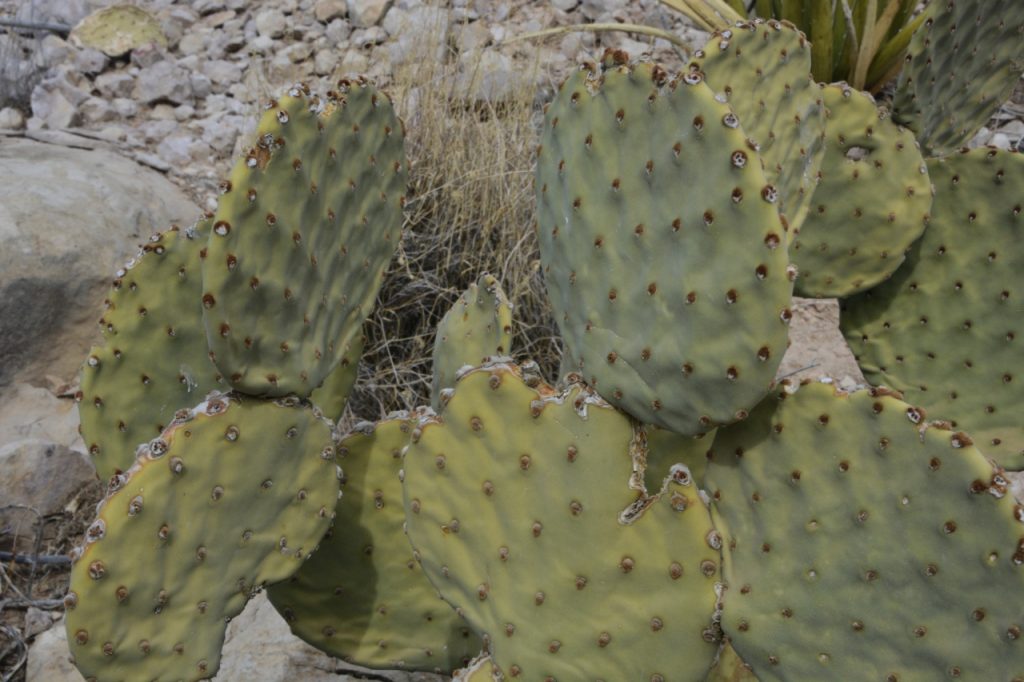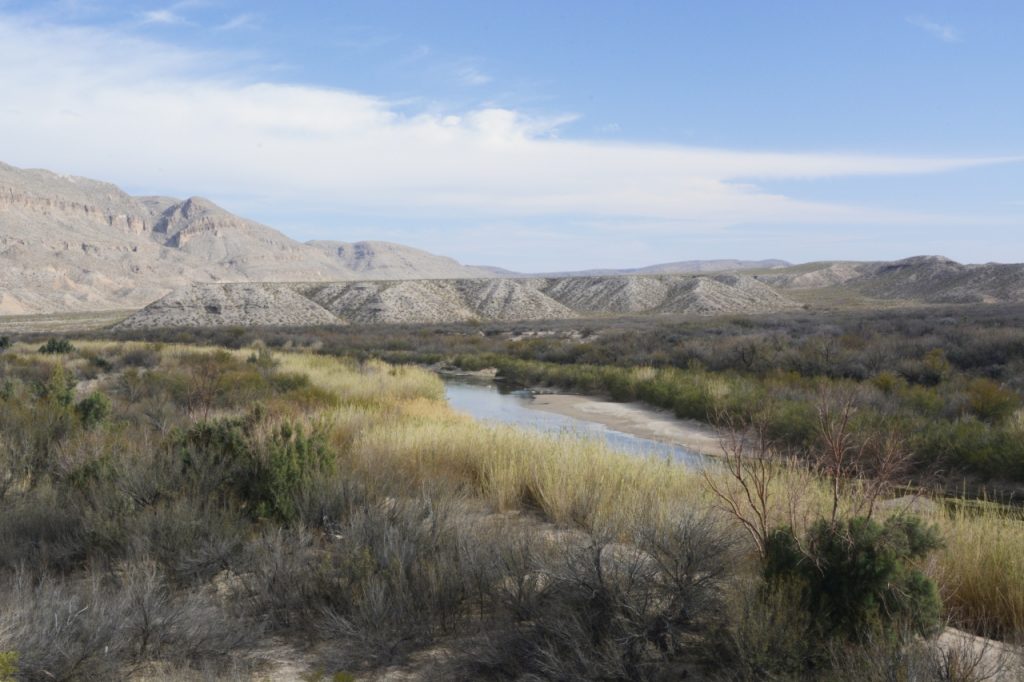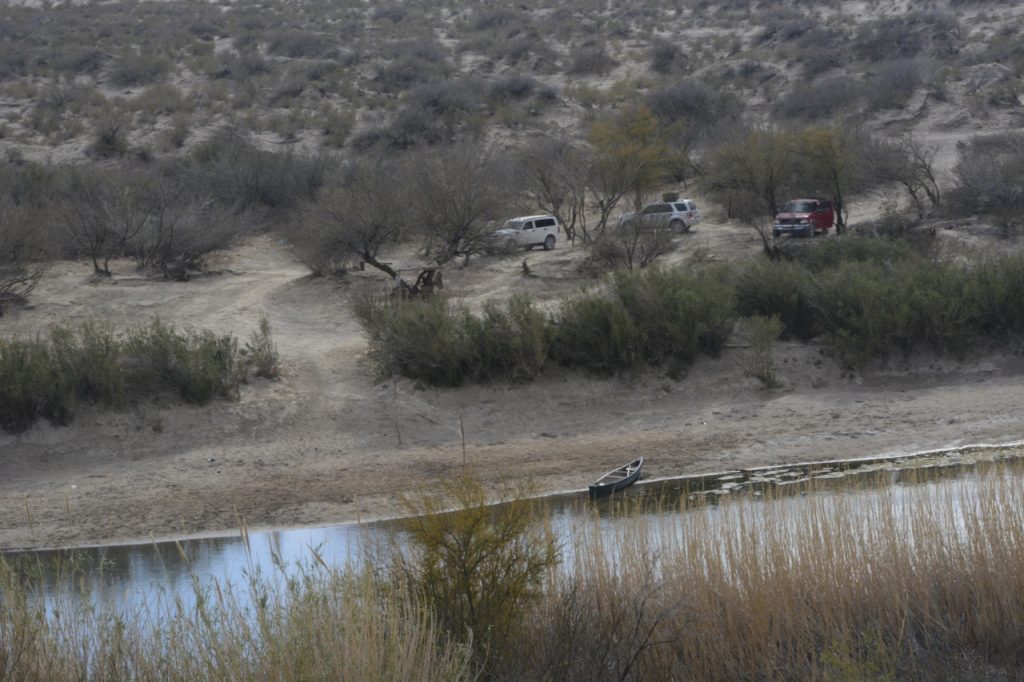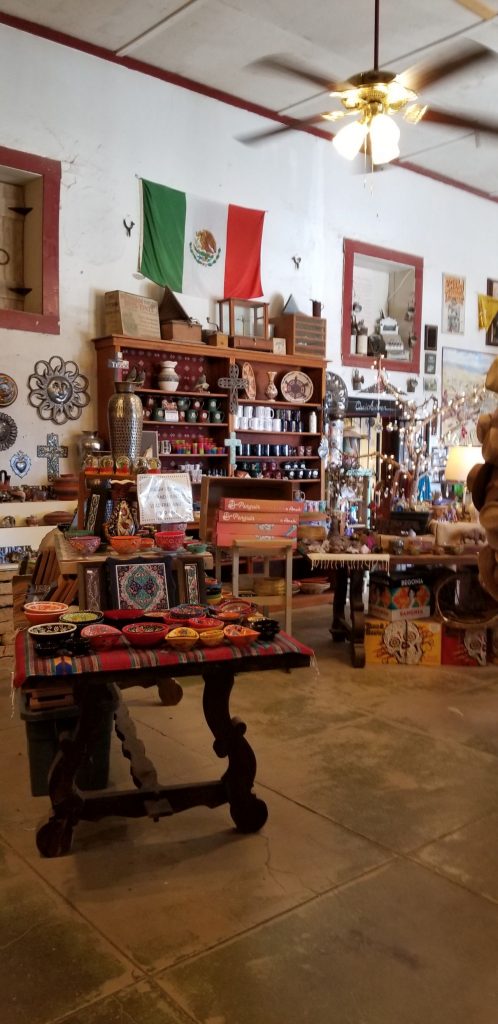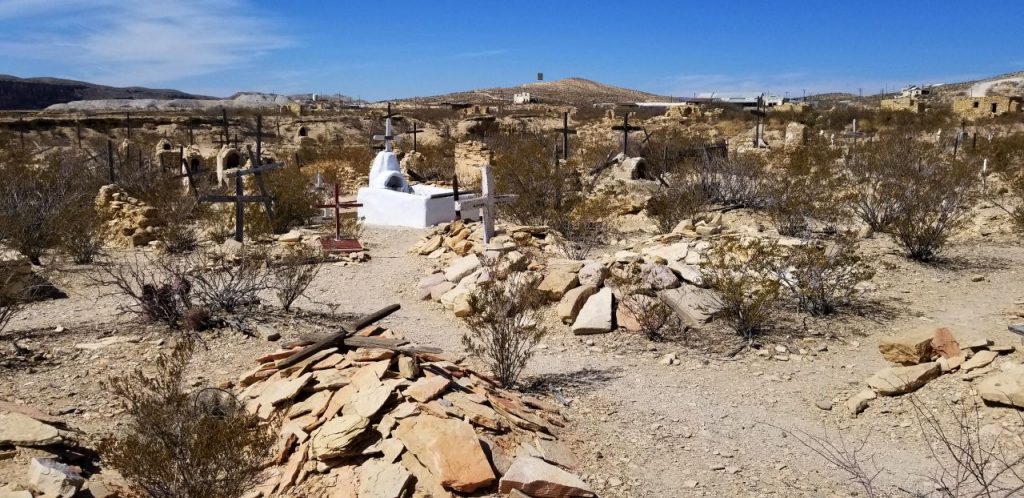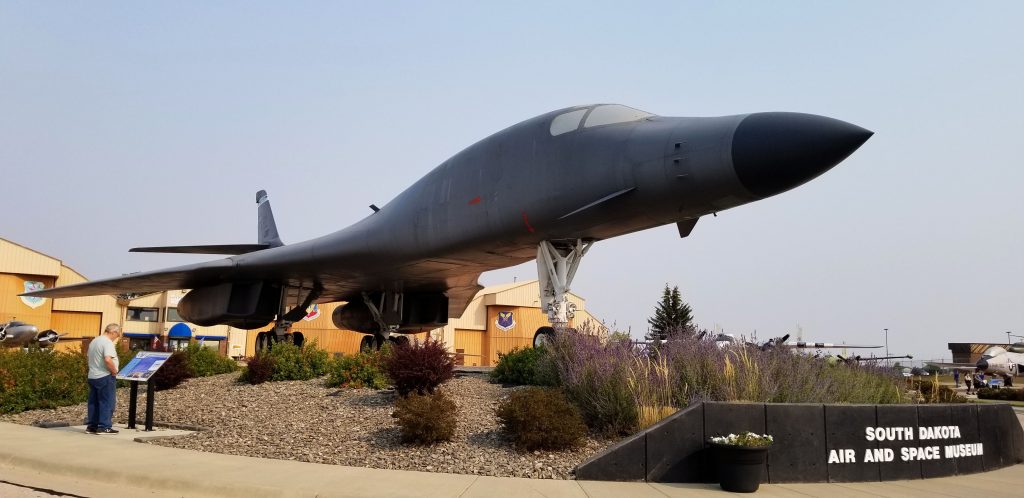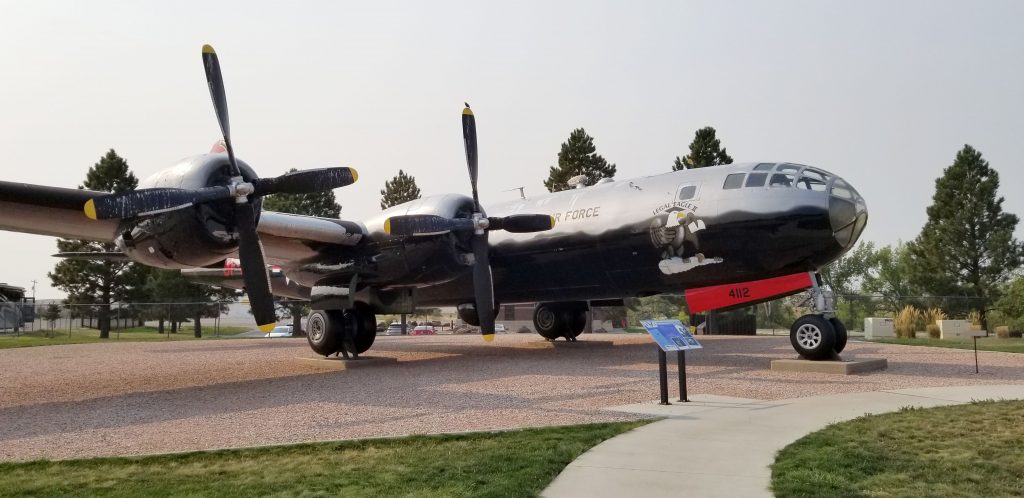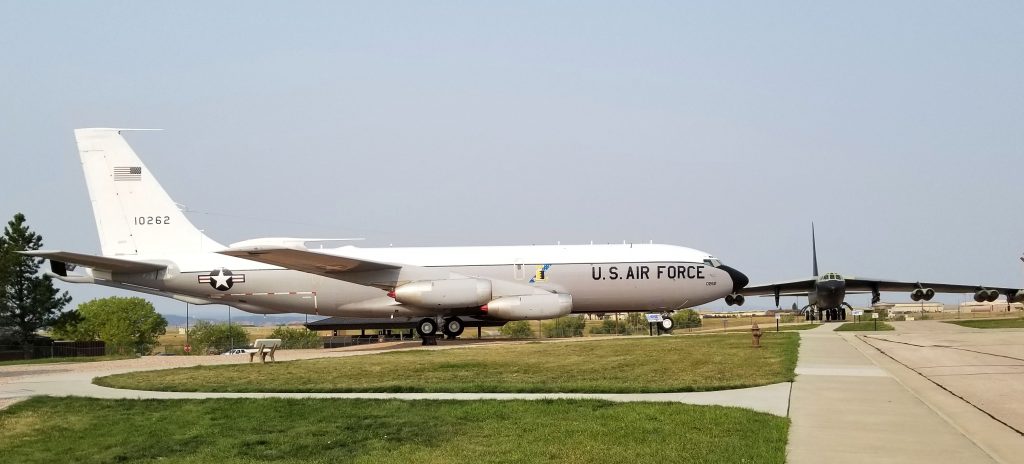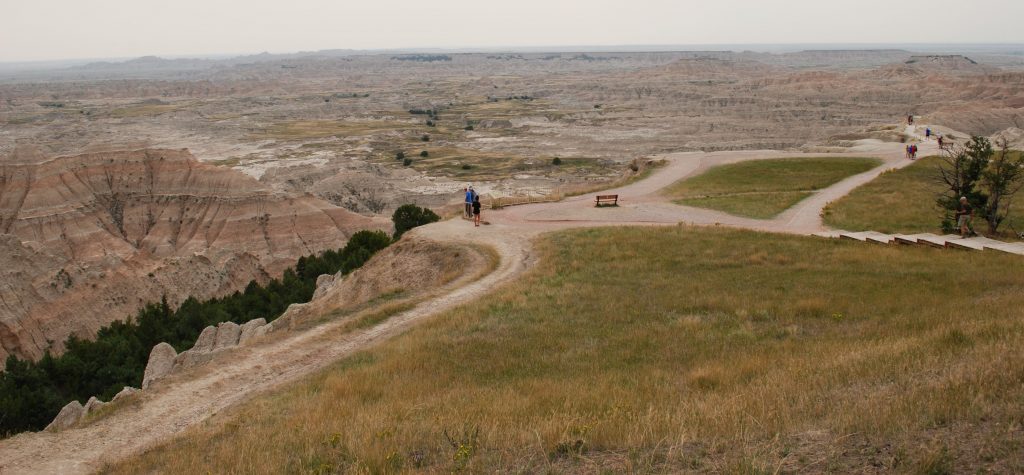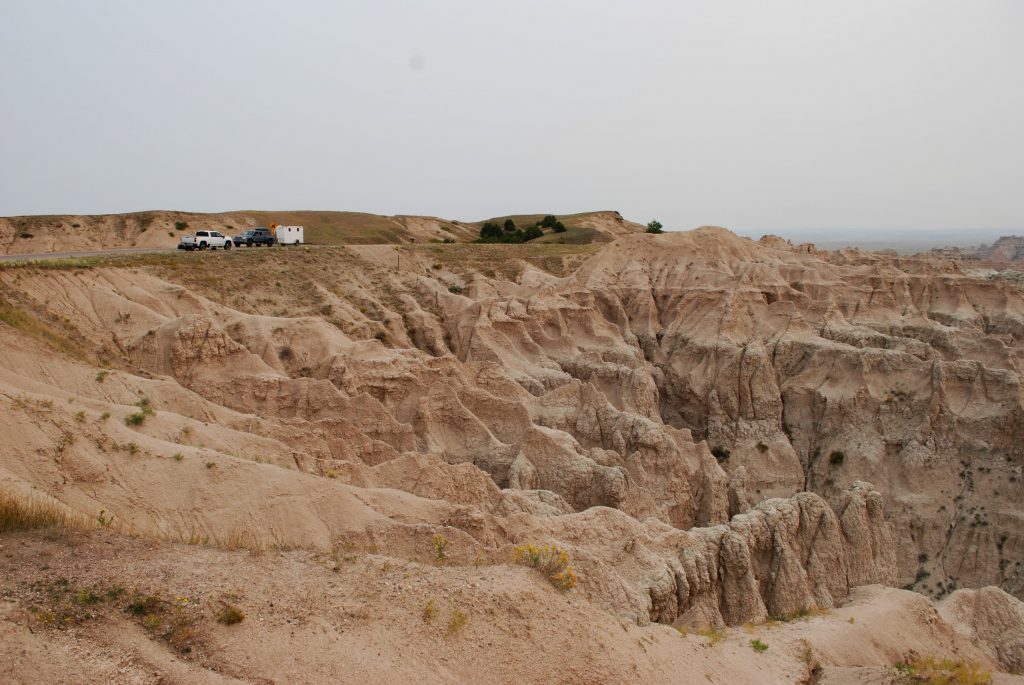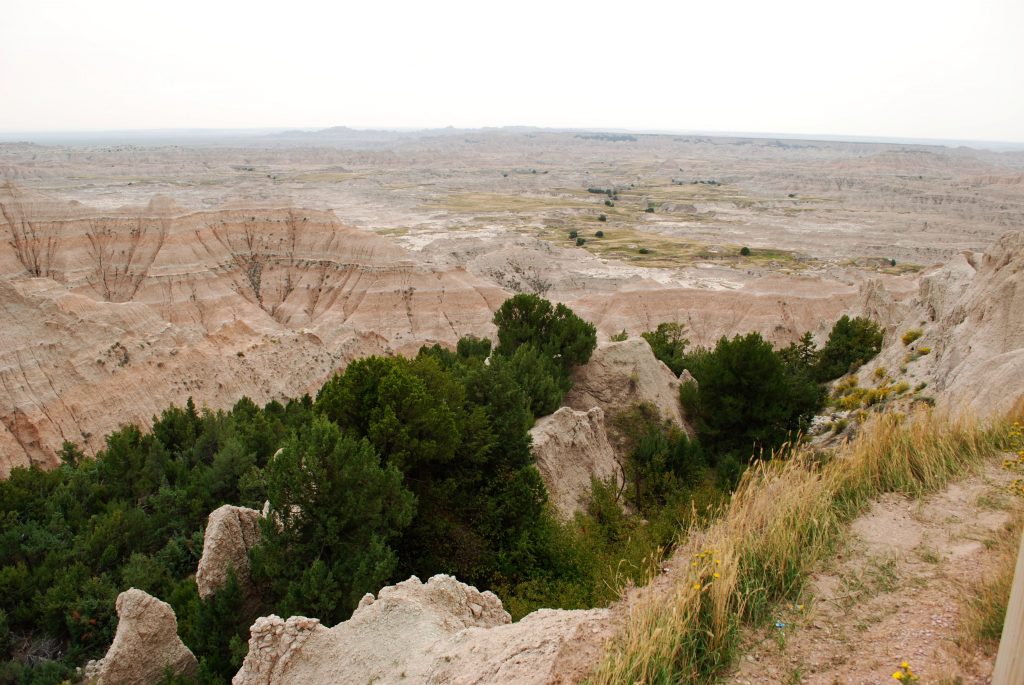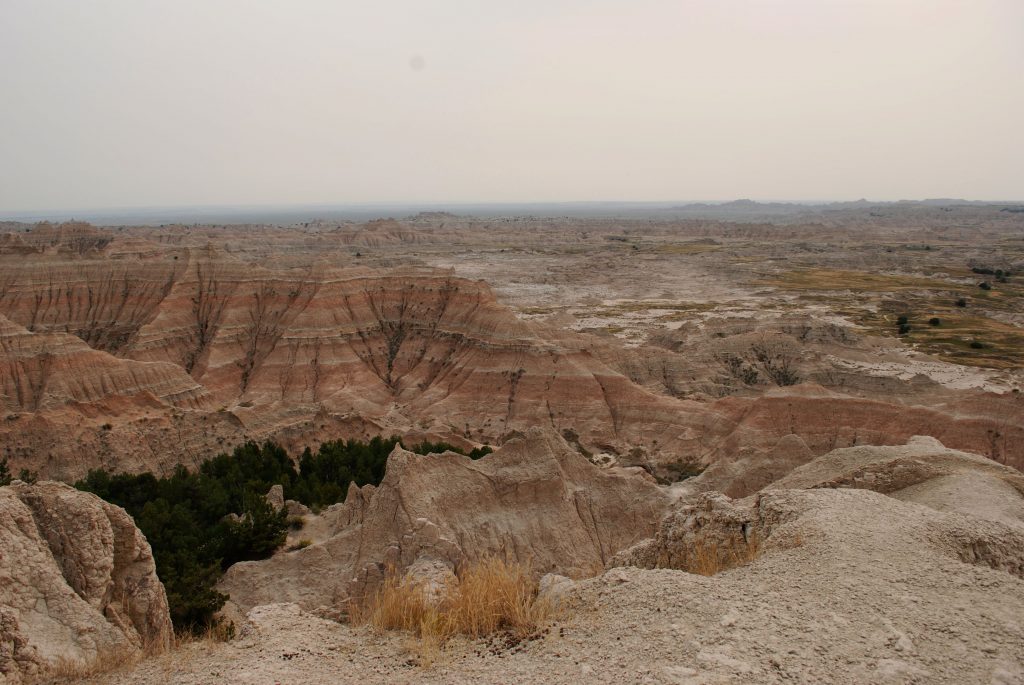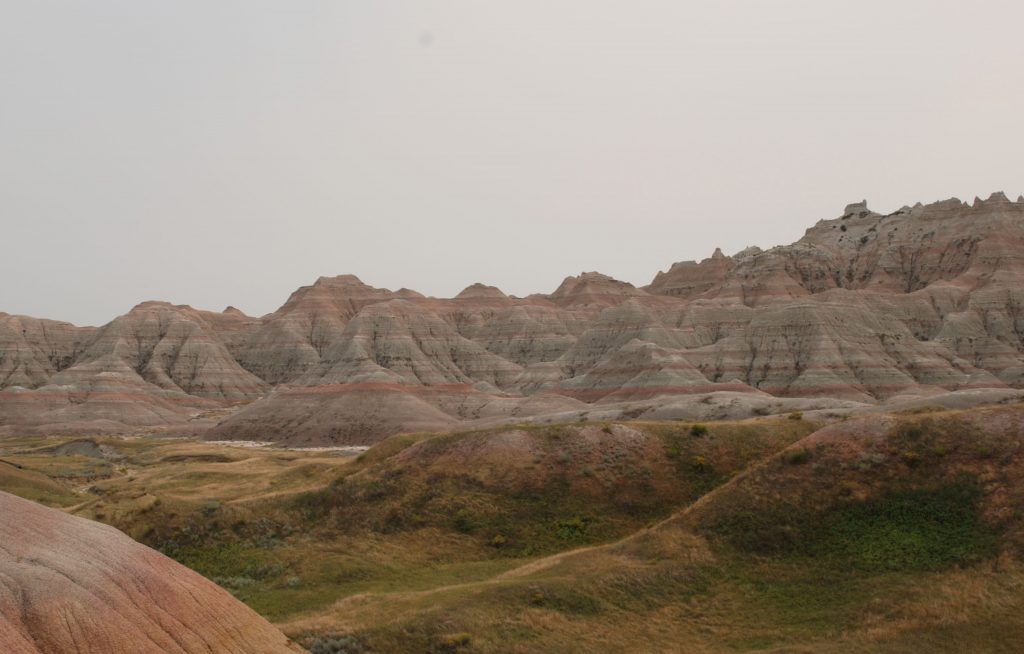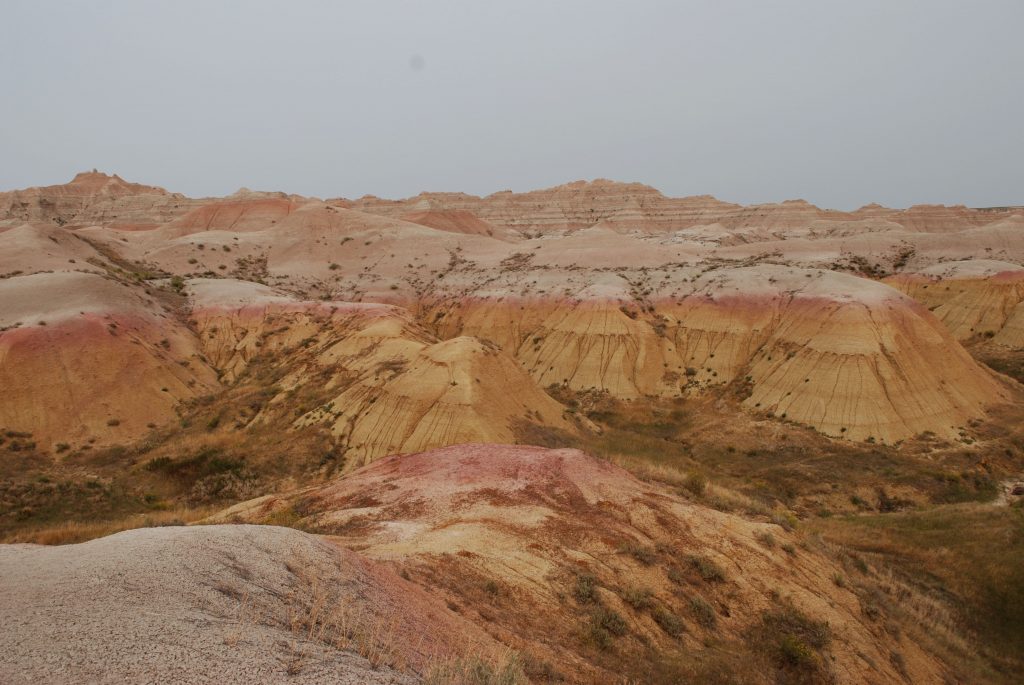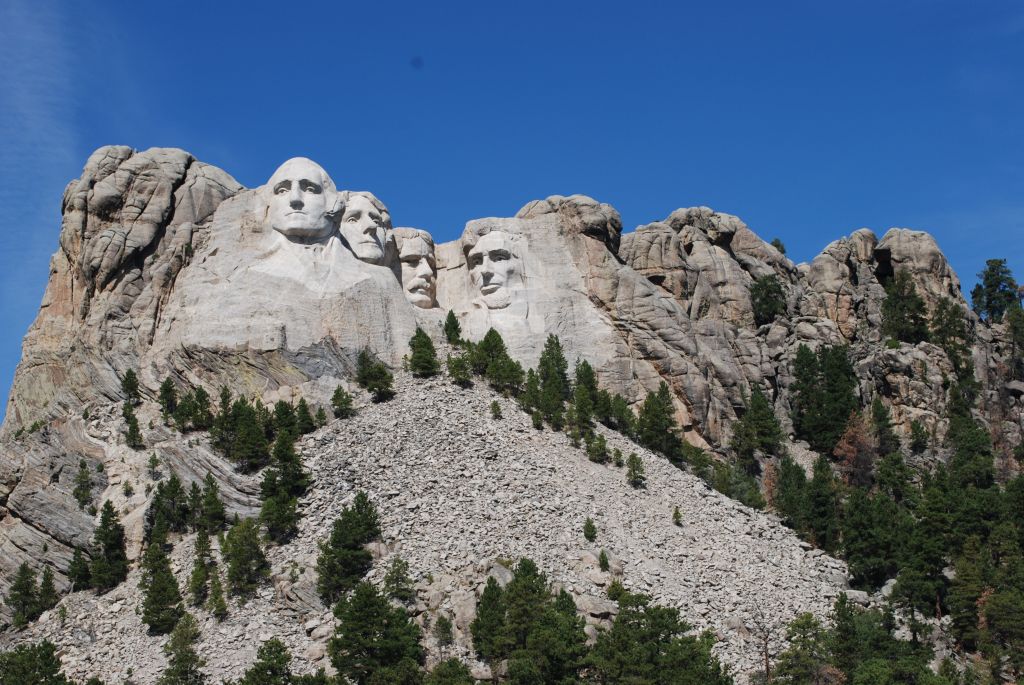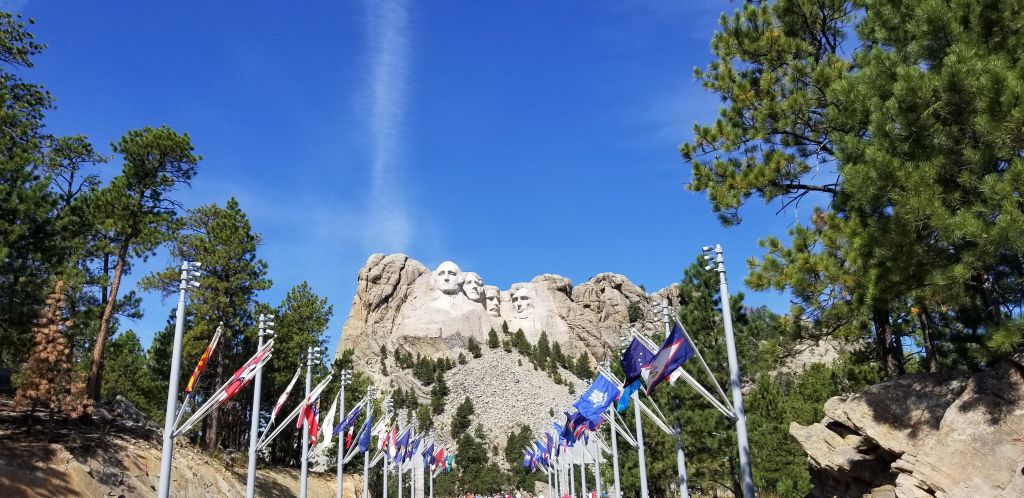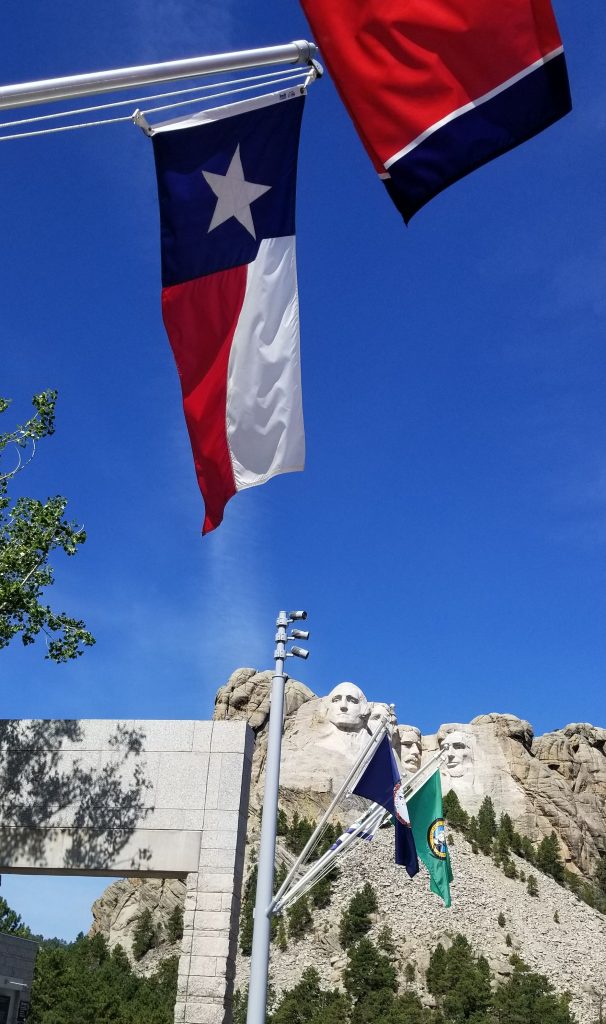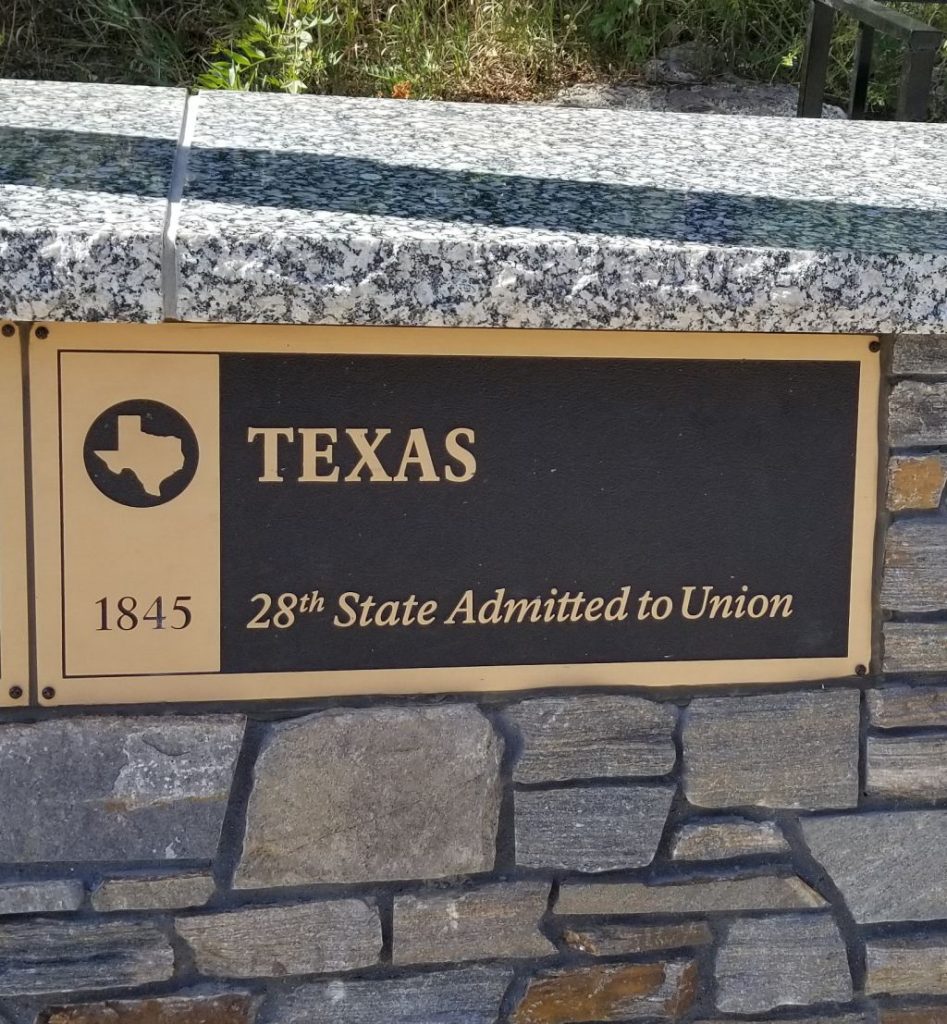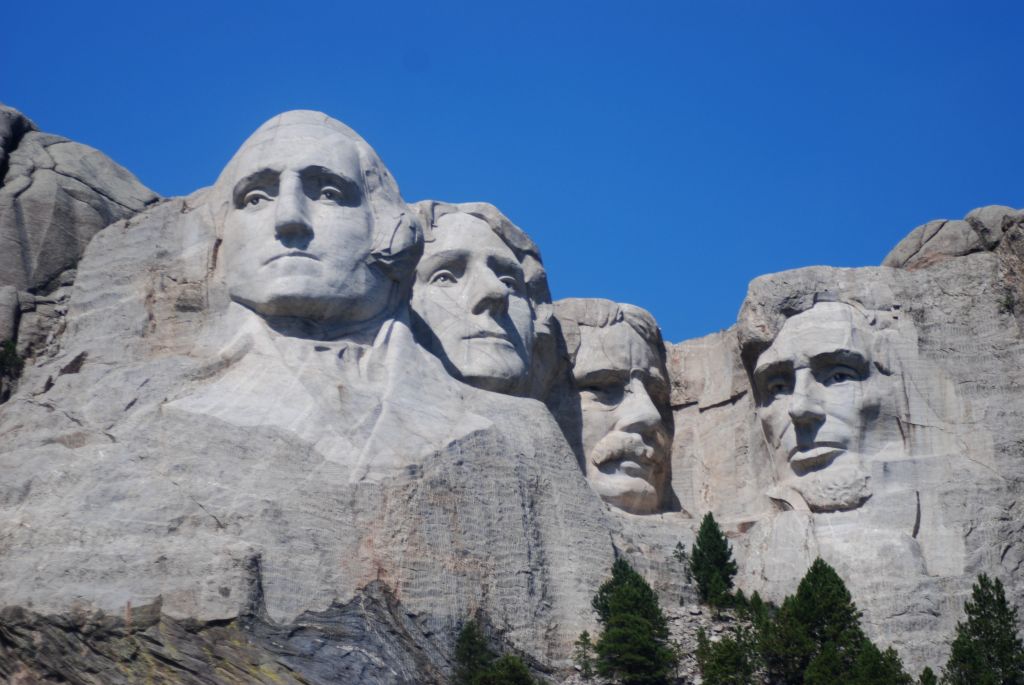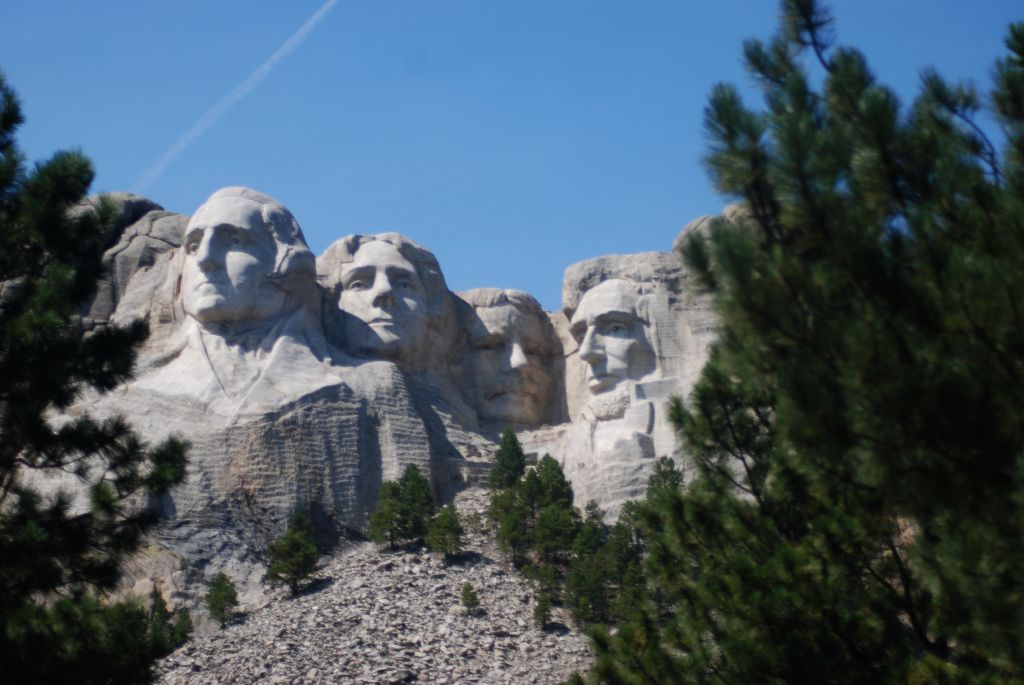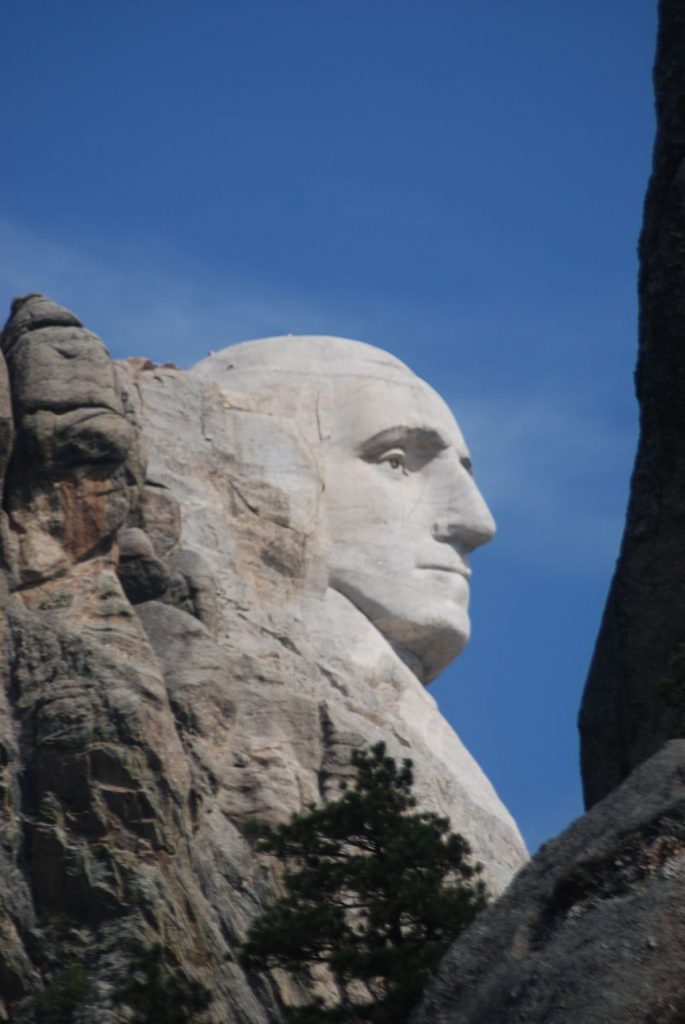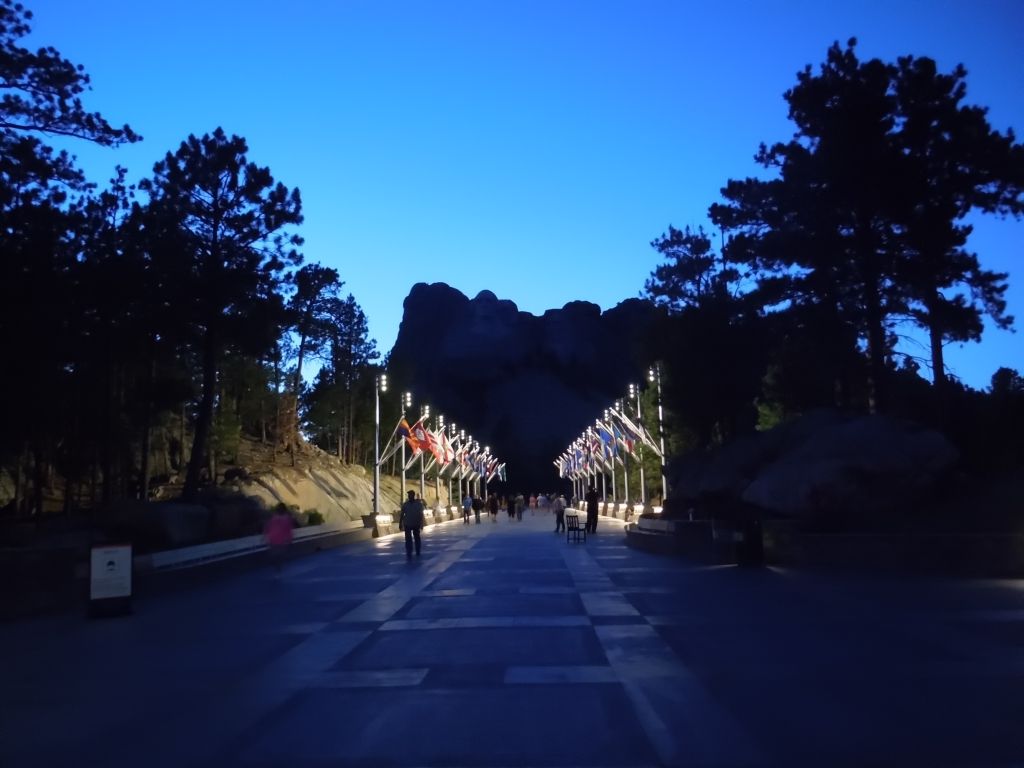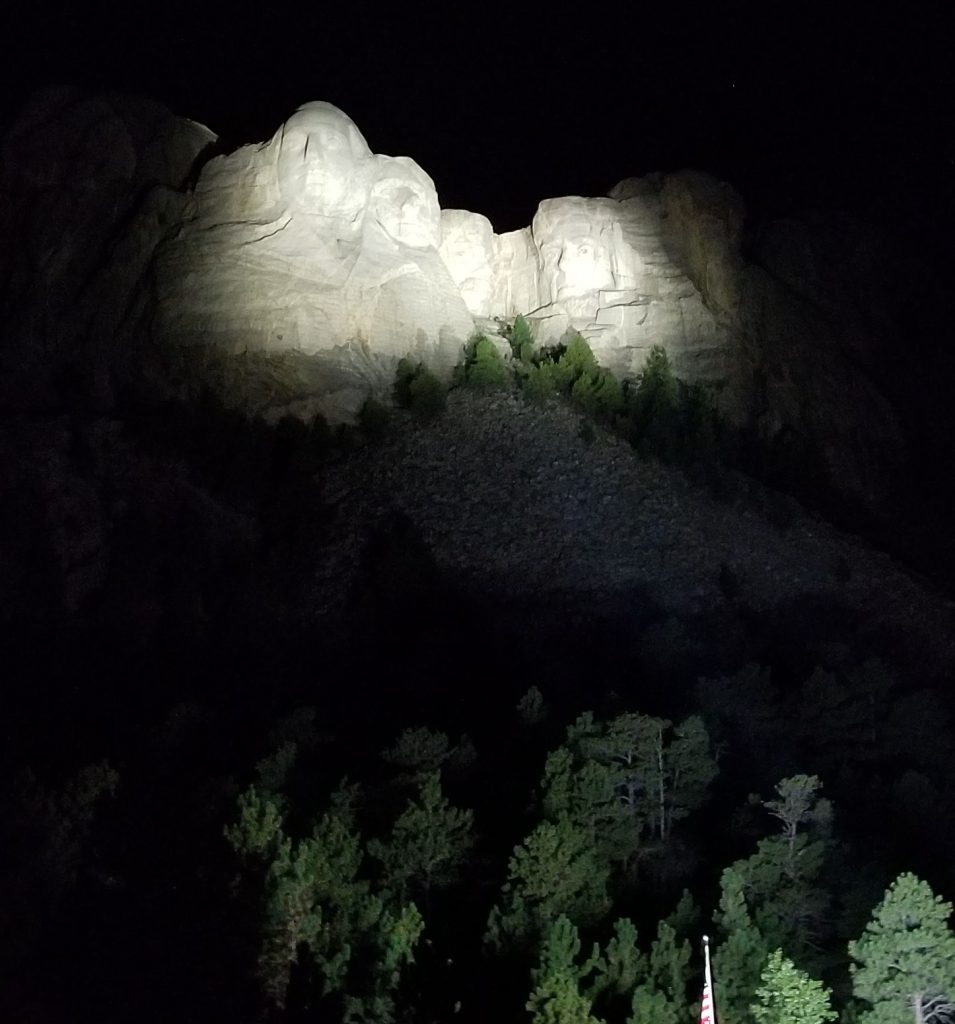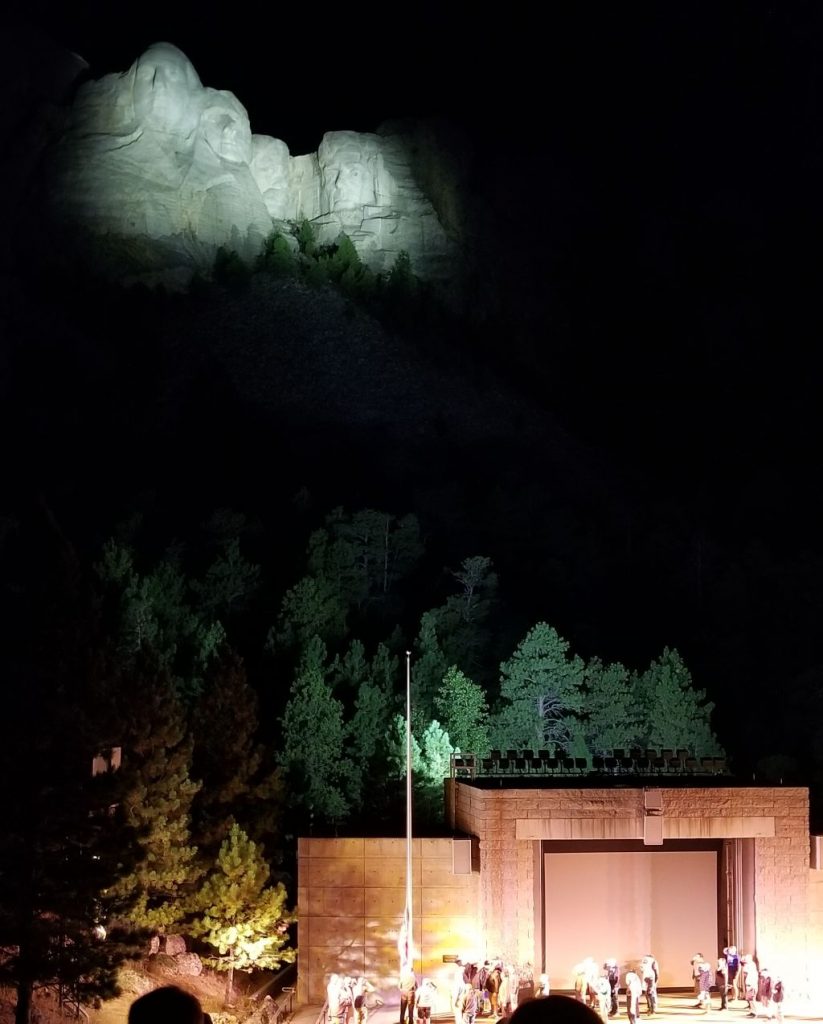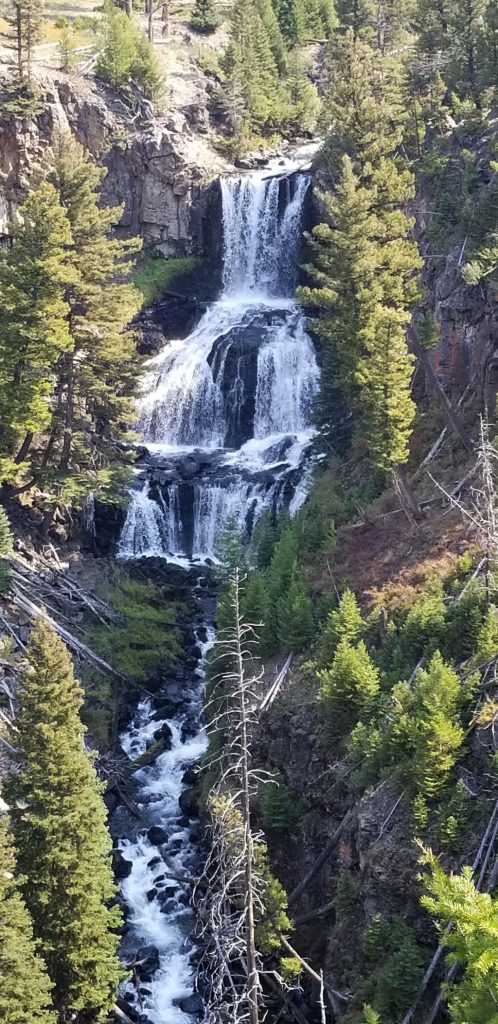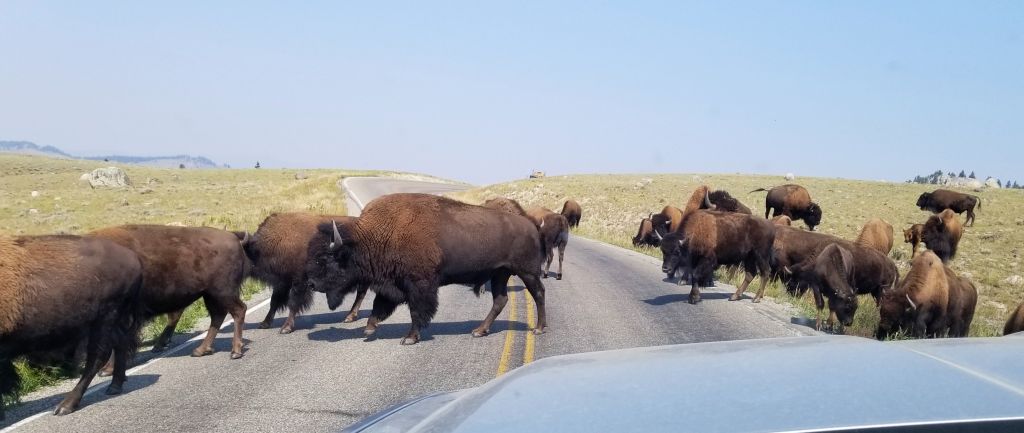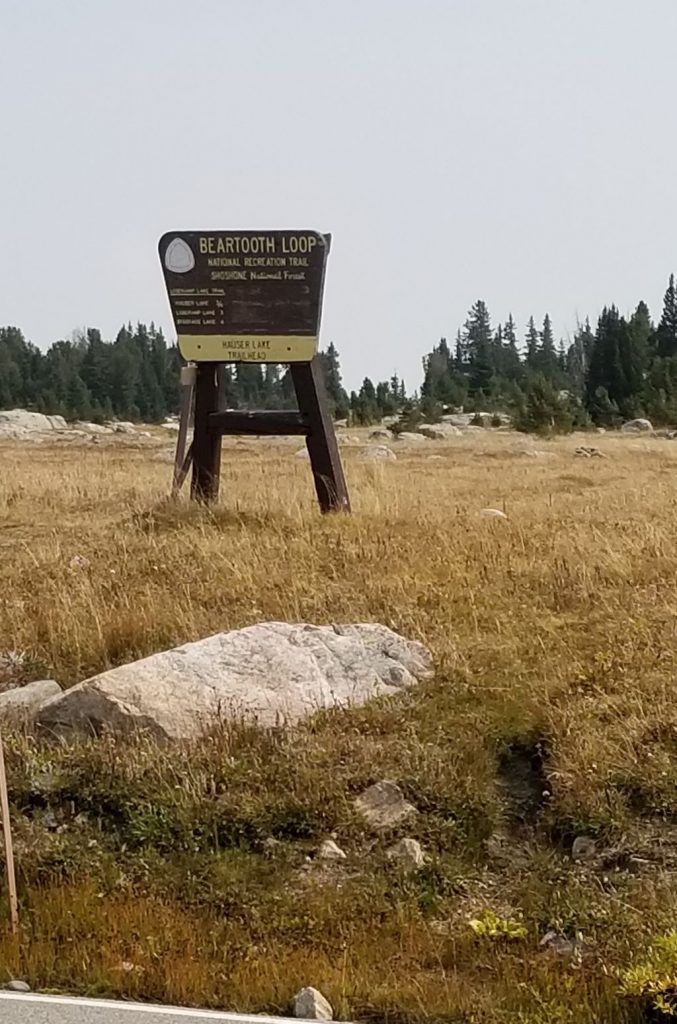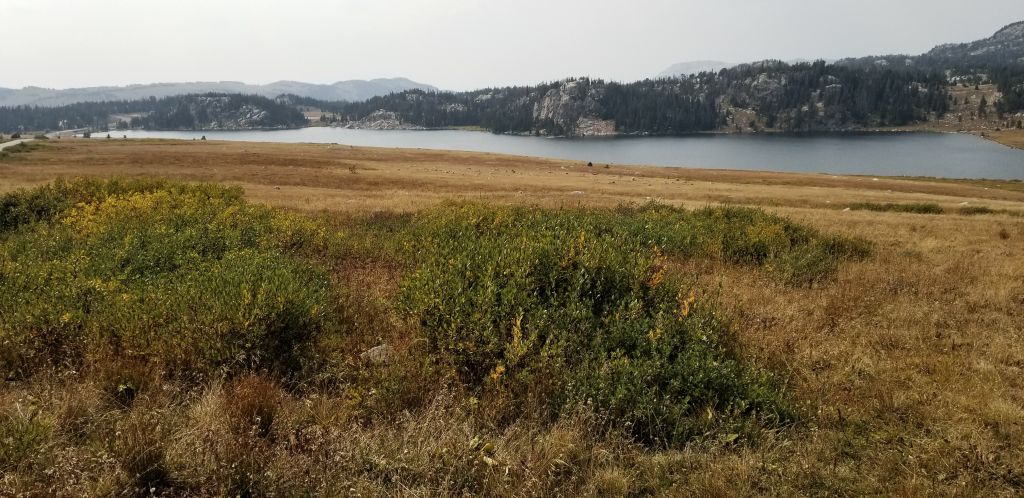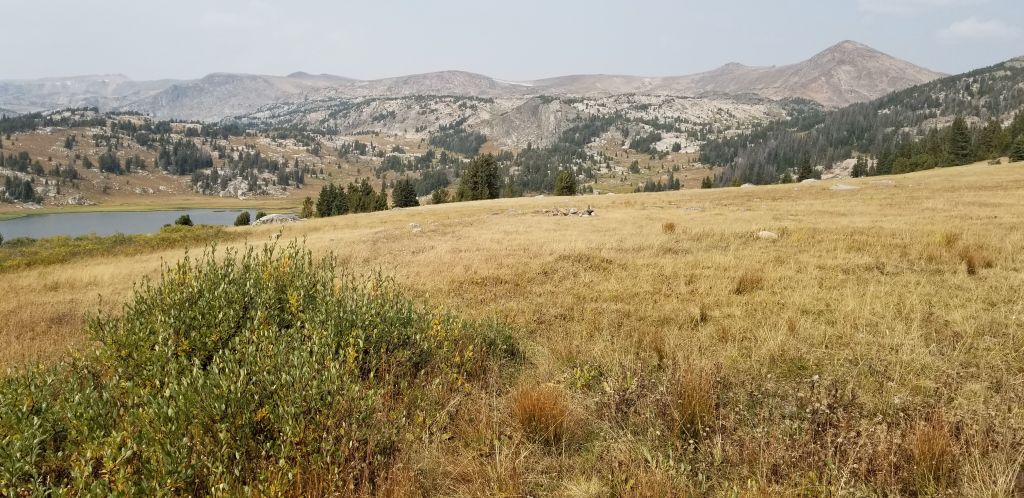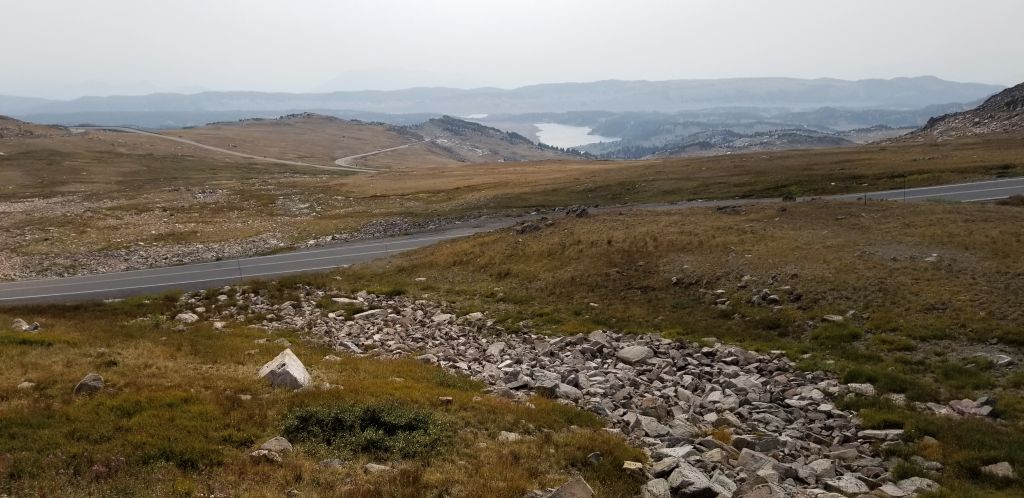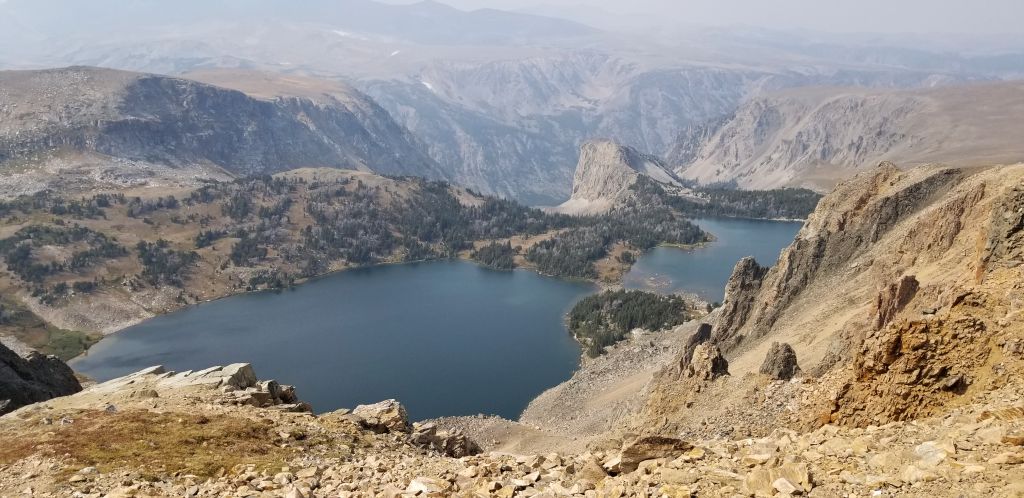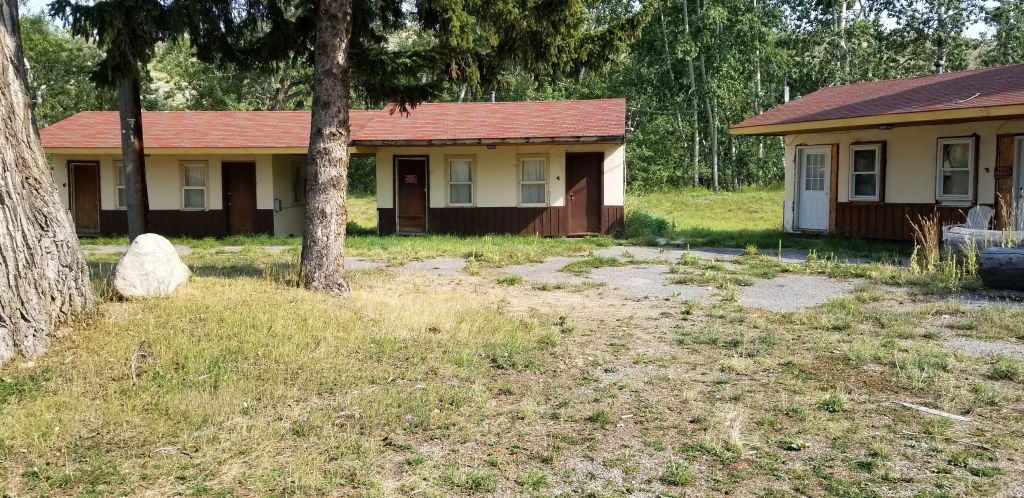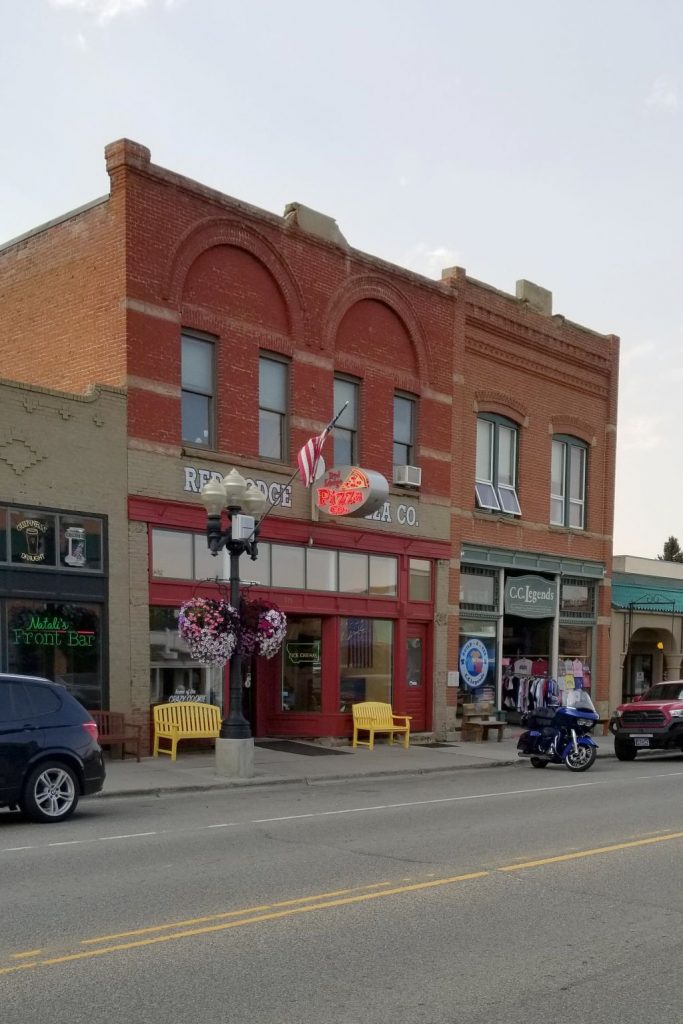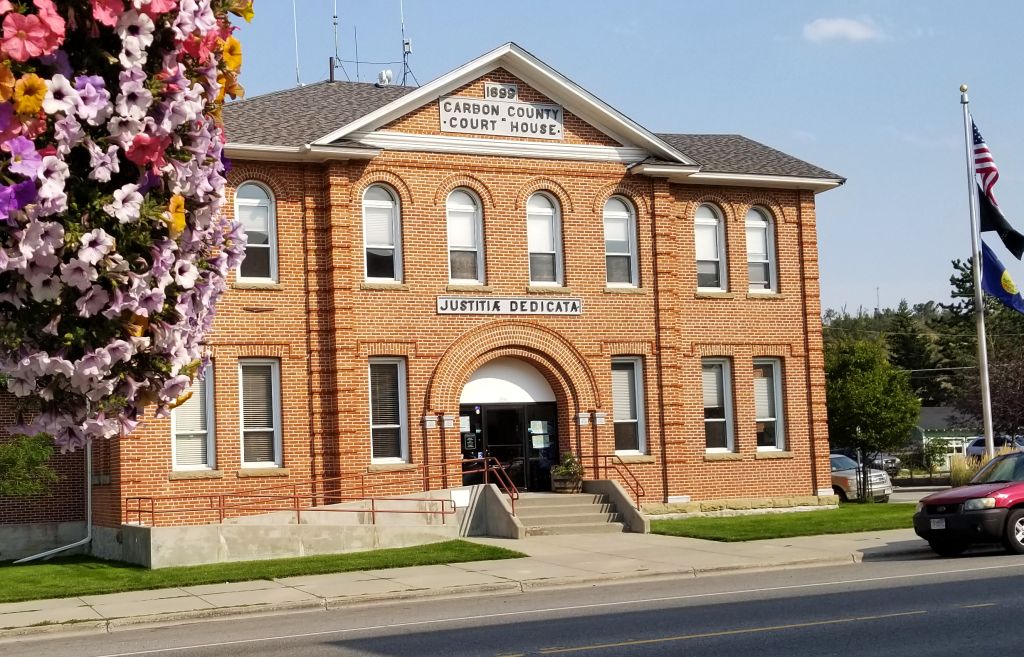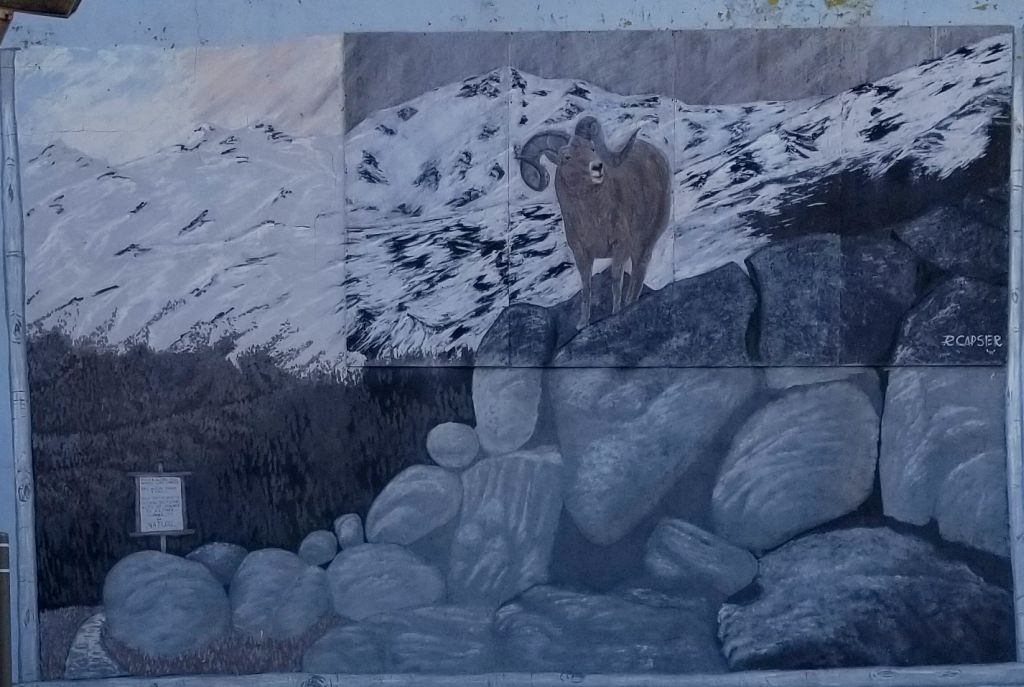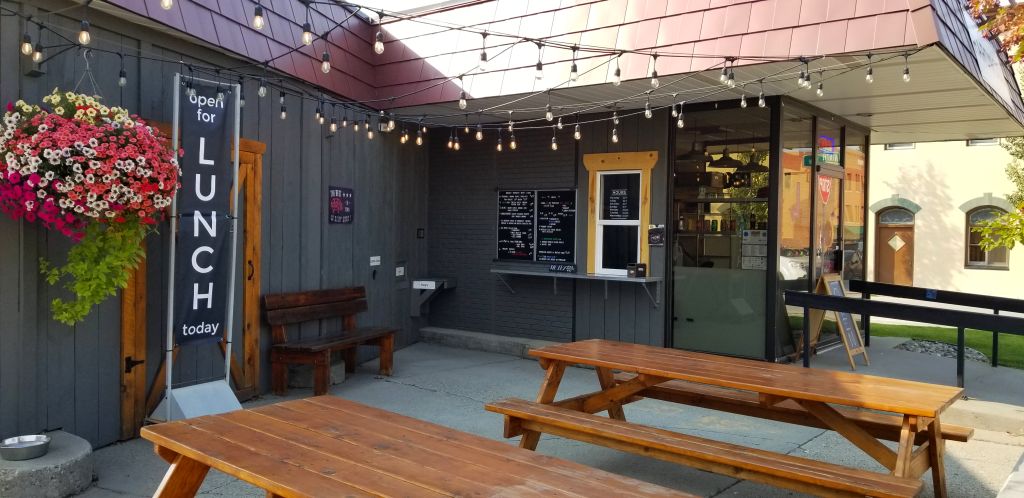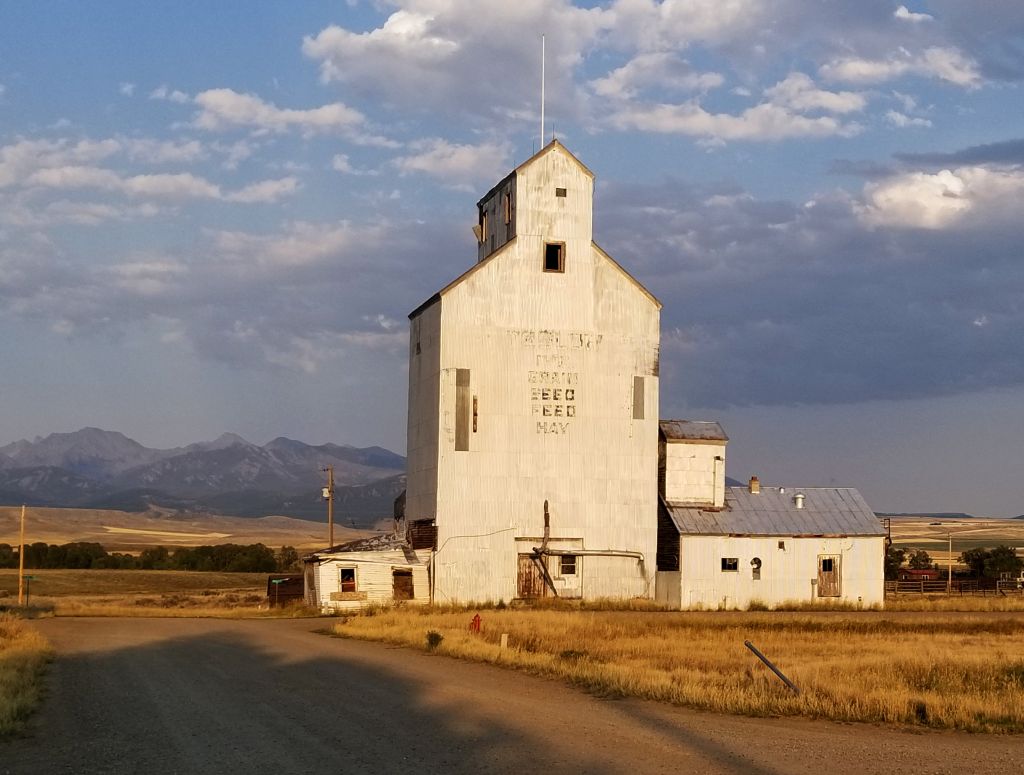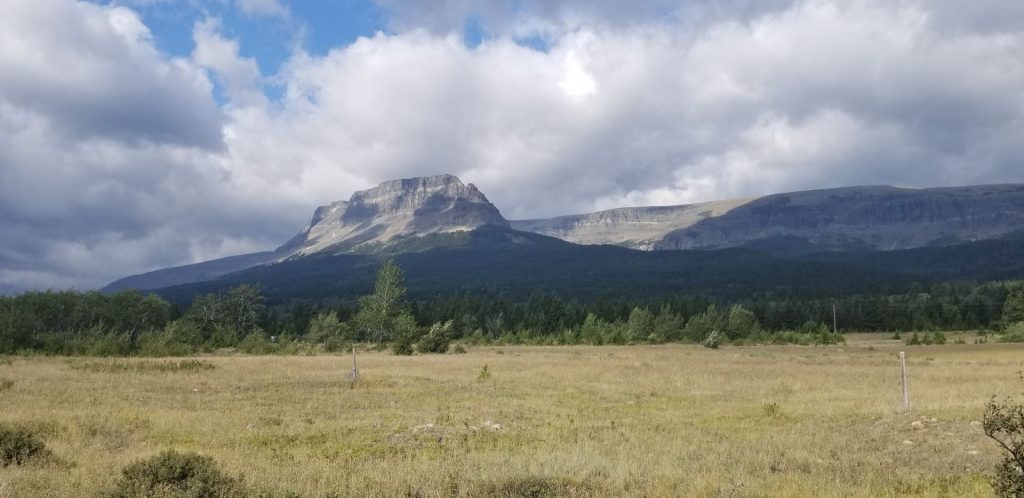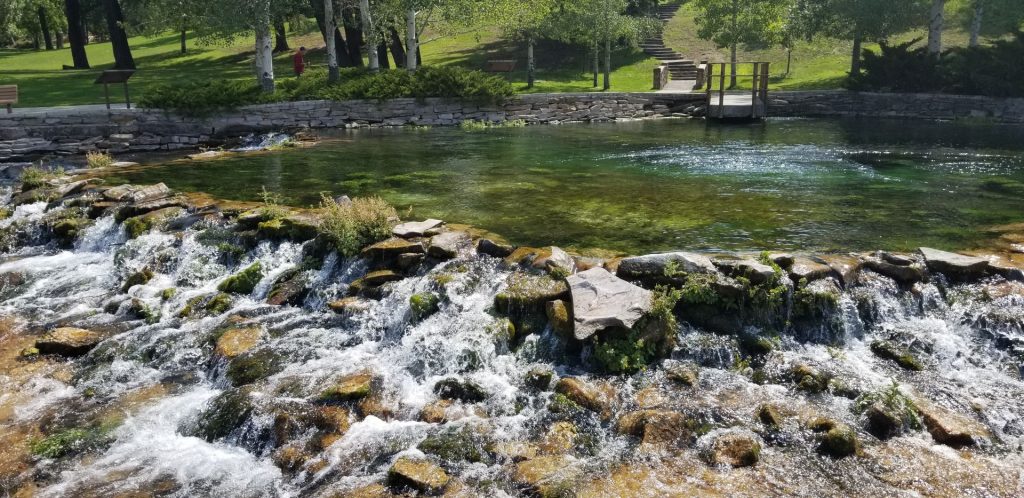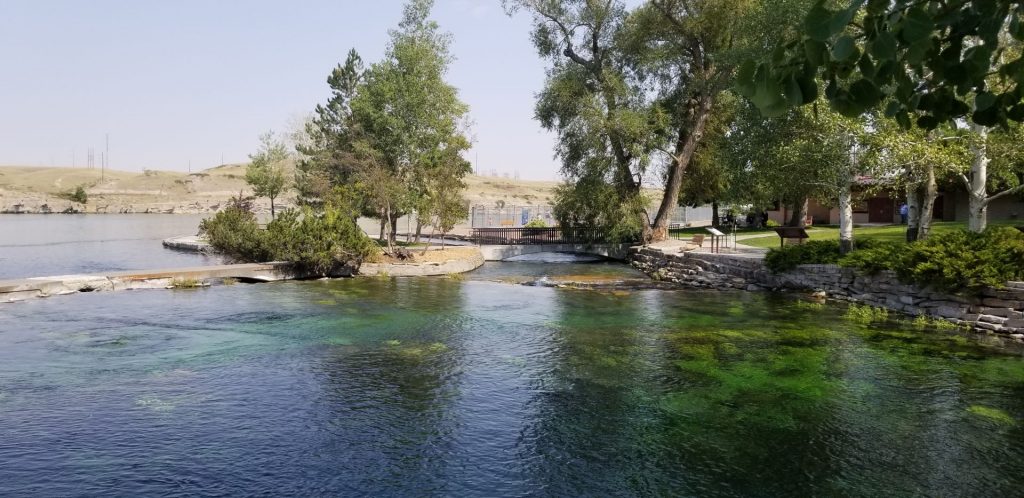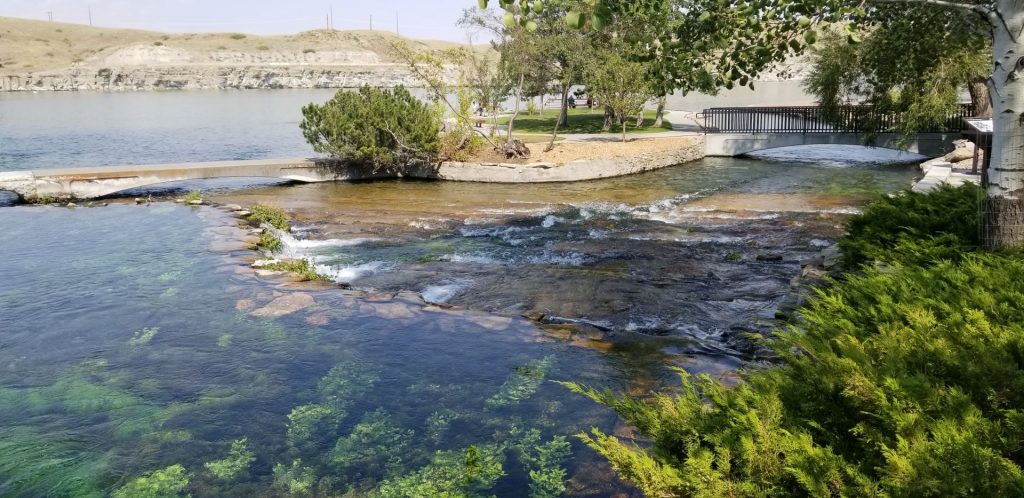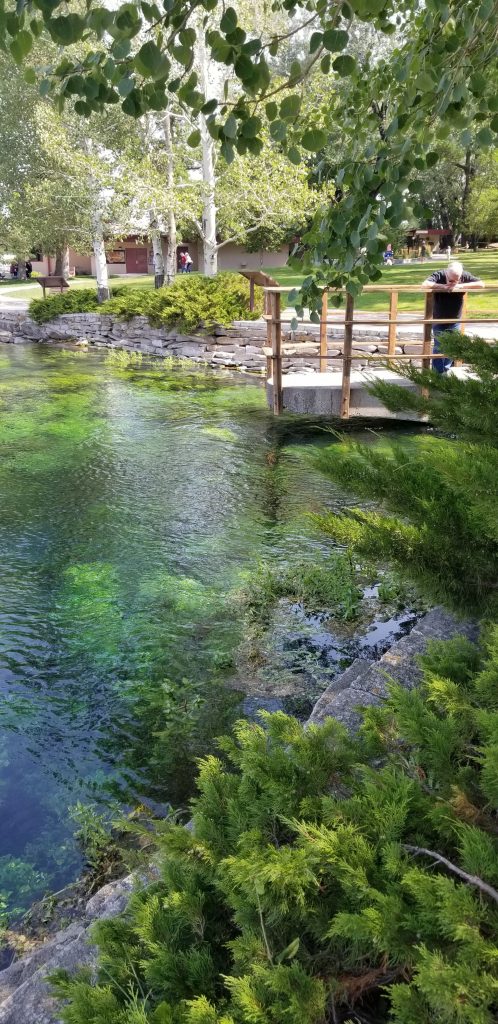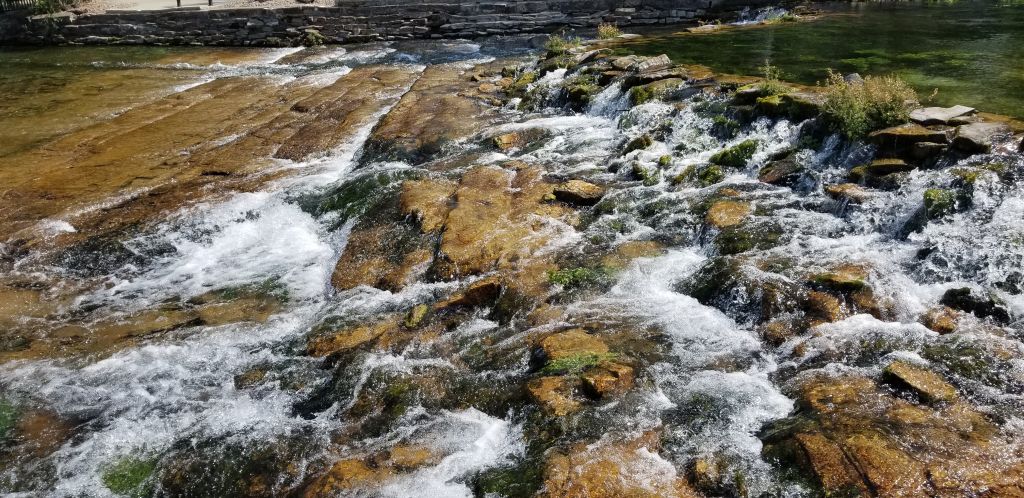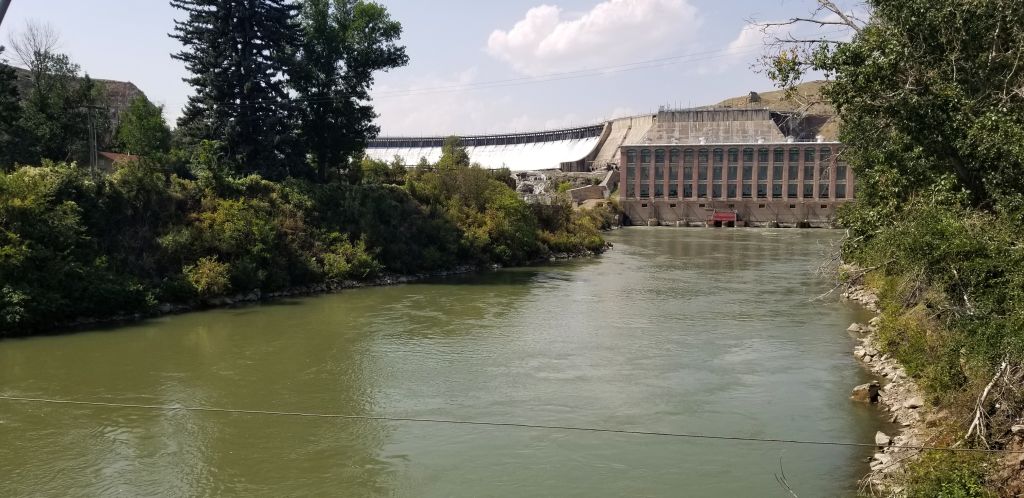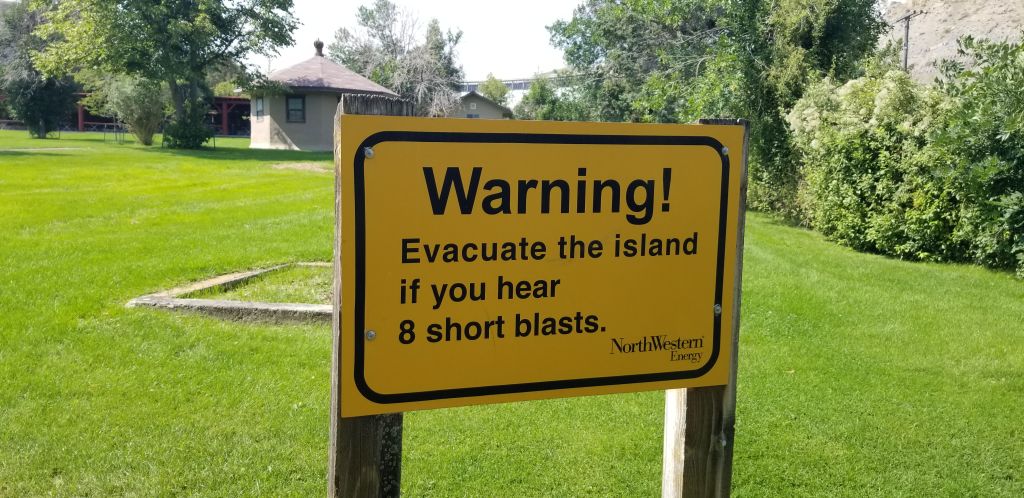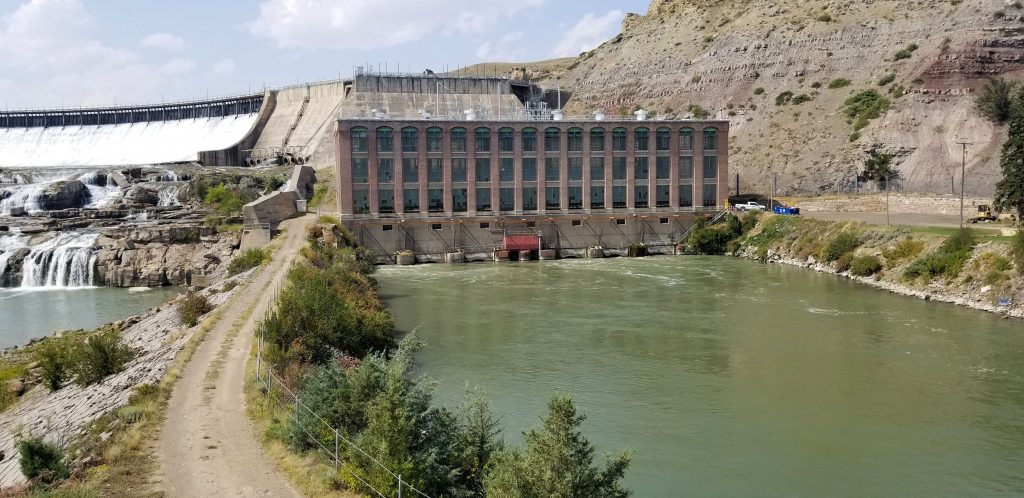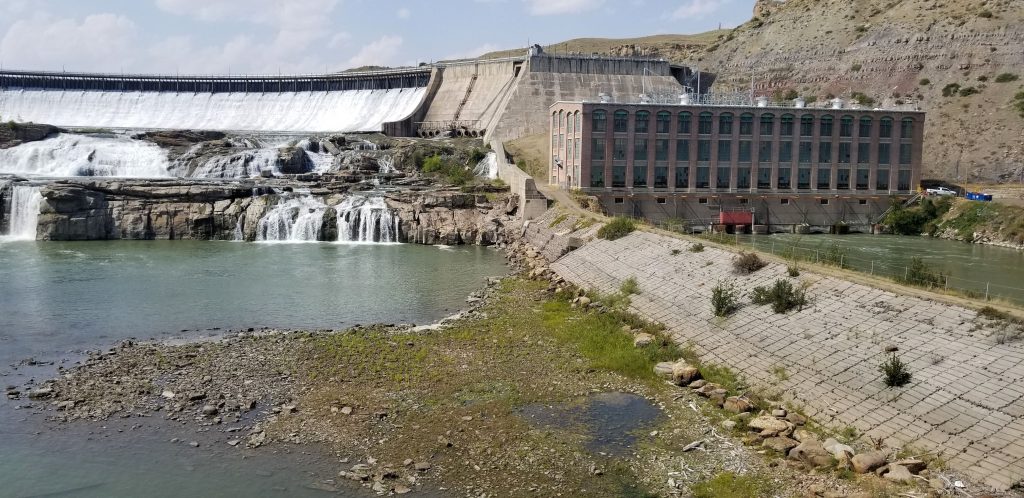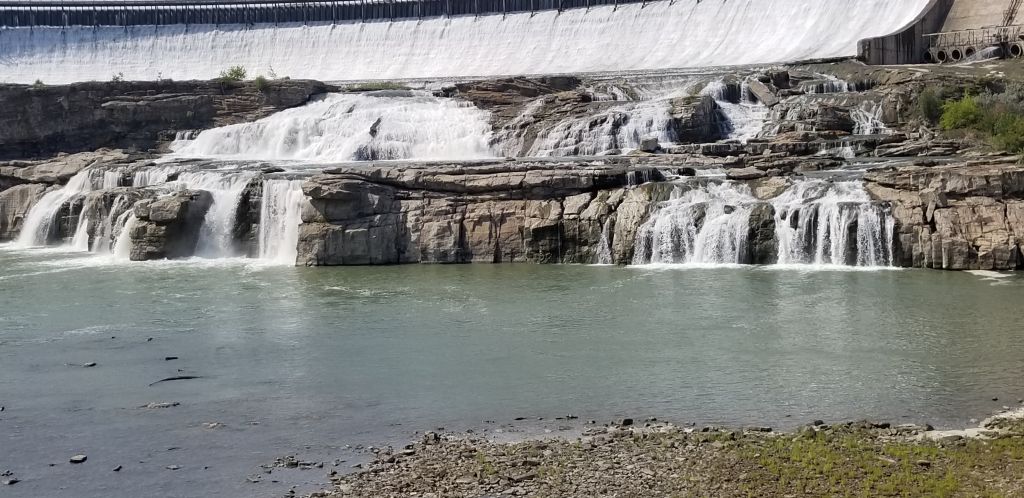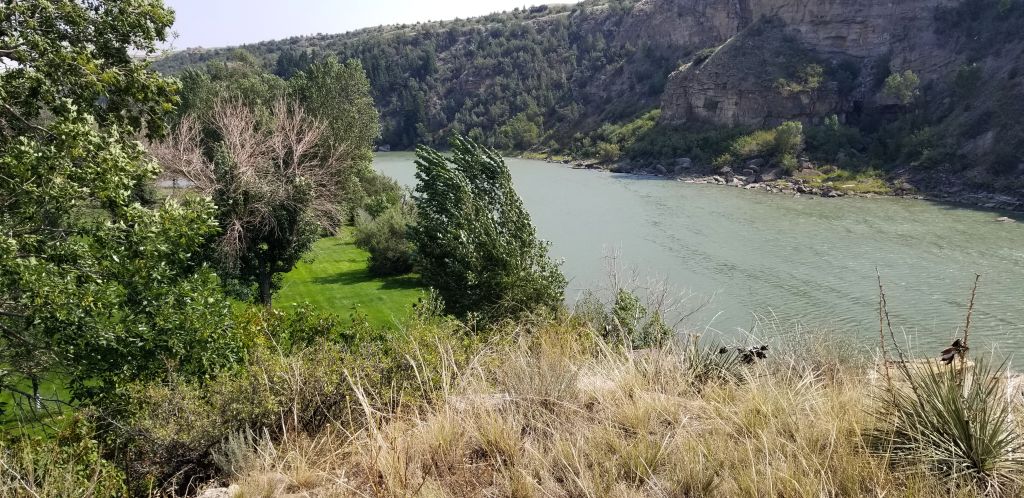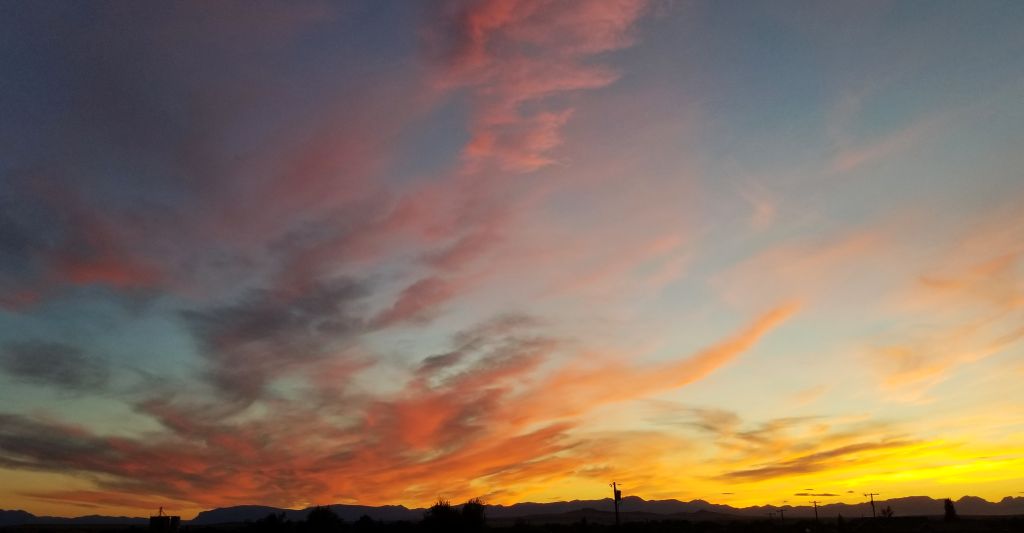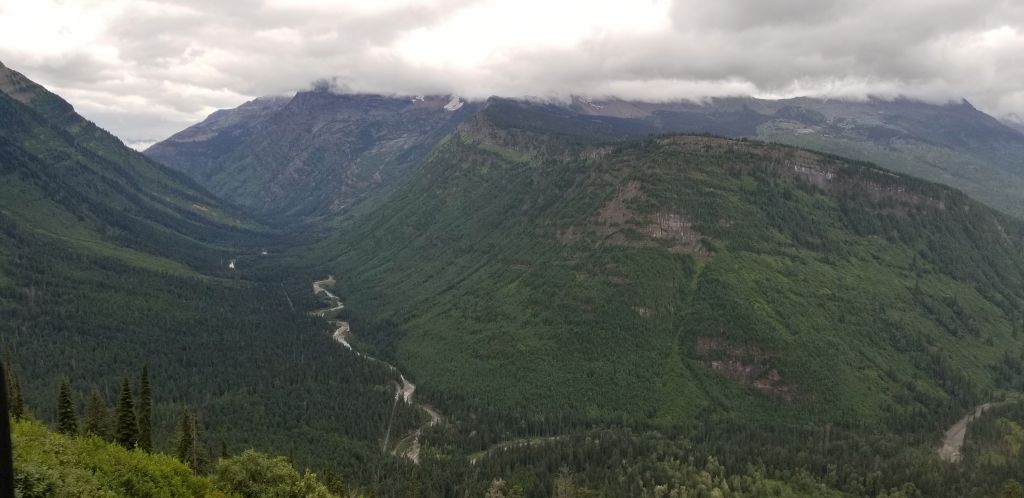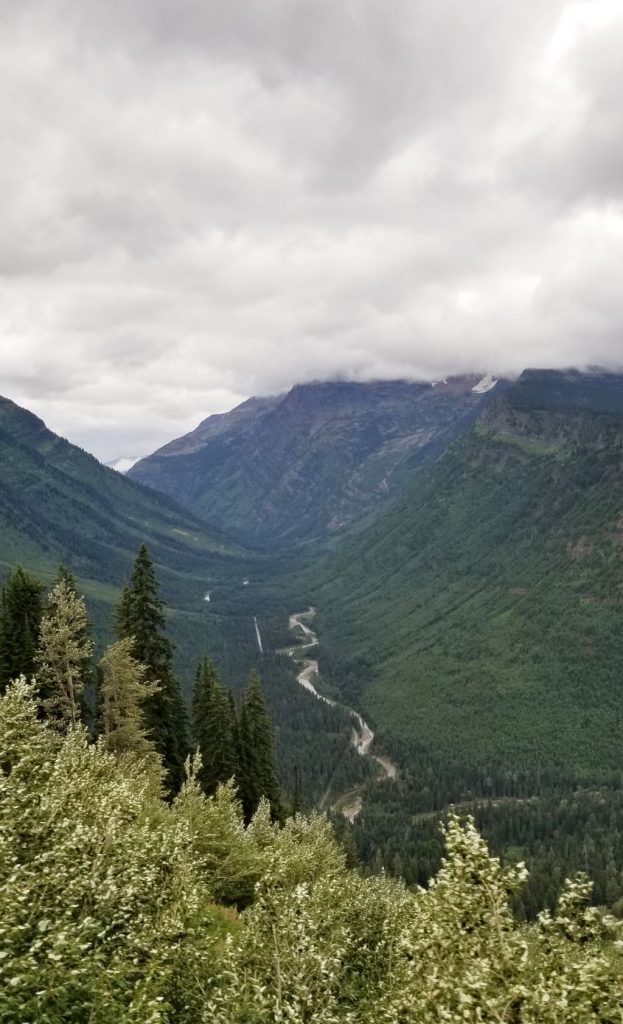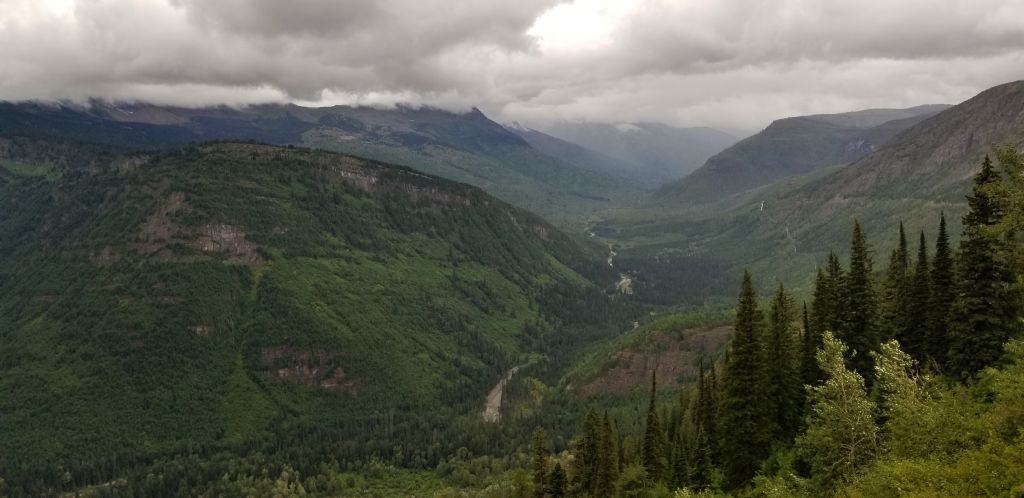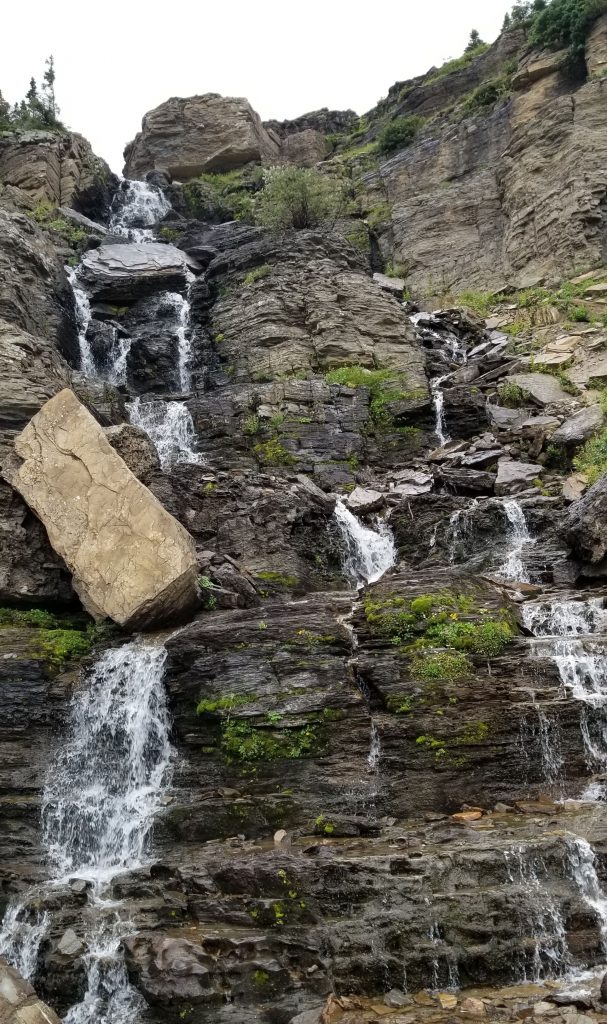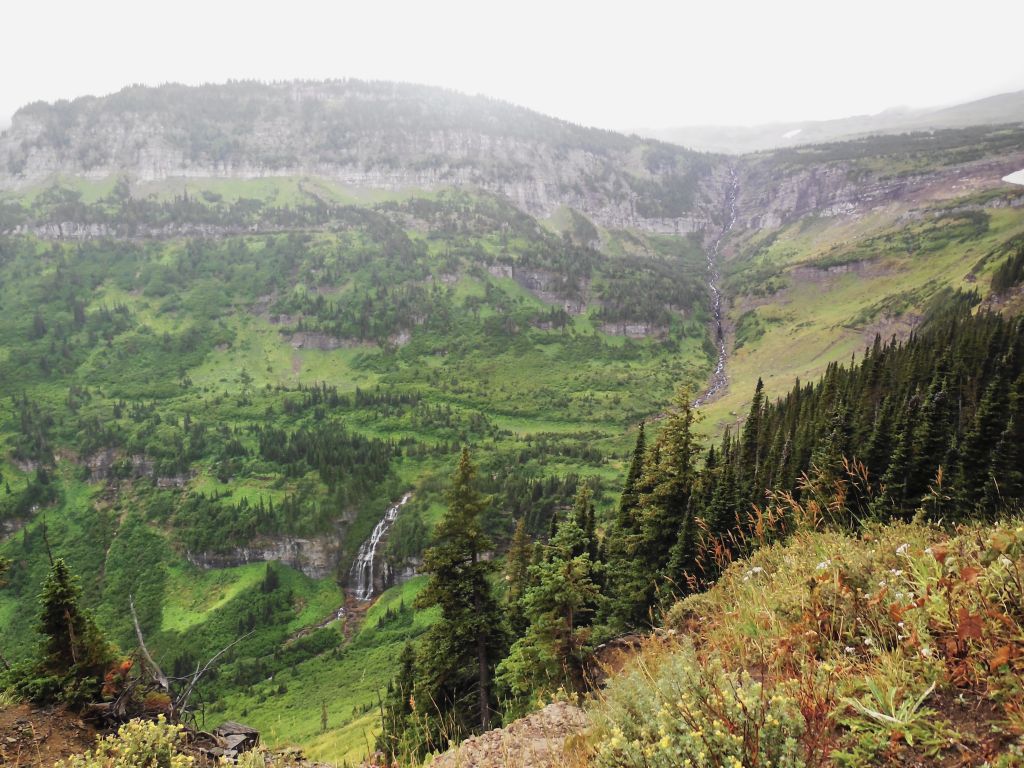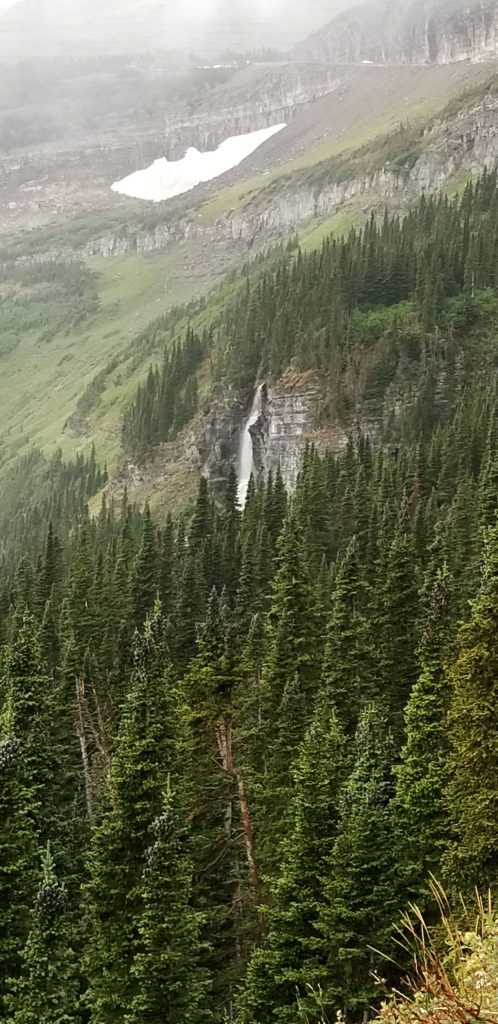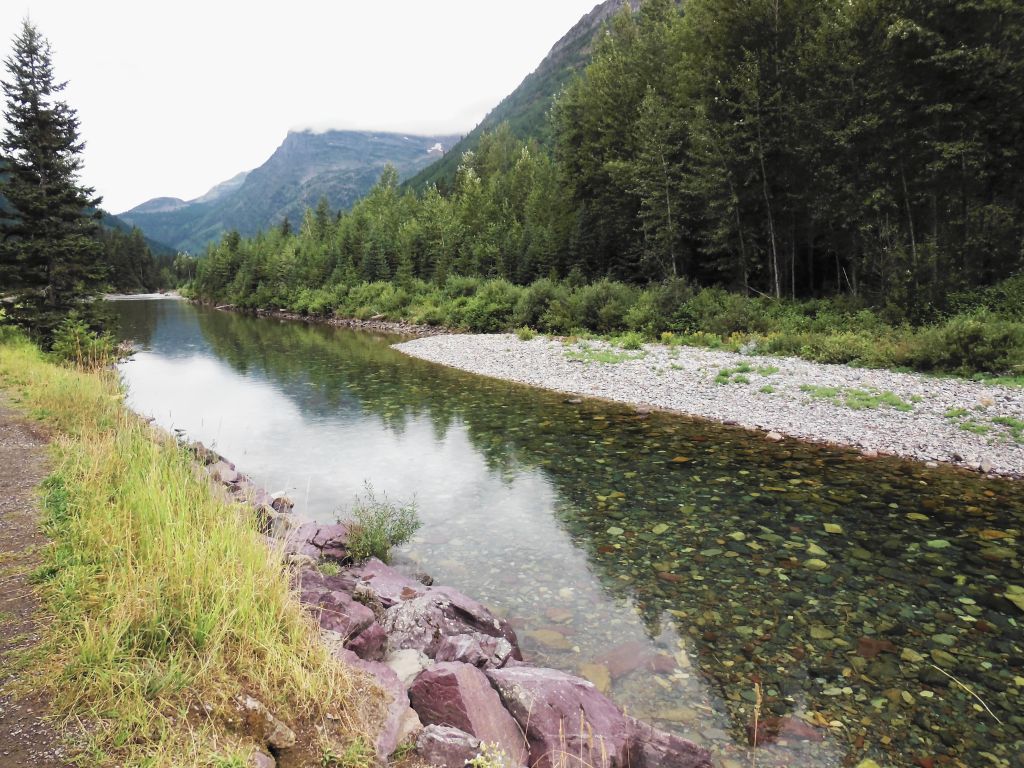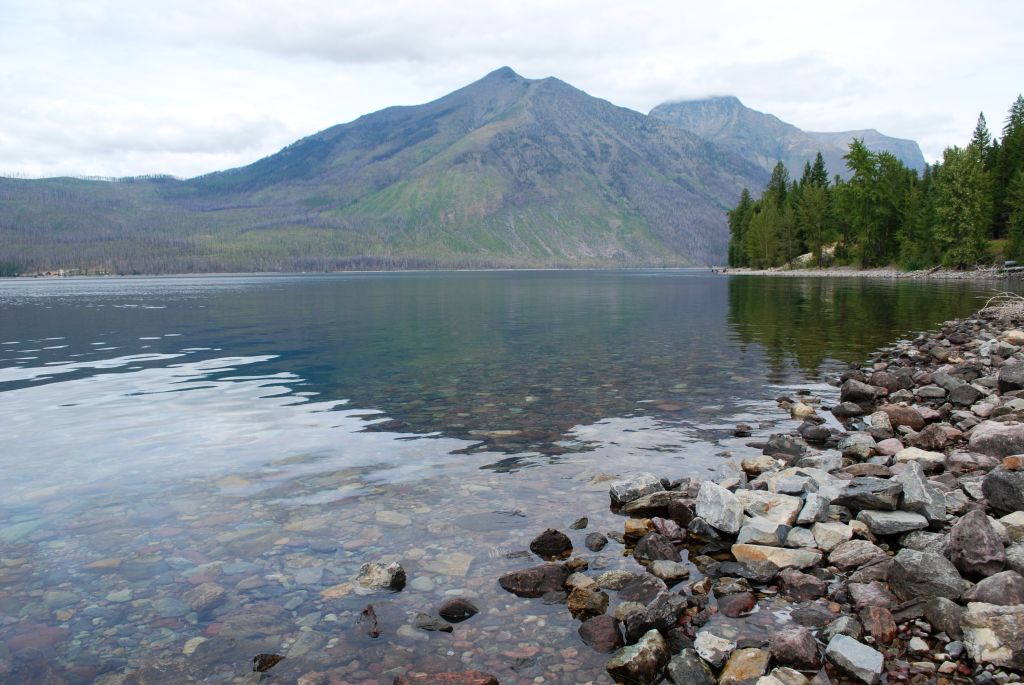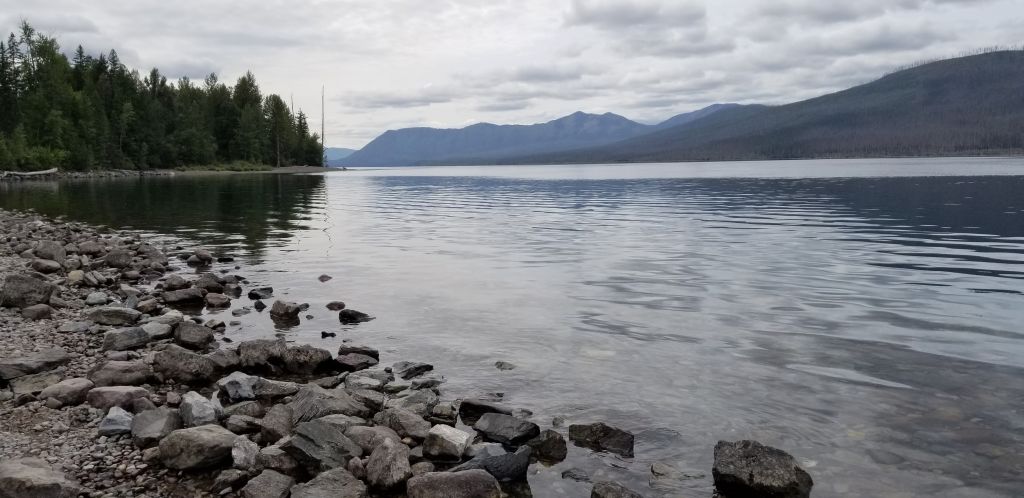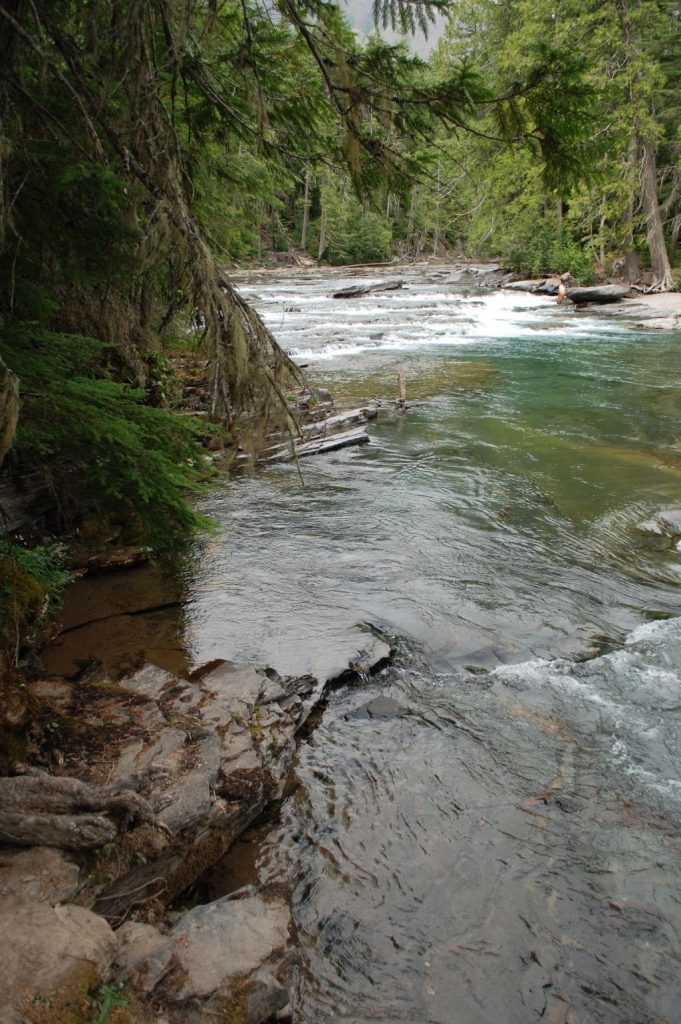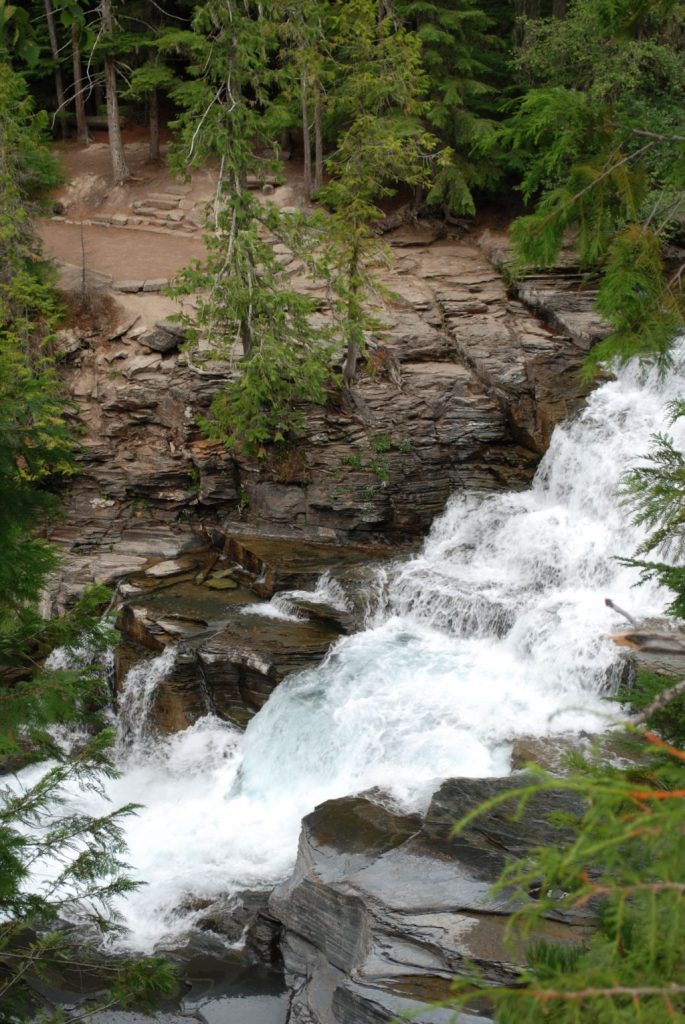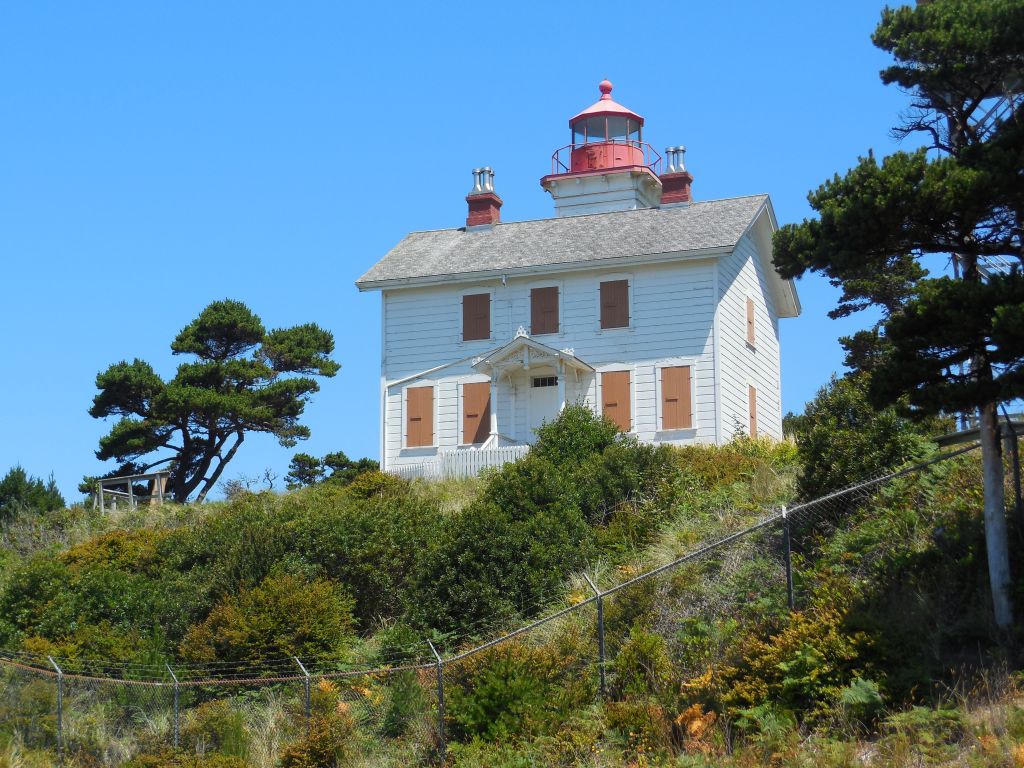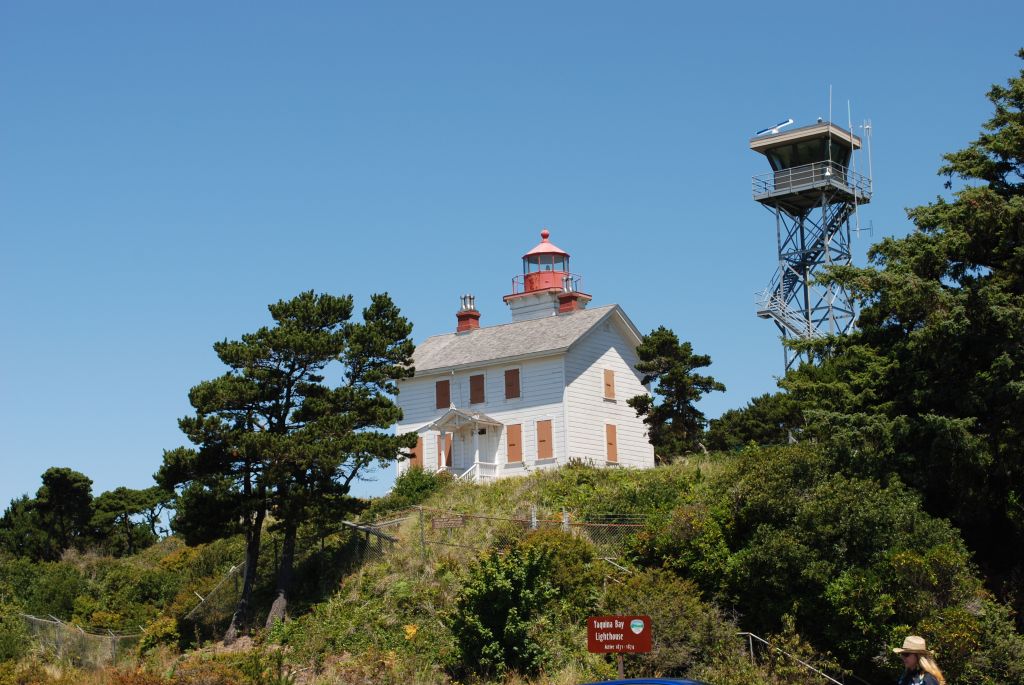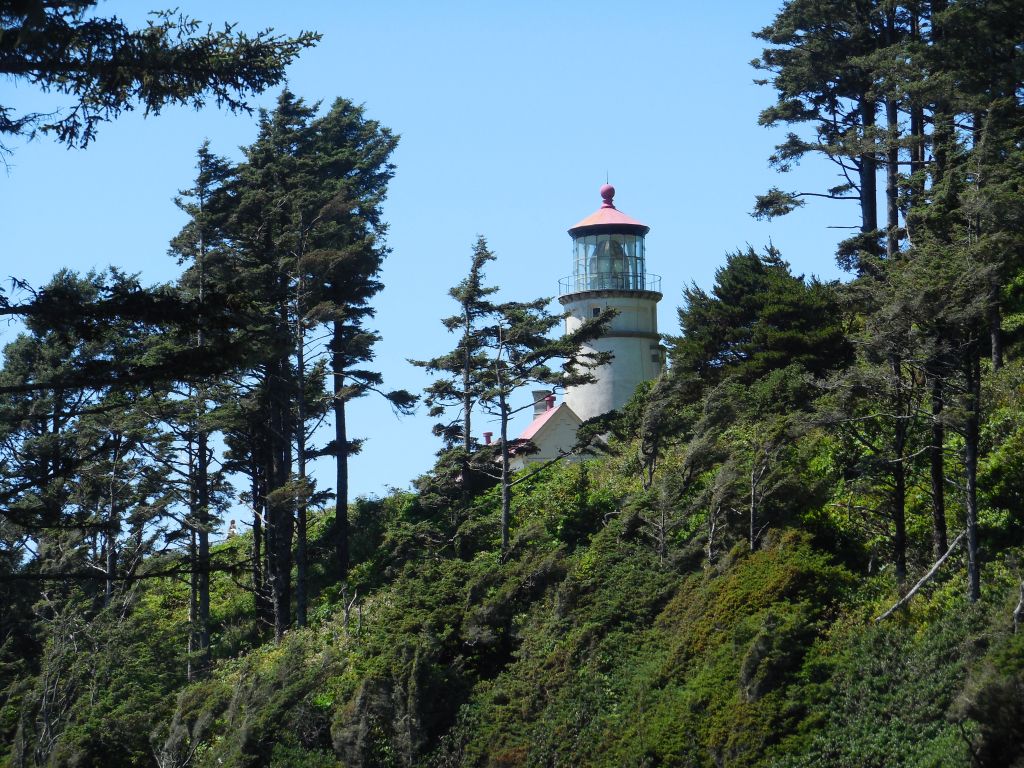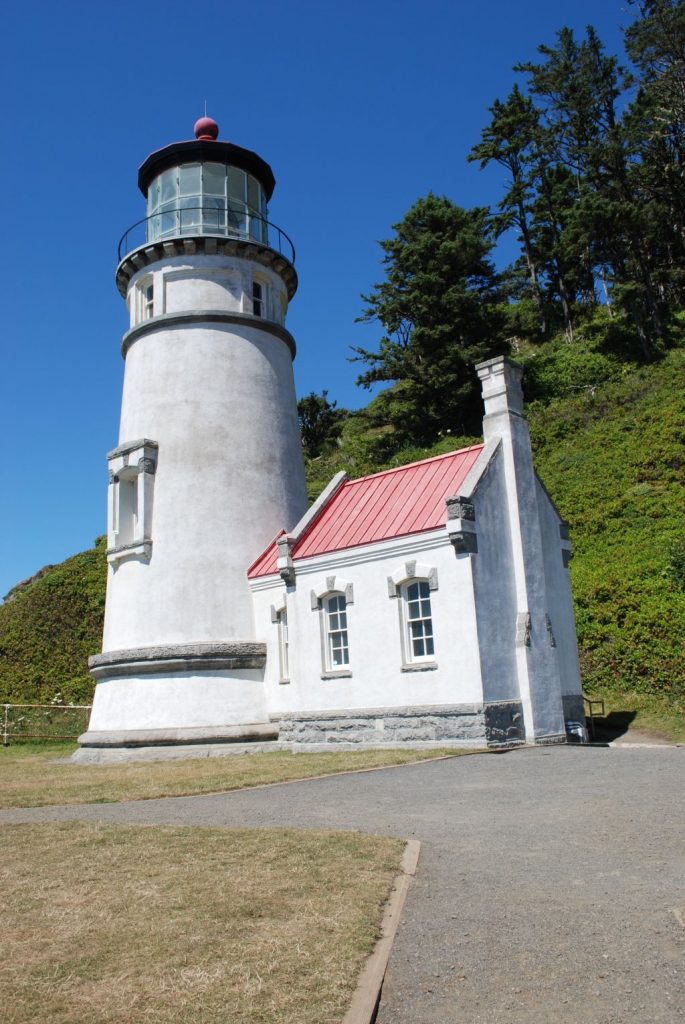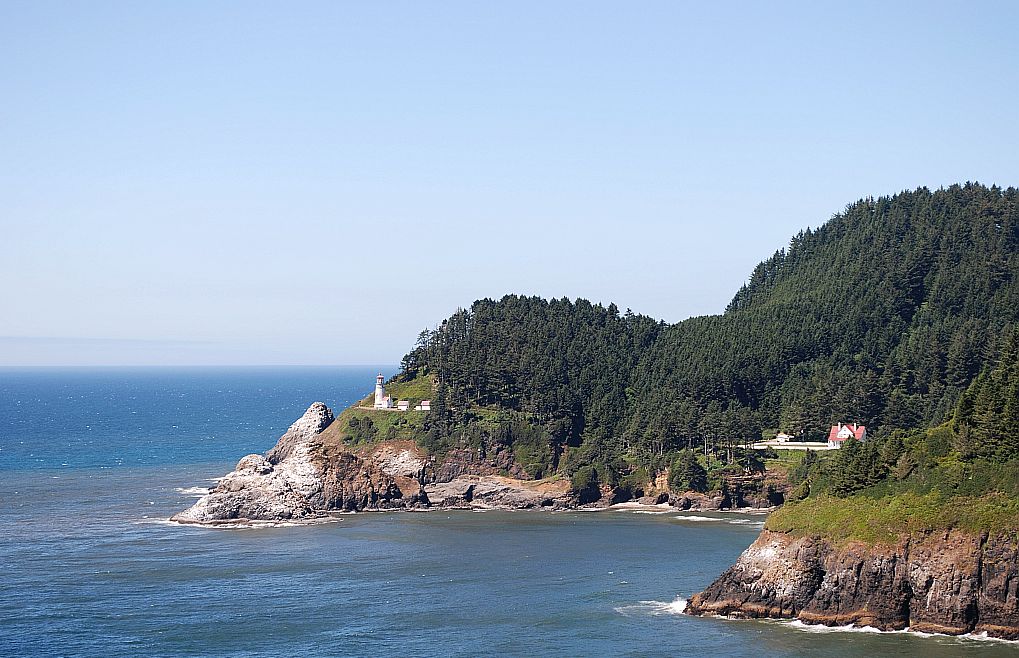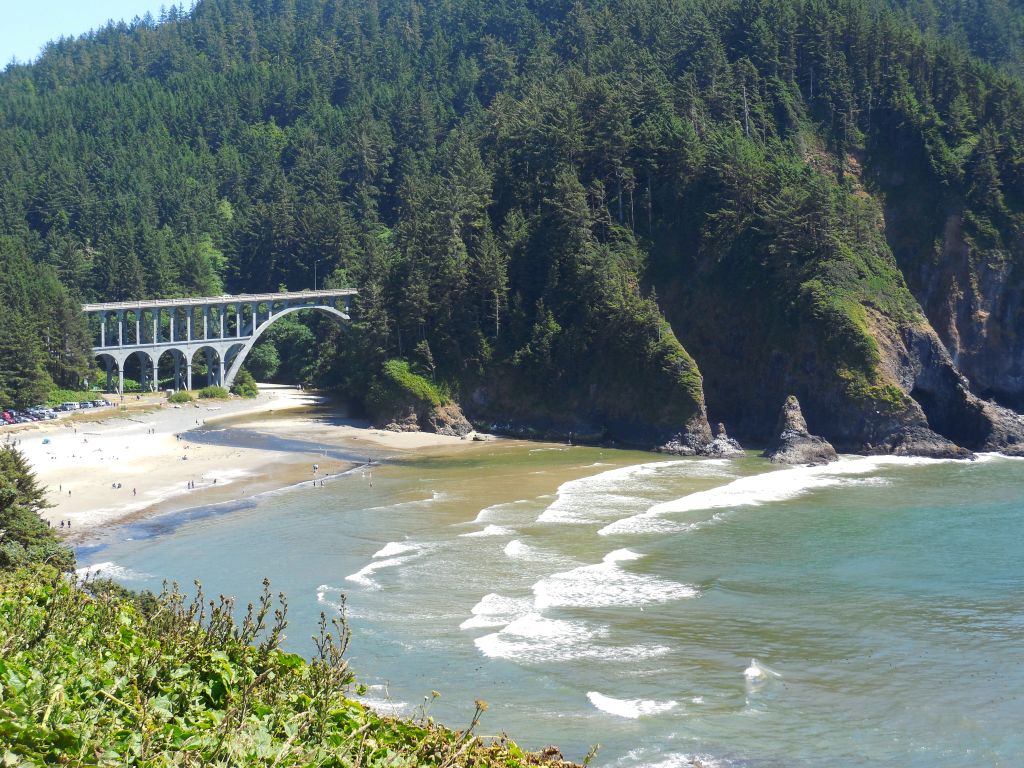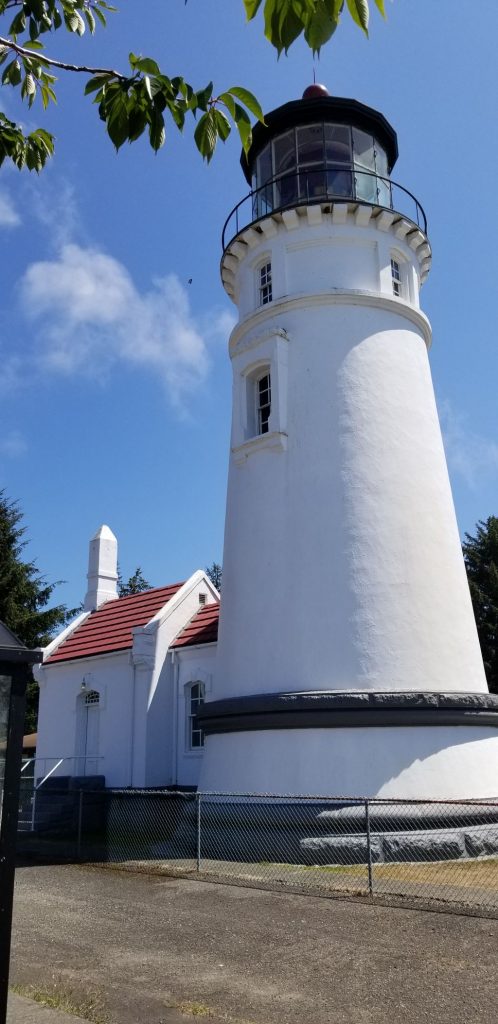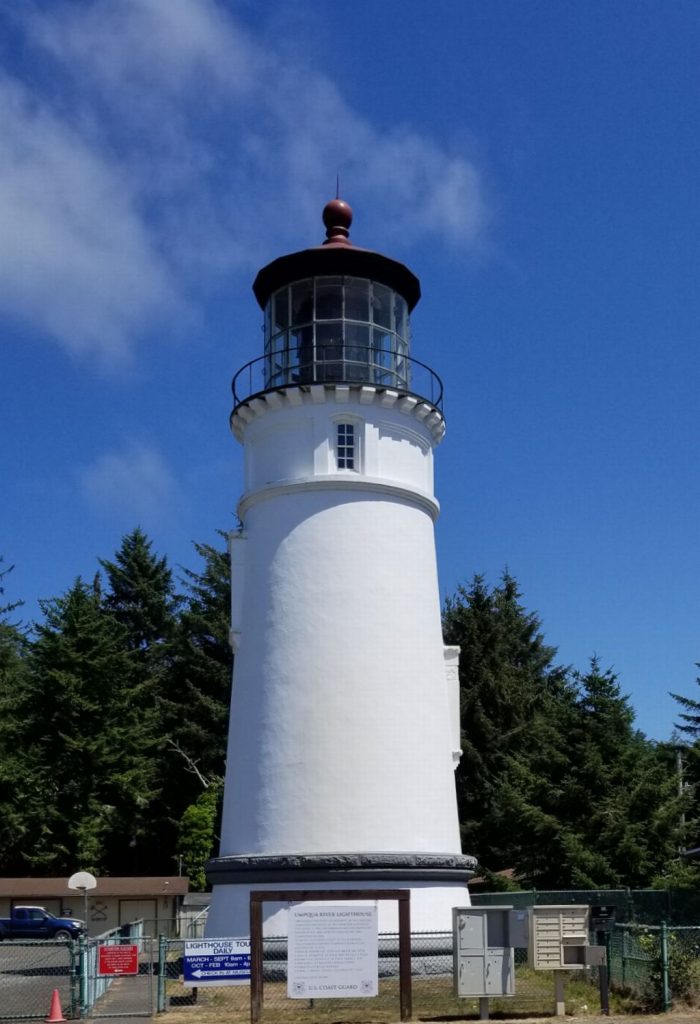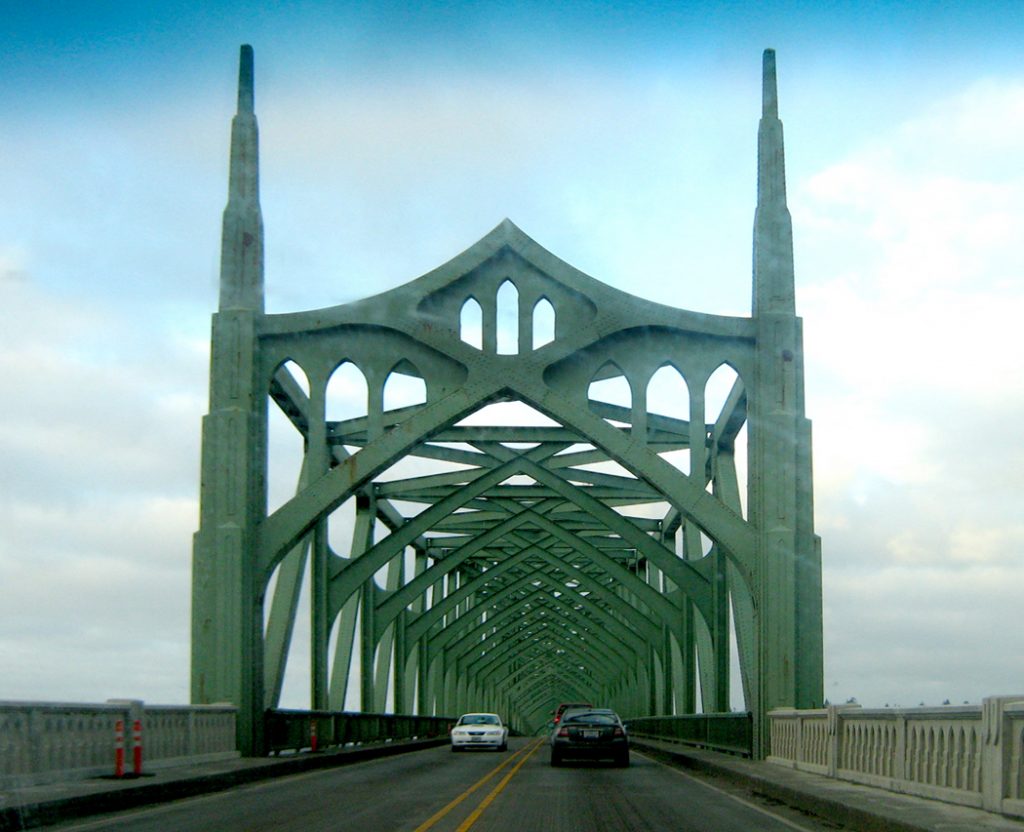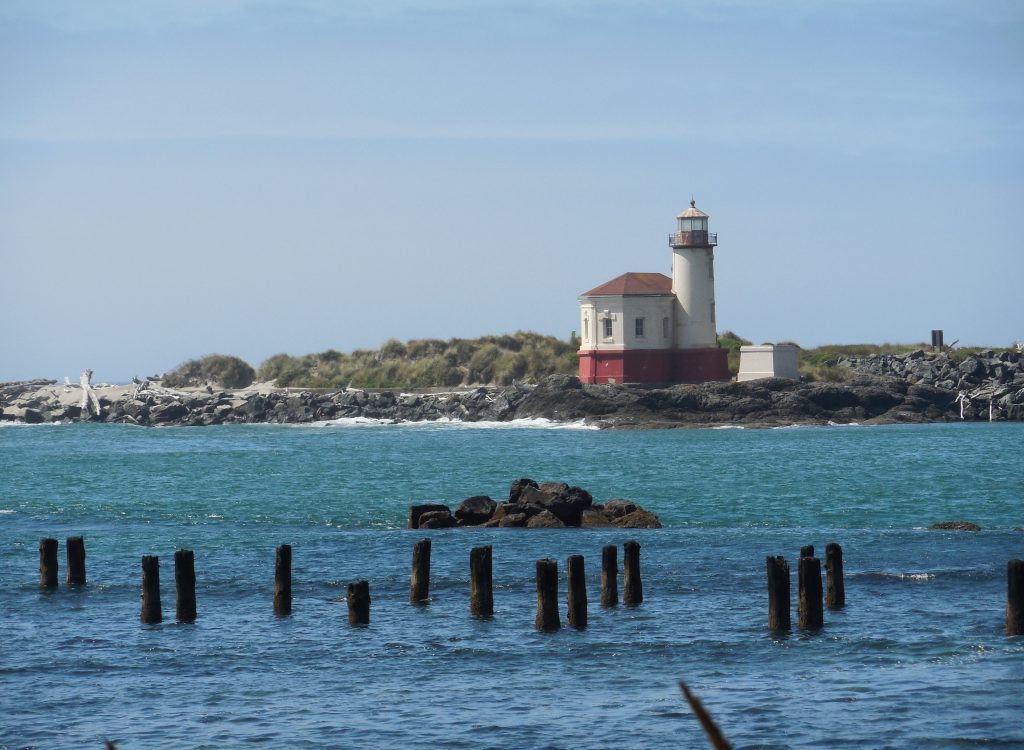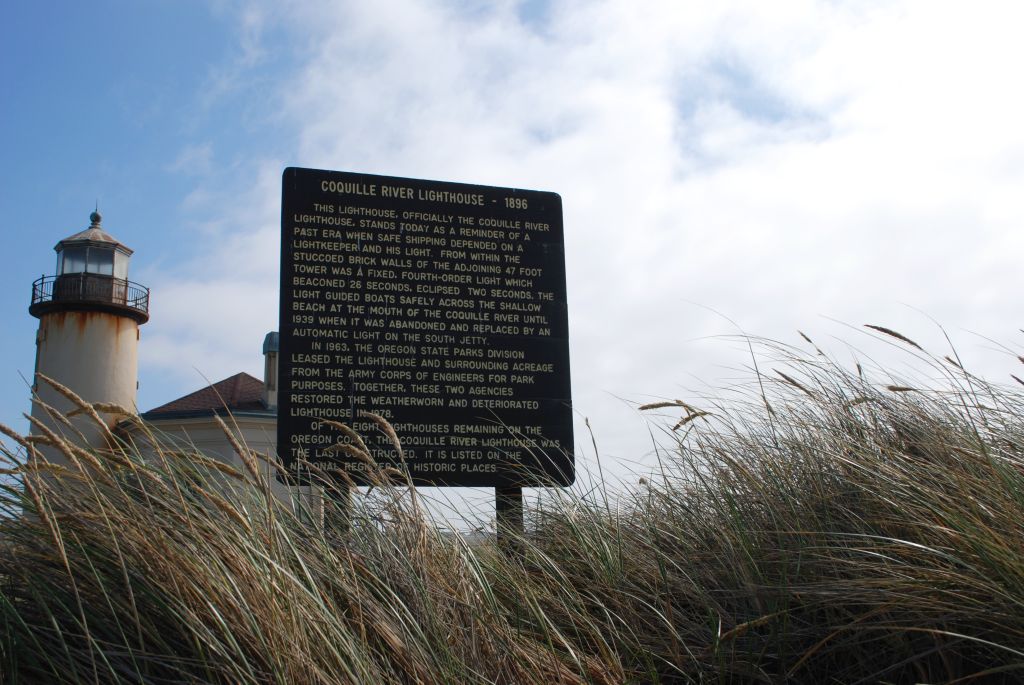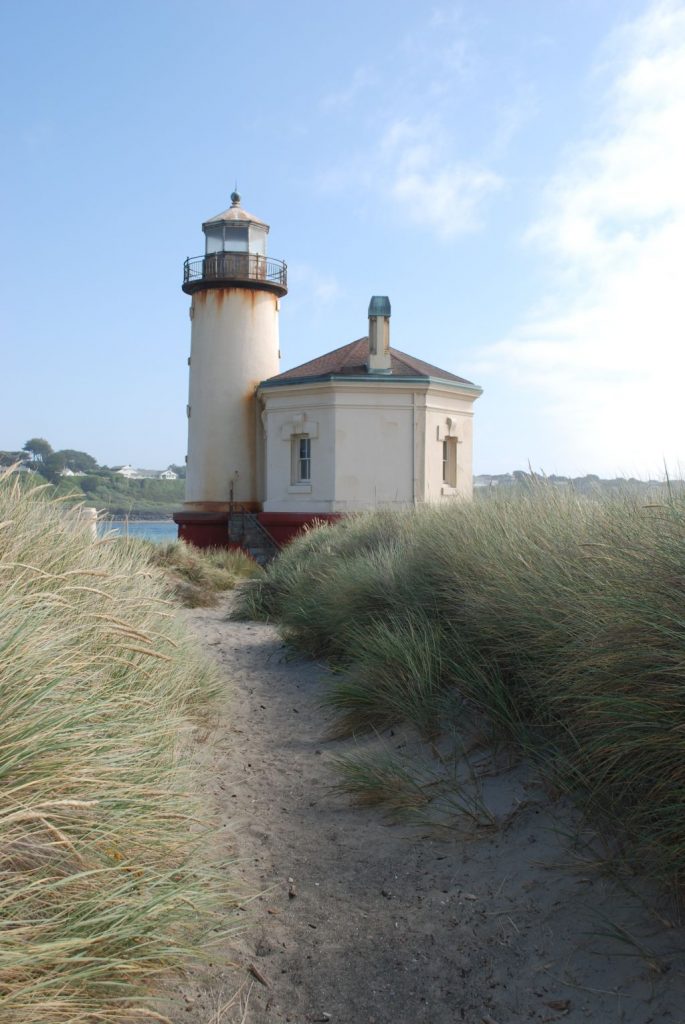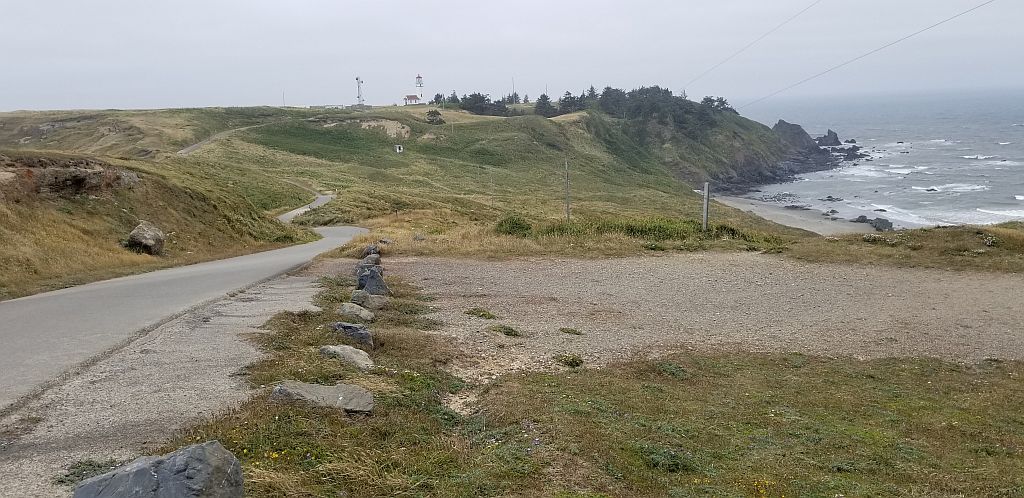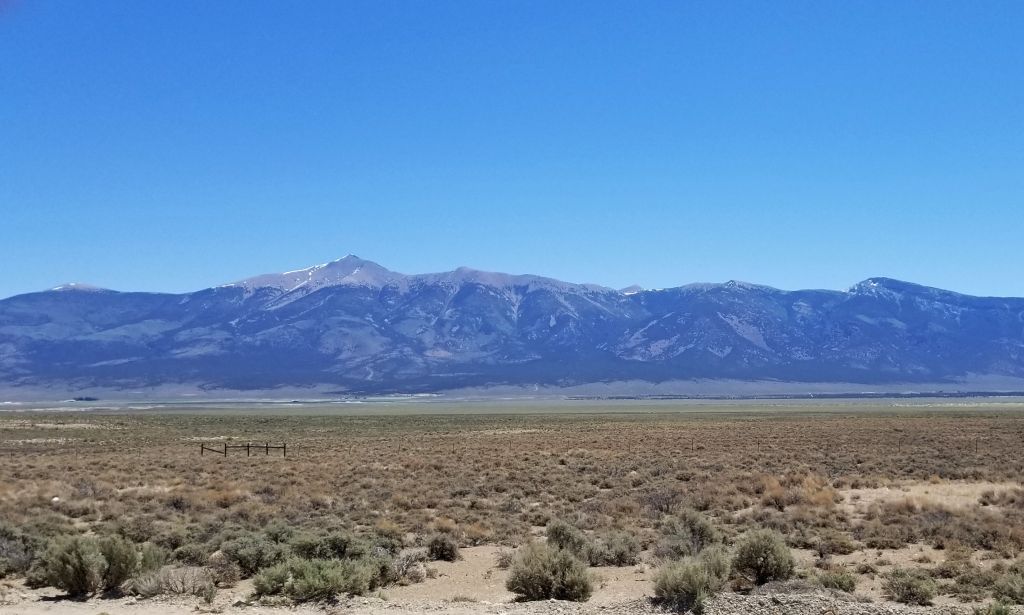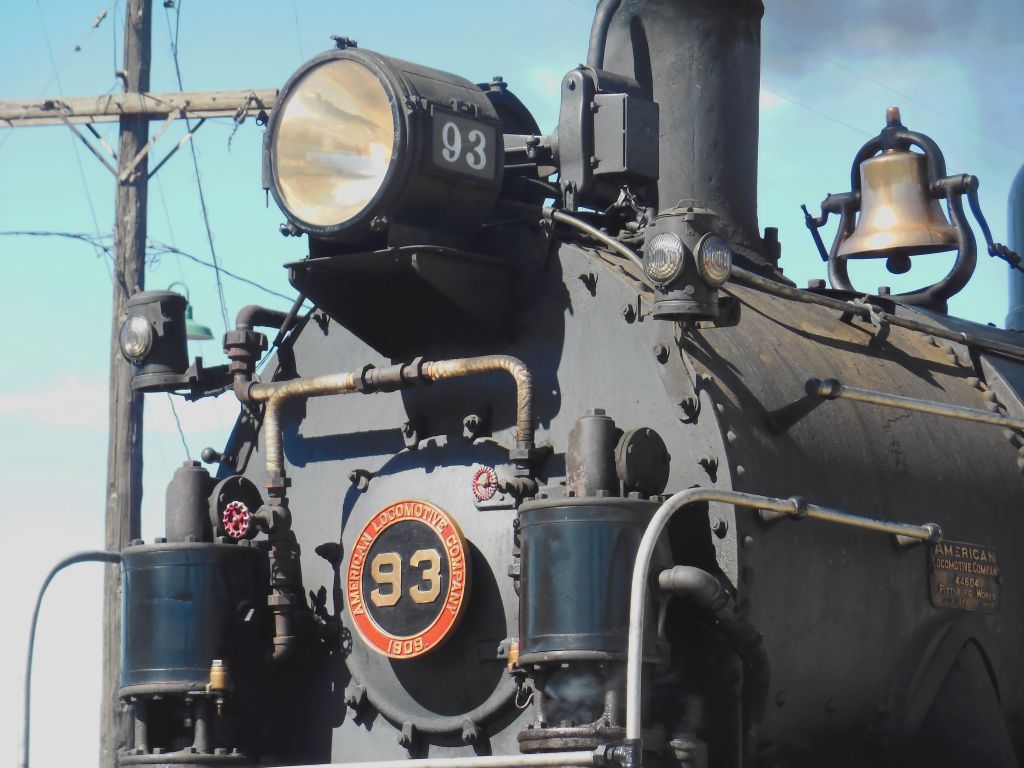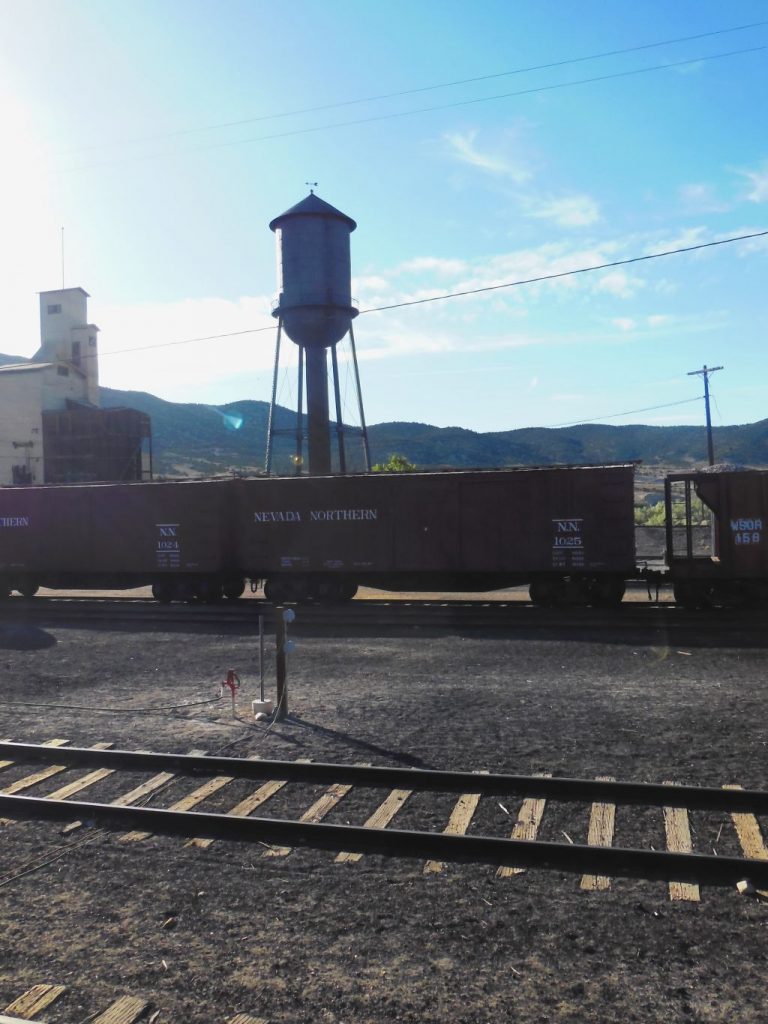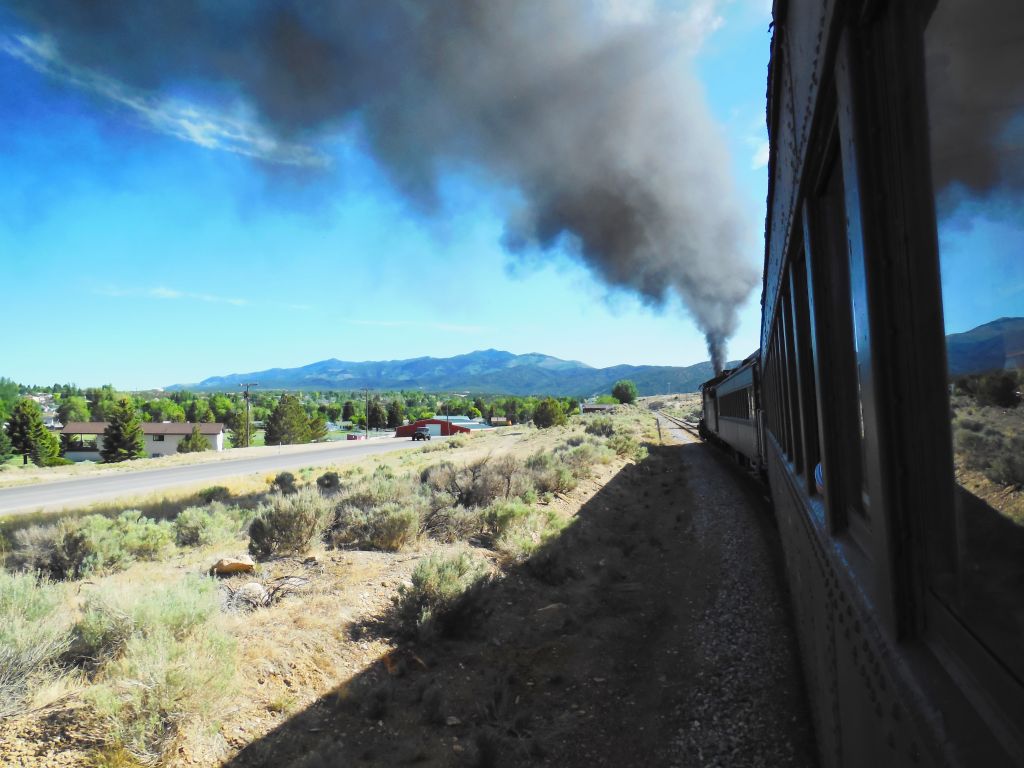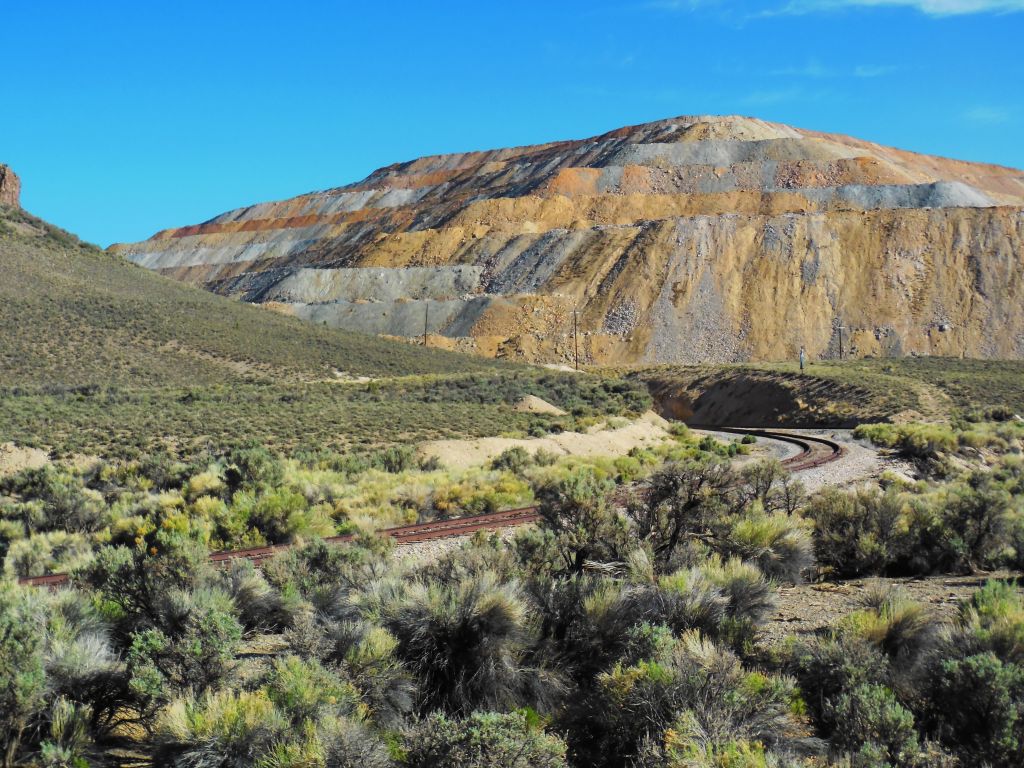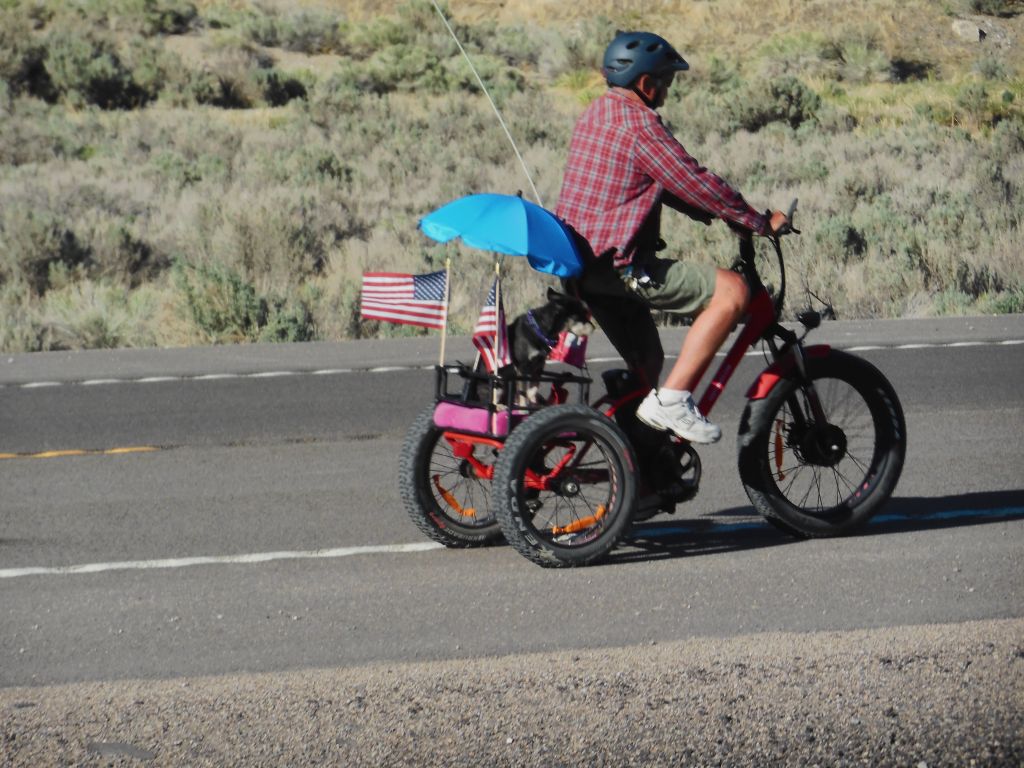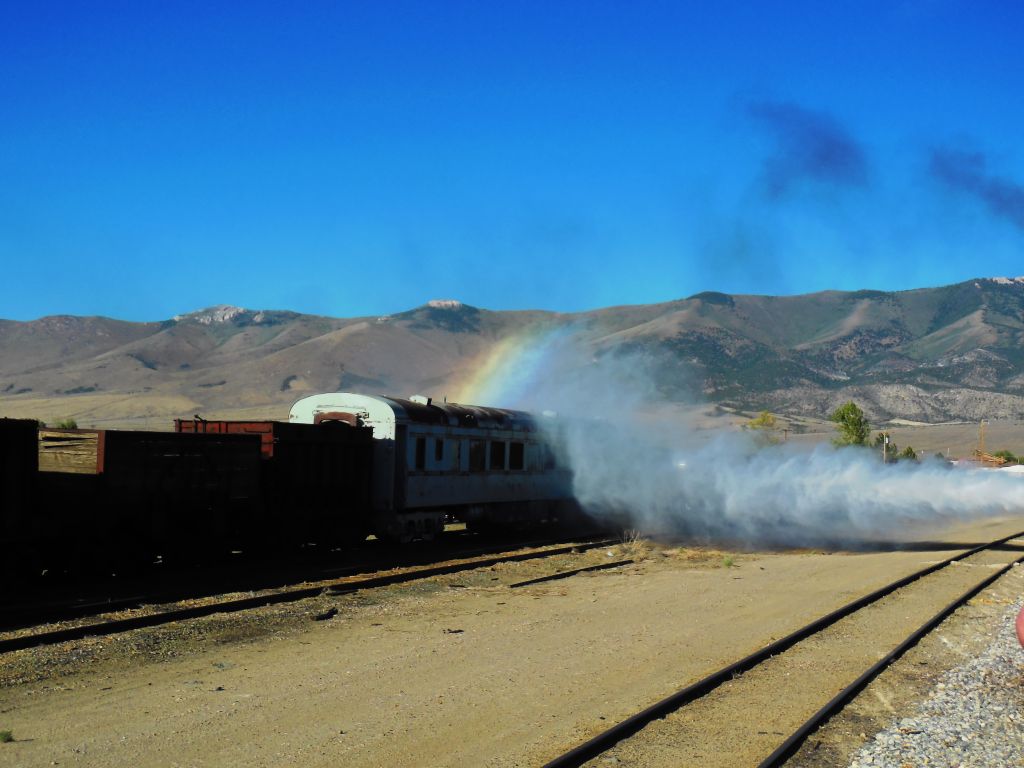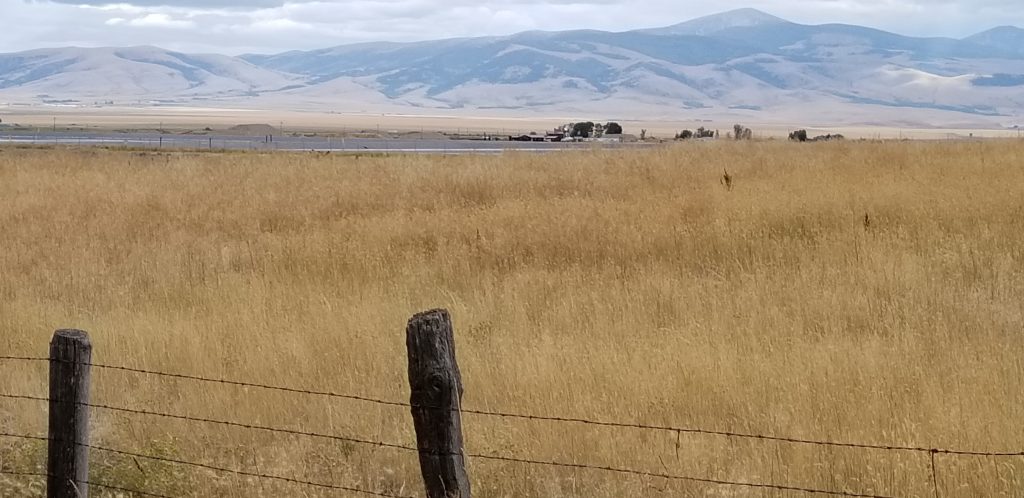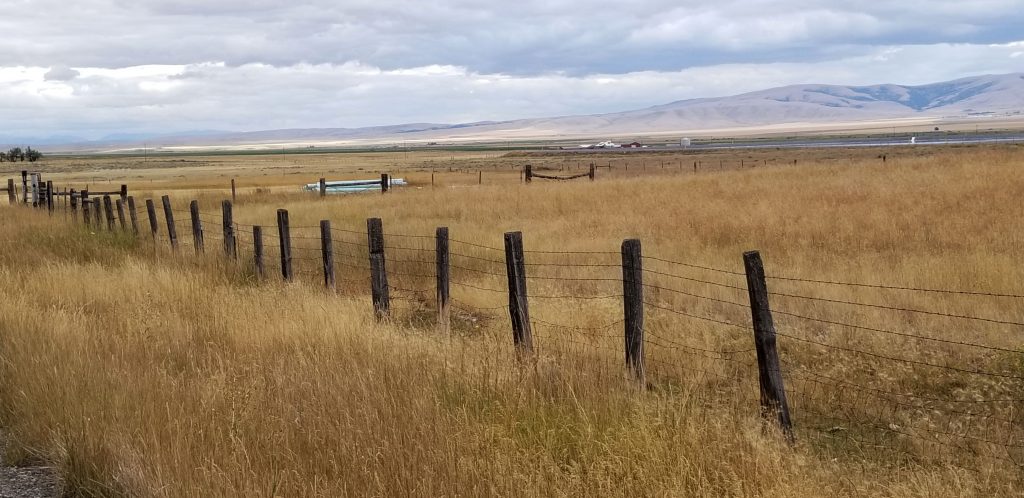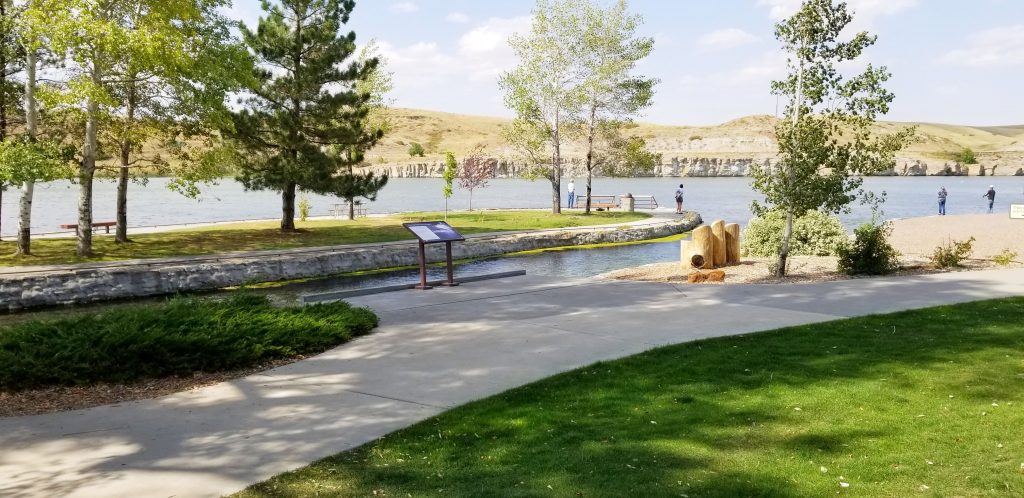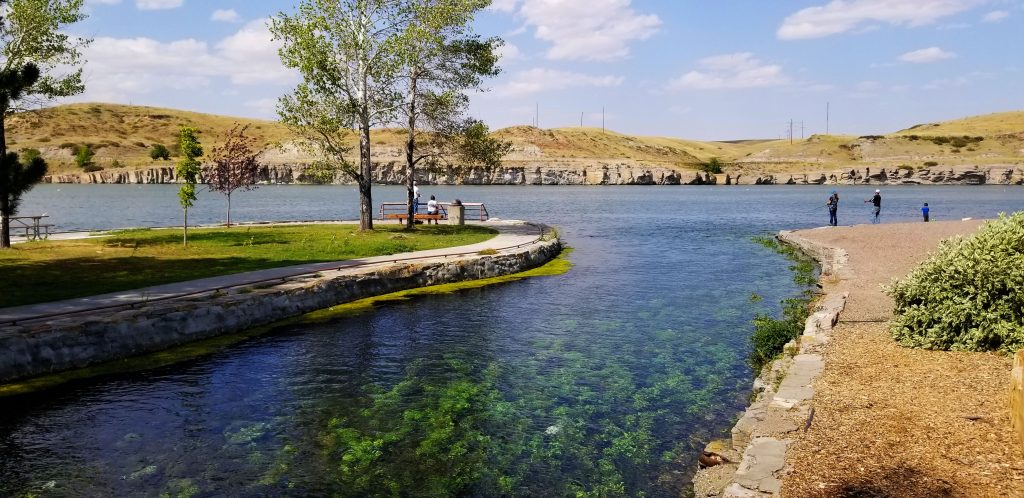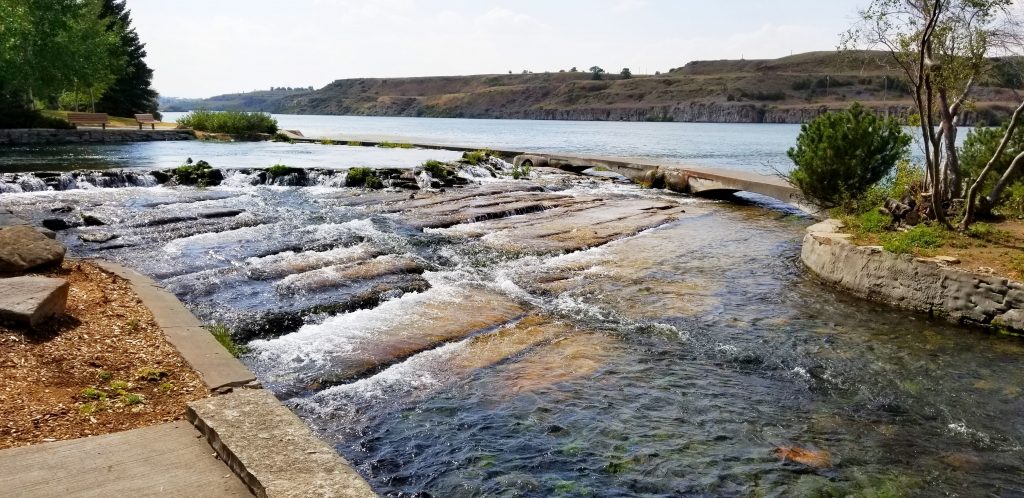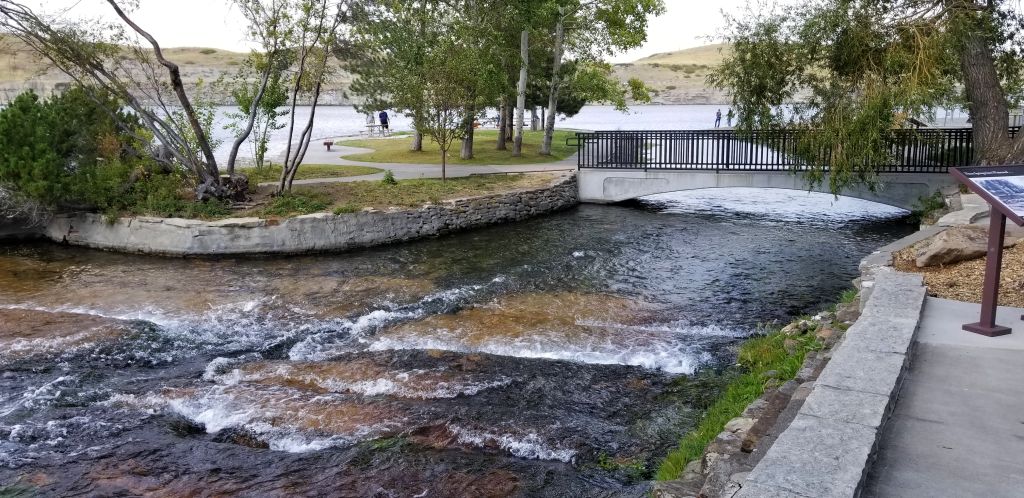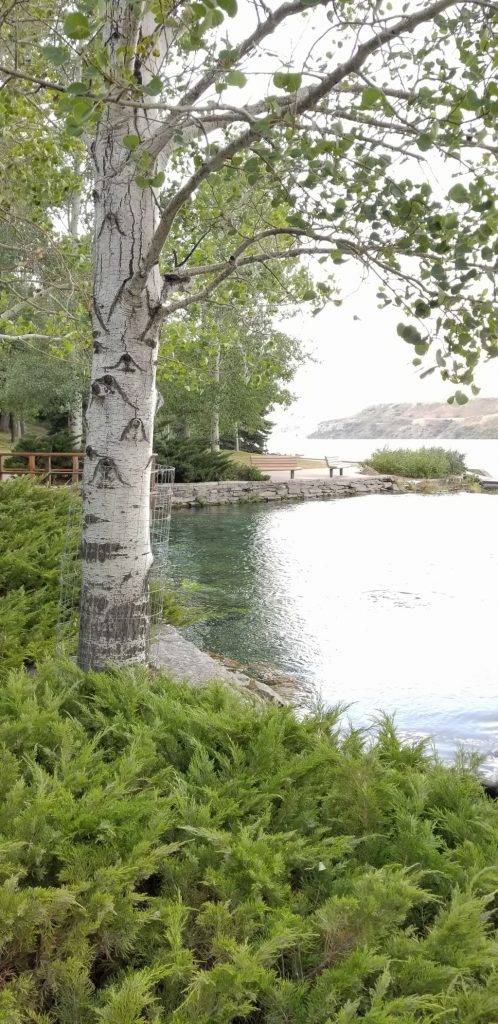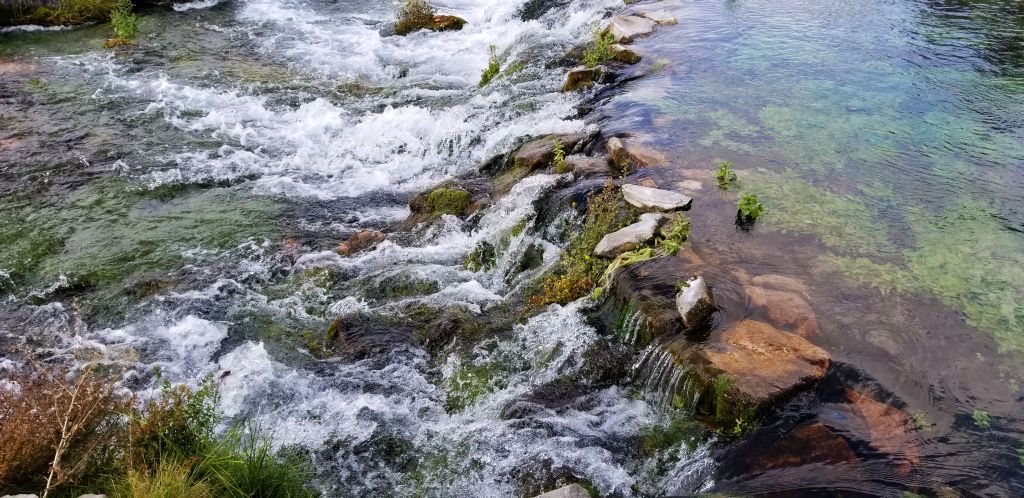One of the reasons “Fixer Upper” has been so popular, I think, is that Chip and Joanna Gaines like to preserve the old character and history of the homes and structures they renovate. That’s what attracted me to their shows. Plus, they are both very talented at what they do. They’re funny and playful, and they have good old fashioned values.
I heard their restaurant, Magnolia Table, was a popular and busy tourist attraction, but I had no idea that on a Wednesday in March that we would be fighting for a parking spot. I heard that reservations were recommended, but I decided to take a chance. When we arrived, we were told it would be an hour plus wait for a table. Well, we were too hungry. In the same parking lot was Rudy’s BBQ, so we opted to go there to eat instead. It was delicious!
The Silos complex is a few miles away from Magnolia Table restaurant. We drove around for some time before we found a parking spot a few blocks away from the entrance.

The Silos are a prominent landmark feature of the Magnolia complex. The Gaines’ businesses fill an entire city block.
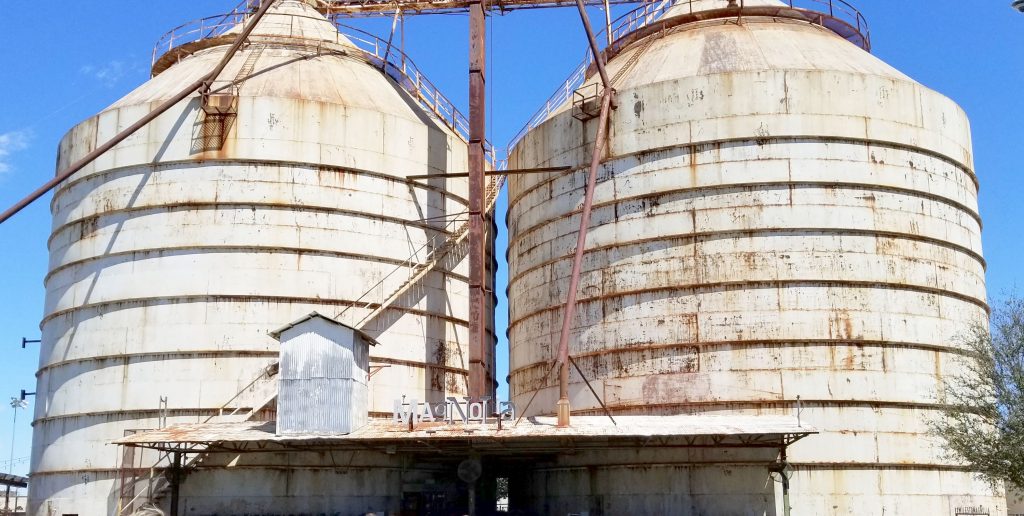
We approached from corner of the block where the bakery sits. I wanted to see the checkerboard patio area. We didn’t buy anything from the bakery as there was already a line out the door. It was an excuse for me not to to eat something sugary.
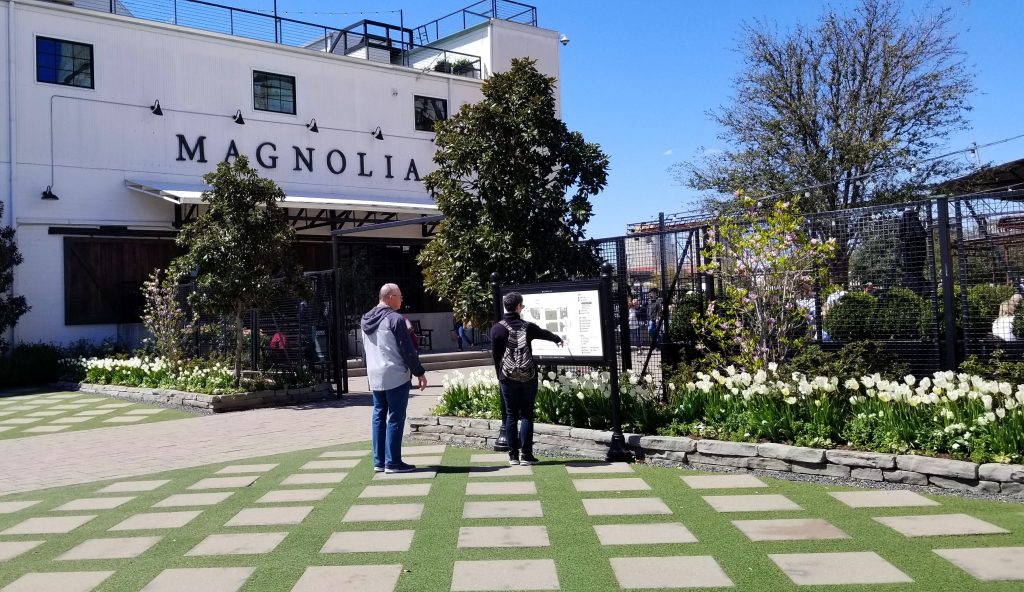
Magnolia Market was our first stop. It houses displays of home decor, wall decor, seasonal decorations, clothing and more. Their stated purpose is “a place where you find inspiration and a renewed vision for your home”.

I know how much Joanna Gaines likes old doors, so it wasn’t surprising to find some in her store.
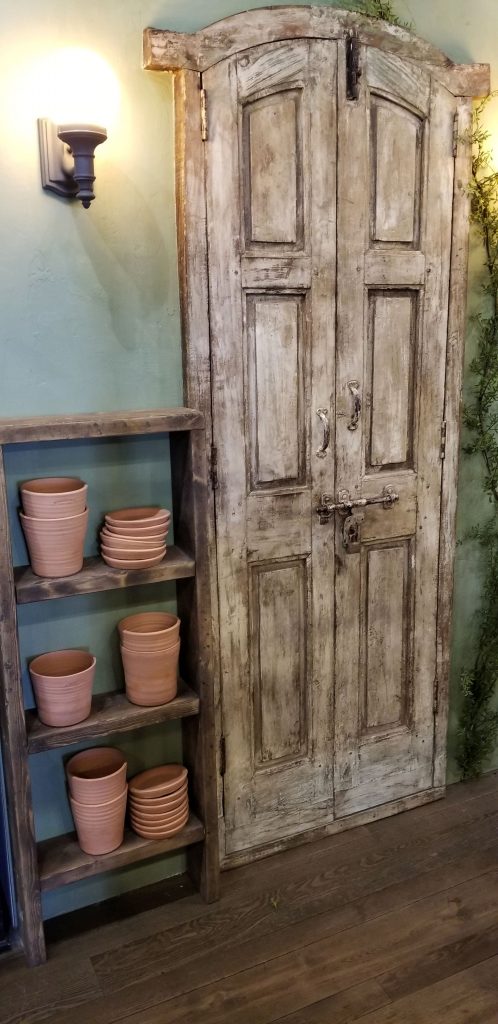
Katy Park is a wiffle ball park that provides some fun for families while they are visiting the Silos. It was nice to see a family out there enjoying it.
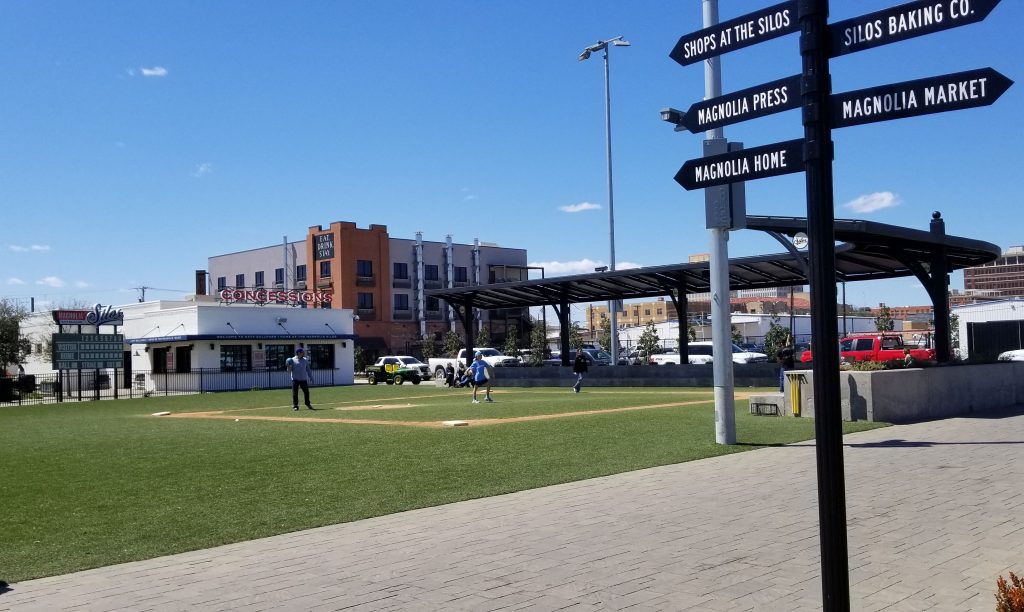
In one corner of the block is Magnolia Seed and Supply, a gardening supply center and garden. This was one of my favorite spots. This garden not only supplies fresh ingredients for Magnolia Table (the restaurant), but also for the Salvation Army.

I liked the cozy benches made from branches that were tucked away in corners.
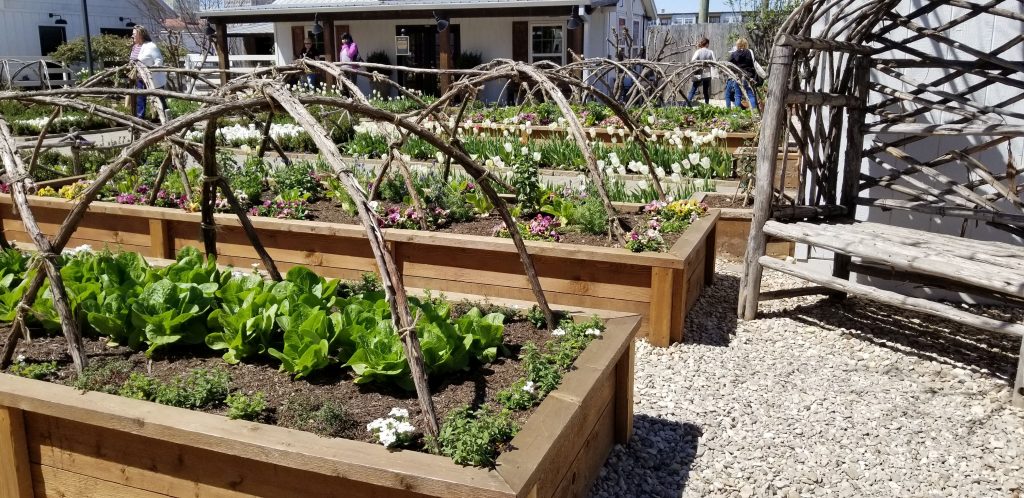

My all time favorite flower is the tulip, so I was delighted to see all the beautiful tulips in bloom.
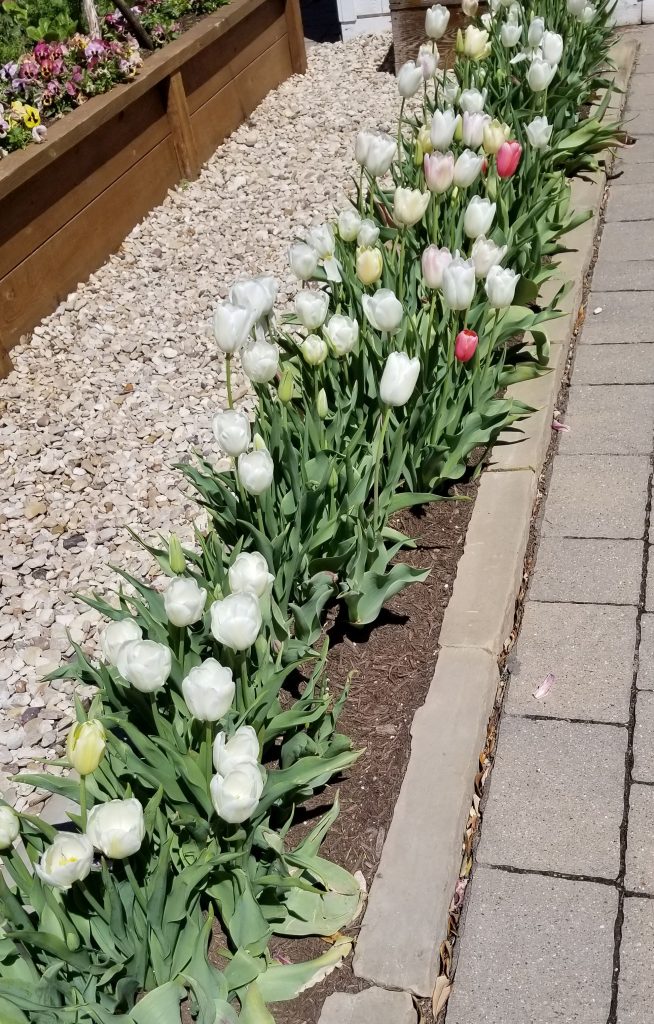

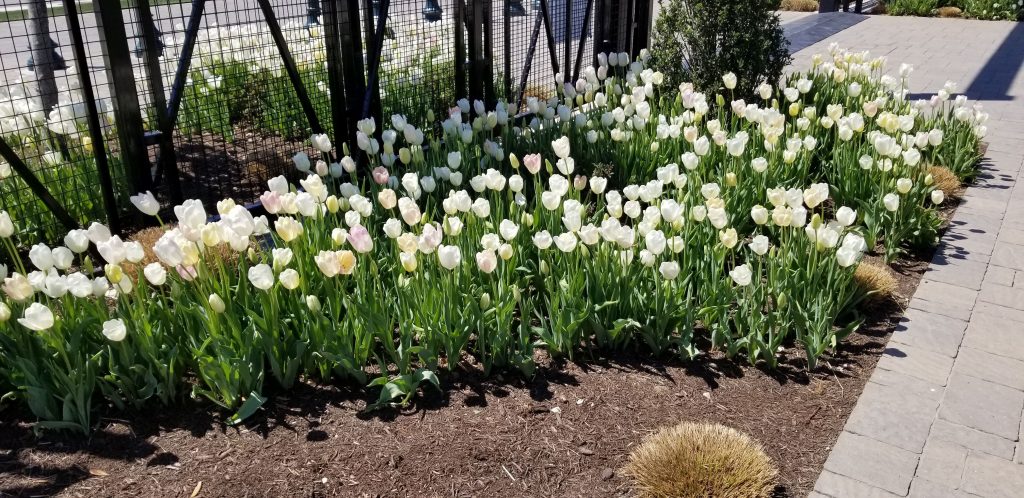

Magnolia Home is a showcase for fully-designed room scenes to help the shopper visualize possibilities for their own home.
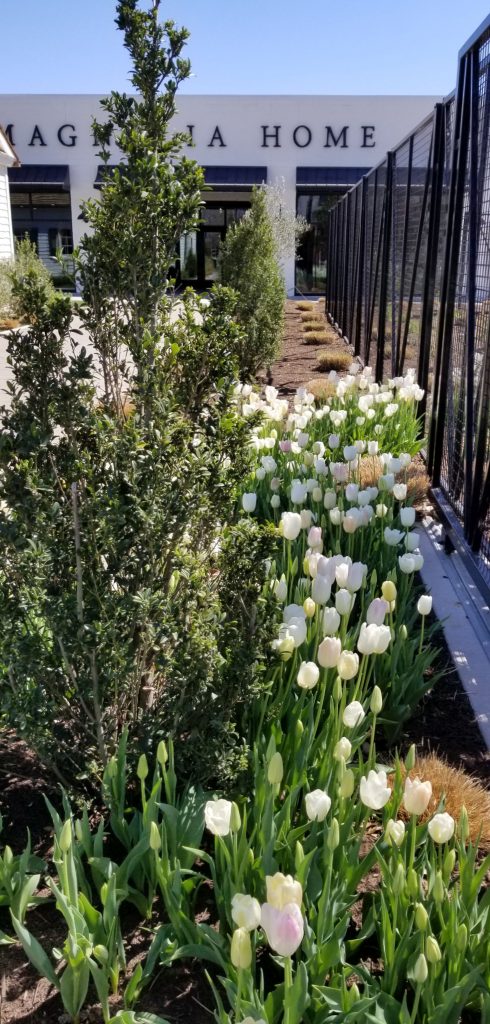

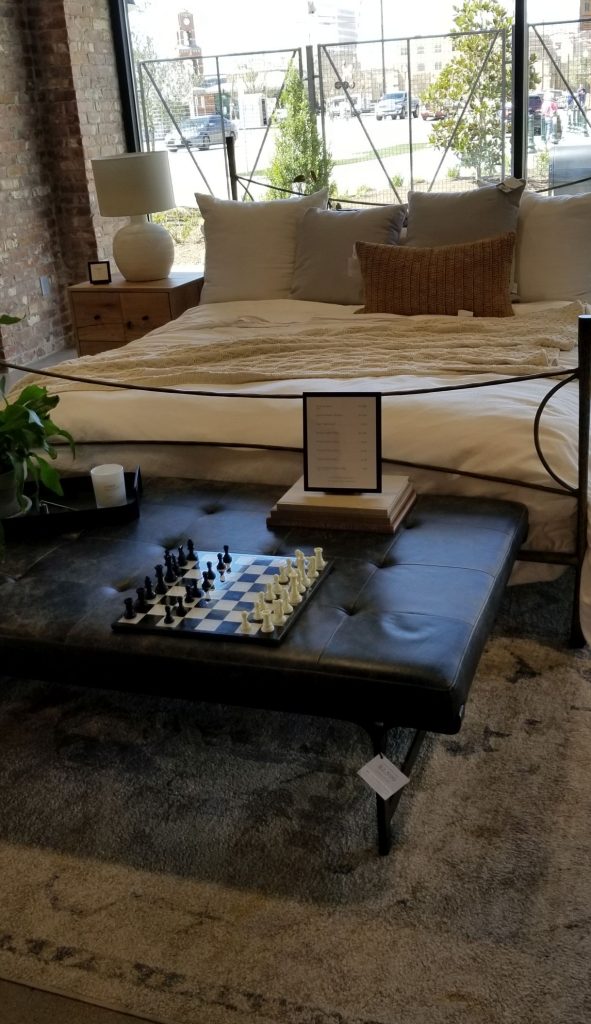
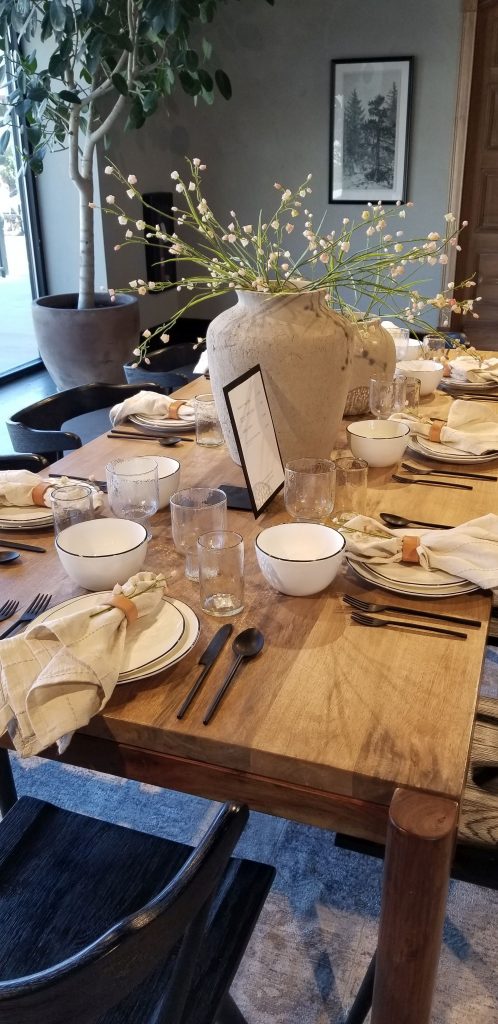
Another building nearby housed Magnolia Press, a coffee shop. We just walked inside to take a look.
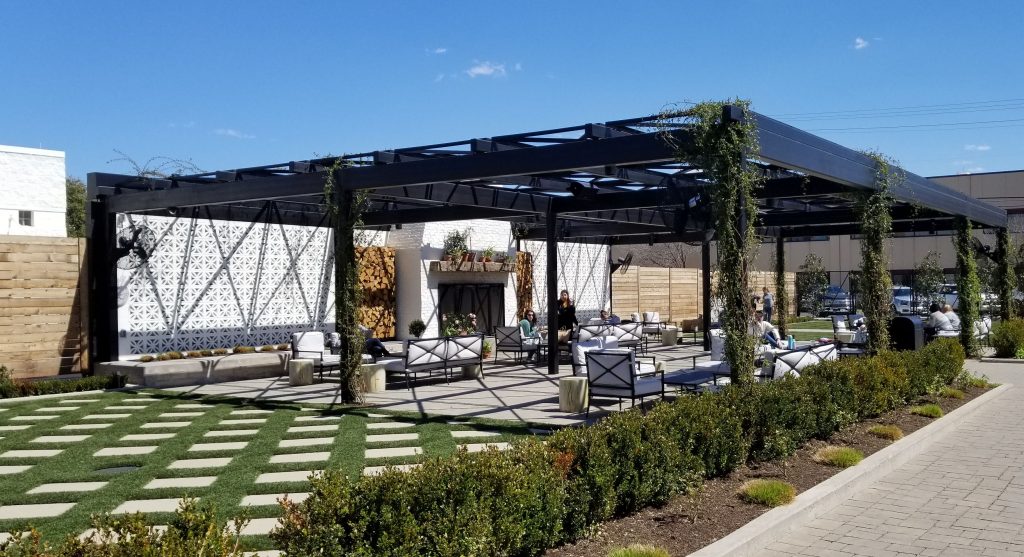
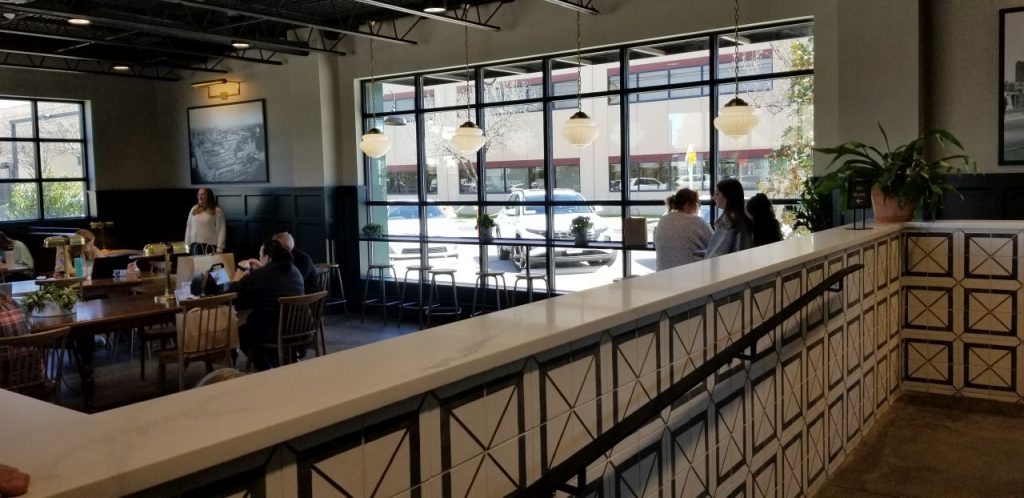
In another part of the complex there are six little cottage shops. Each of the shops has a specific style and theme such as bath and body, men’s items, leather bags and jewelry, women’s clothing, and books and paper. A new shop that will house children’s items was not open yet.

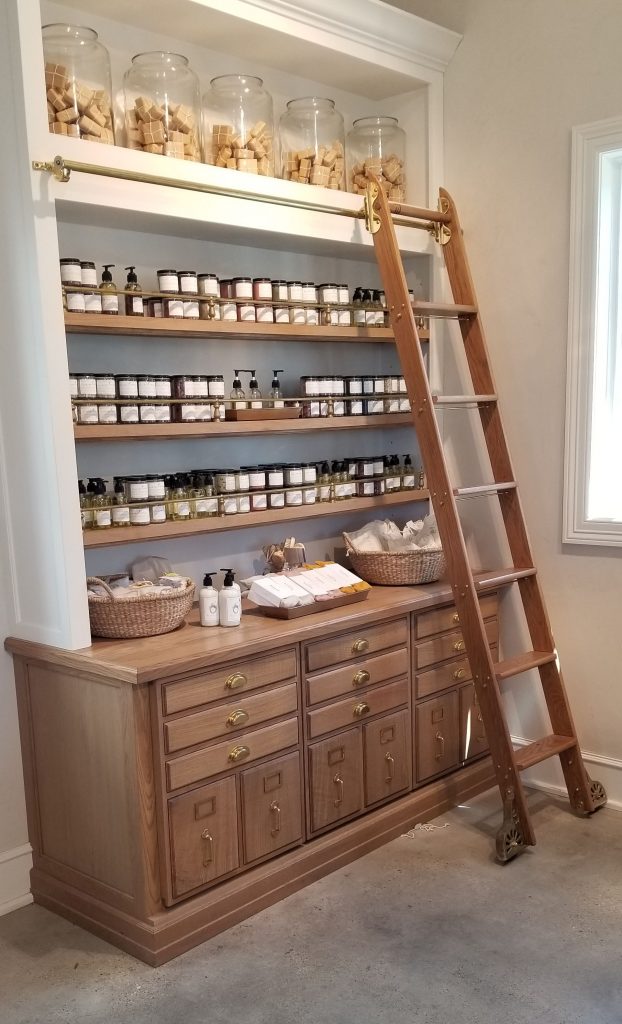
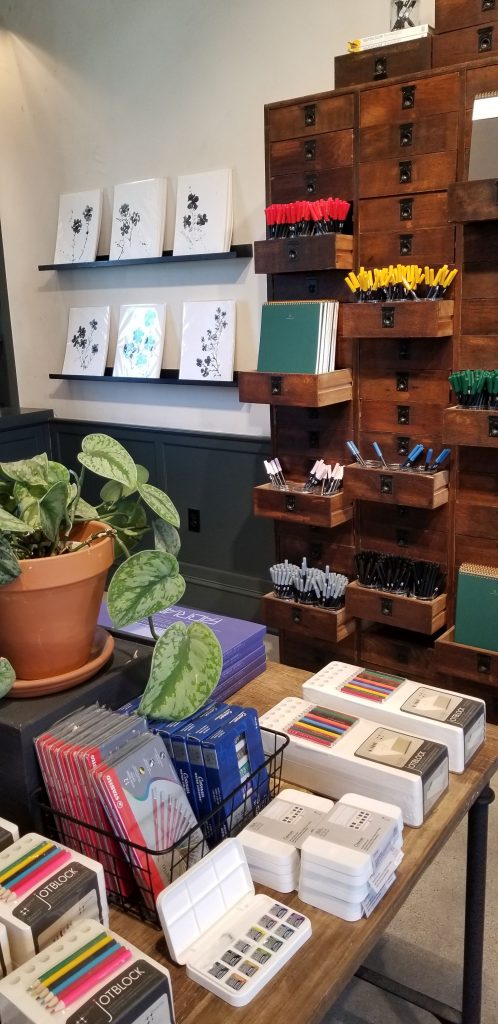

I really wanted to see the old 1894 church that was moved to the Silos site and renovated. It was beautiful on the inside and outside. There was something missing though. See if you notice.
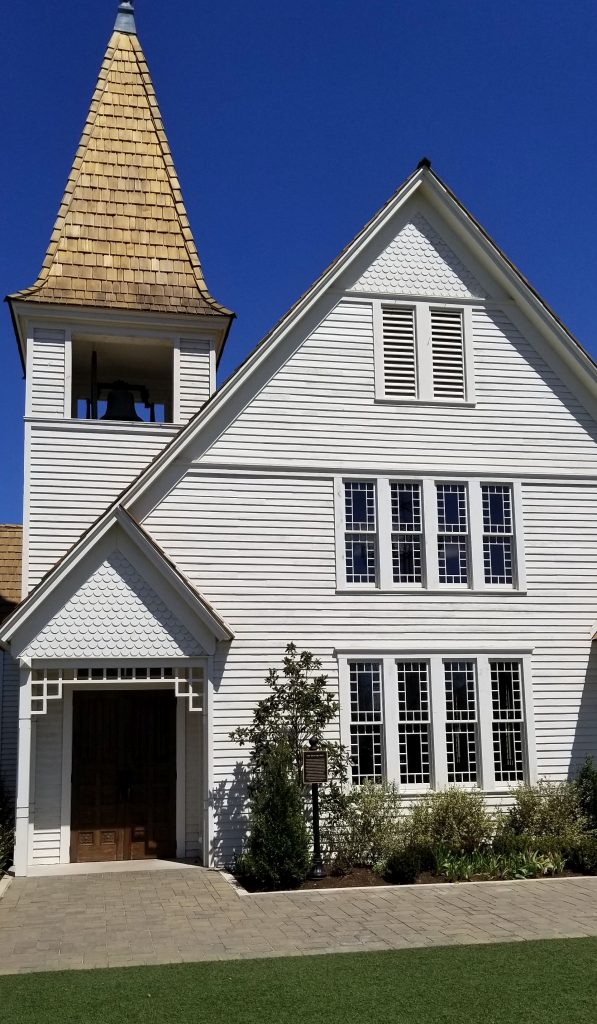

I love the scallops and other detail of the church entrance.
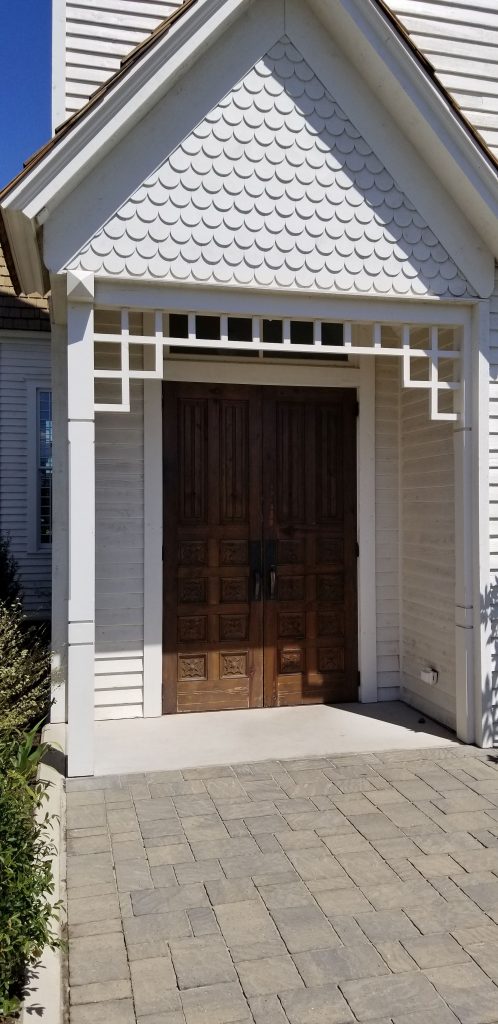
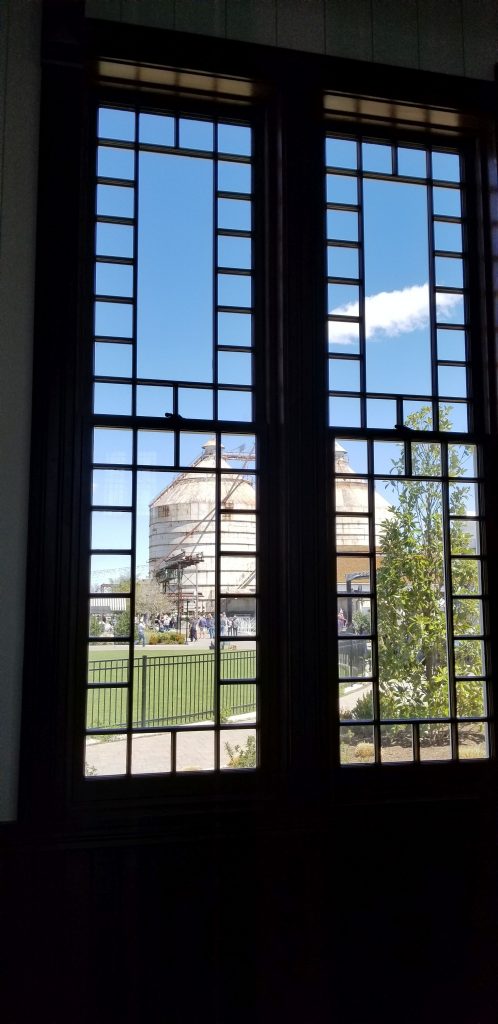

Below is Chip and Joanna Gaines’ statement of belief for their business. It seems really nice. But there seems to be something missing. See if you notice what it might be.

Ray was the one who pointed out to me that their statement of belief never mentions God. There is no mention of why the old church is important other than as a renovation project saving an historic building. There is no cross on top of nor inside of the church. There is no pulpit. It’s just a pretty building.
I know they have received attacks from leftists. It’s possible that they are just trying not to offend anyone. They clearly believe in family, friendship and home, but what is glaringly missing is any mention of Christian values or God. I know I may be bursting someone’s bubble by mentioning this. I could be wrong, but after researching their religious beliefs, I came away wondering. Just what do they believe?
I’m really glad we took the time to visit the Silos. It is a very unique and popular place. If you don’t mind fighting through the crowds of people or standing in line, it’s a fun place to see. Though the products are very pricey and I didn’t notice many people with shopping bags, I imagine most people were just there to look–like me. Smile. And I still admire Chip and Joanna’s sense of business and entrepreneurship–it’s amazing!

